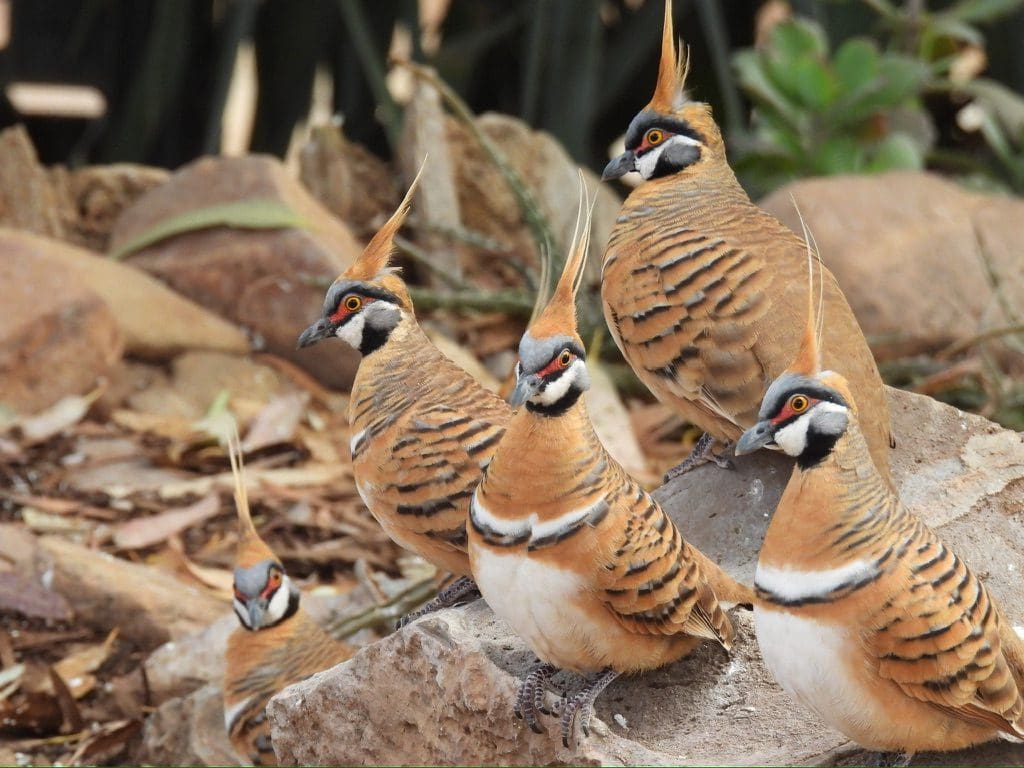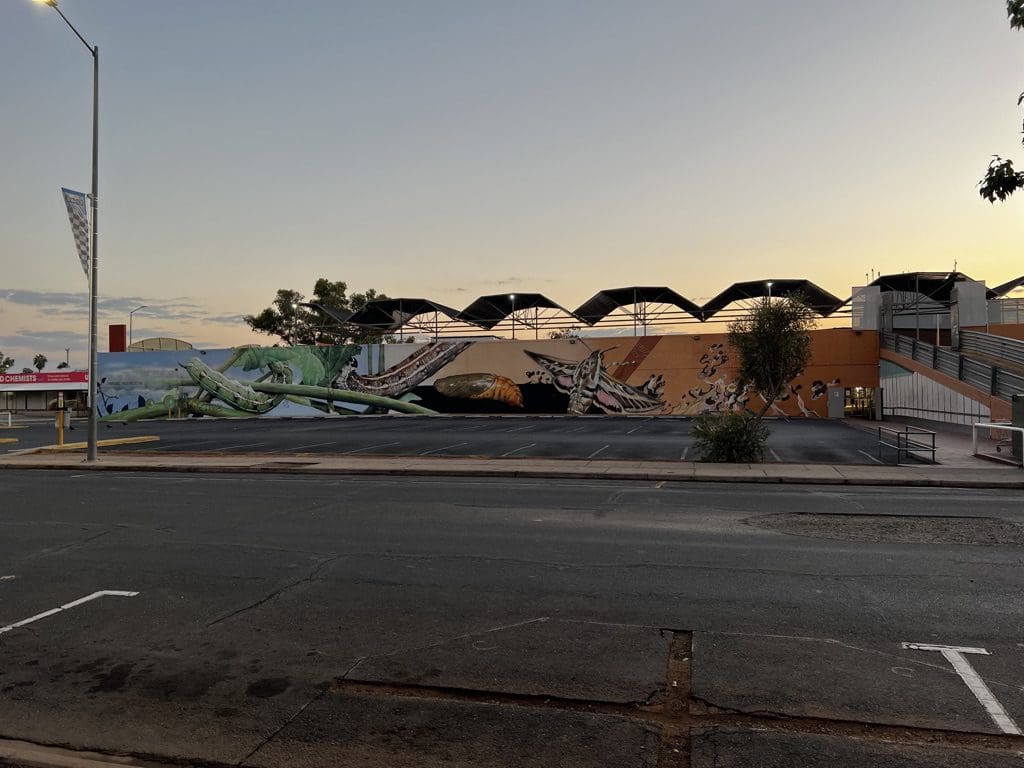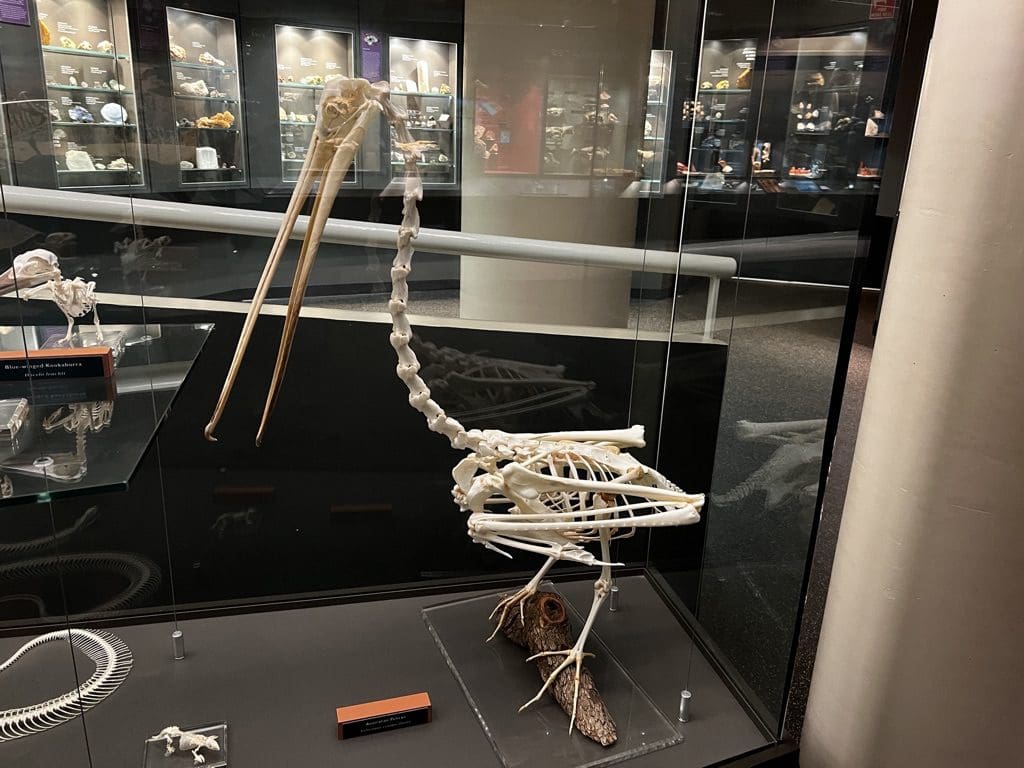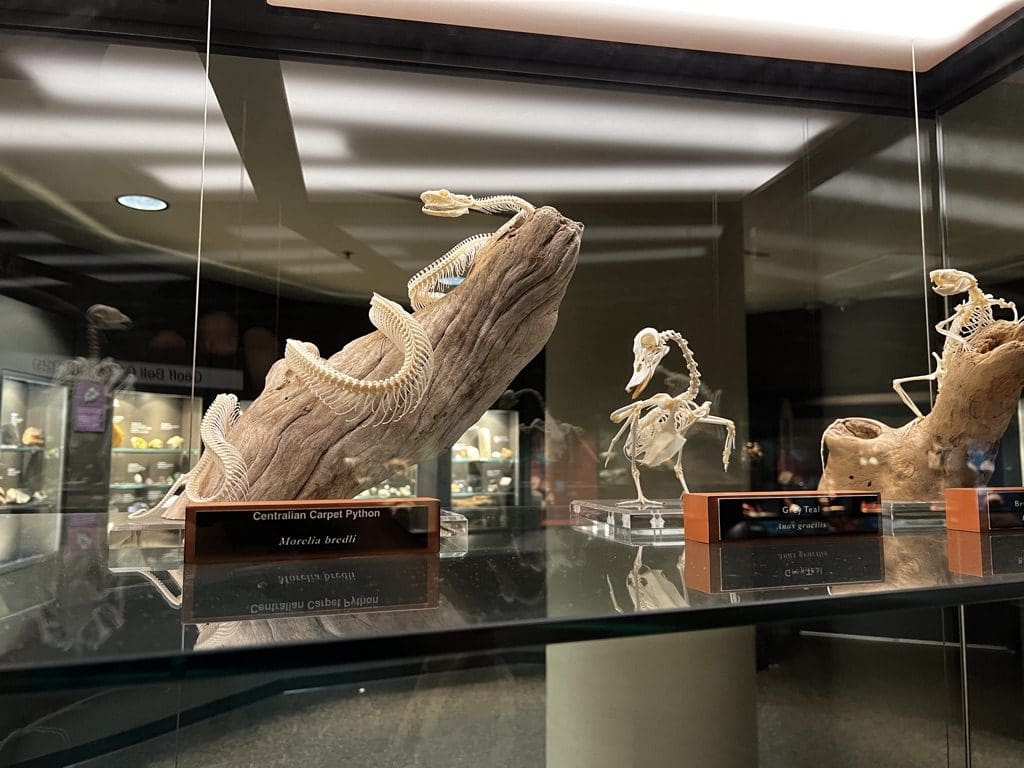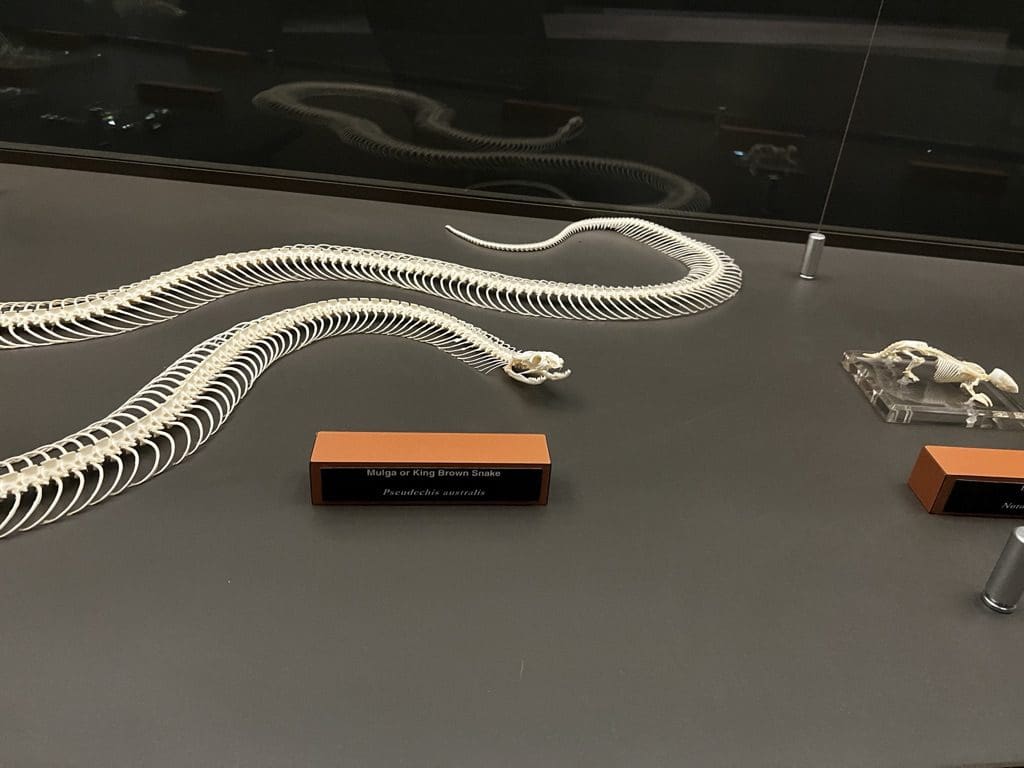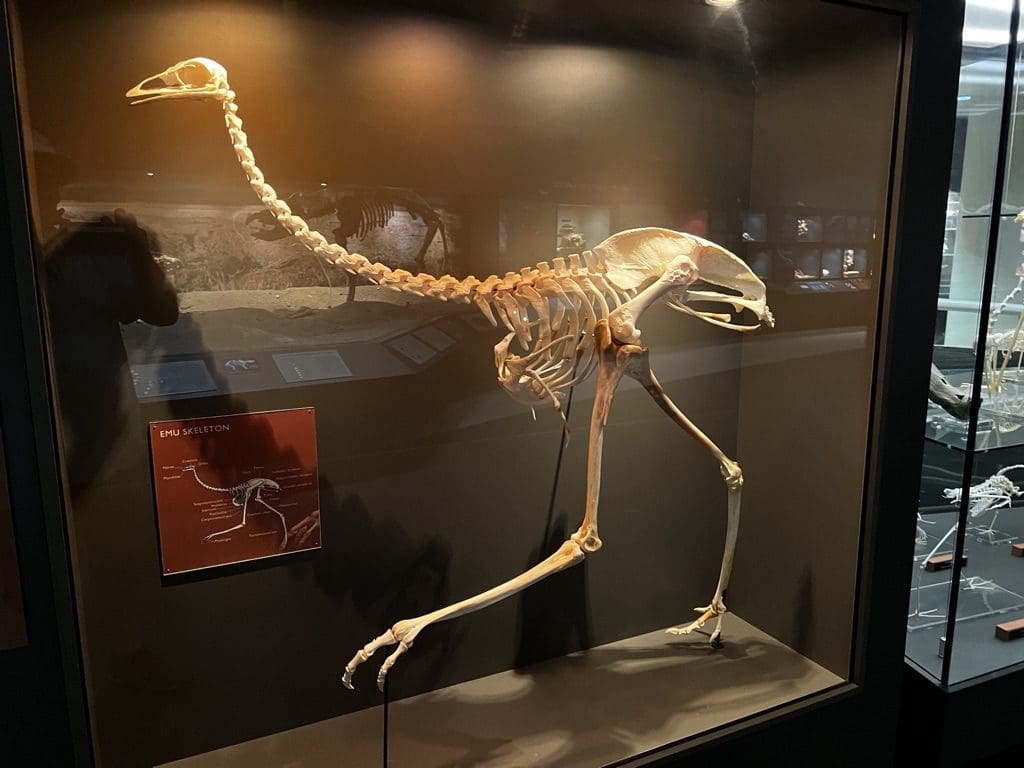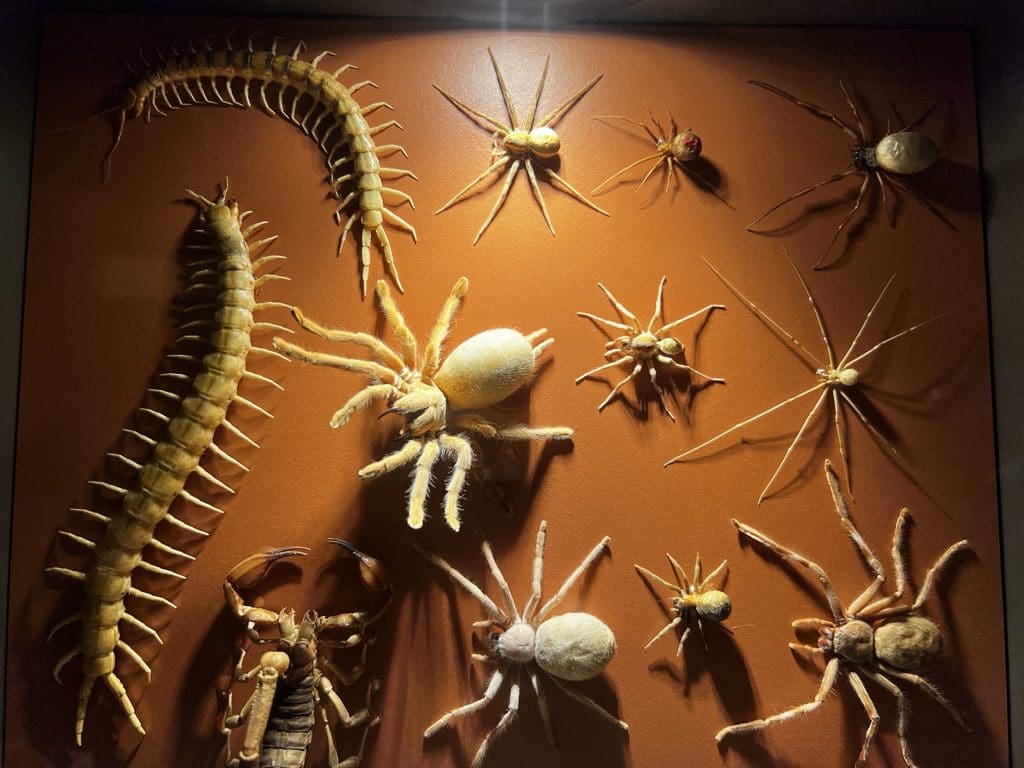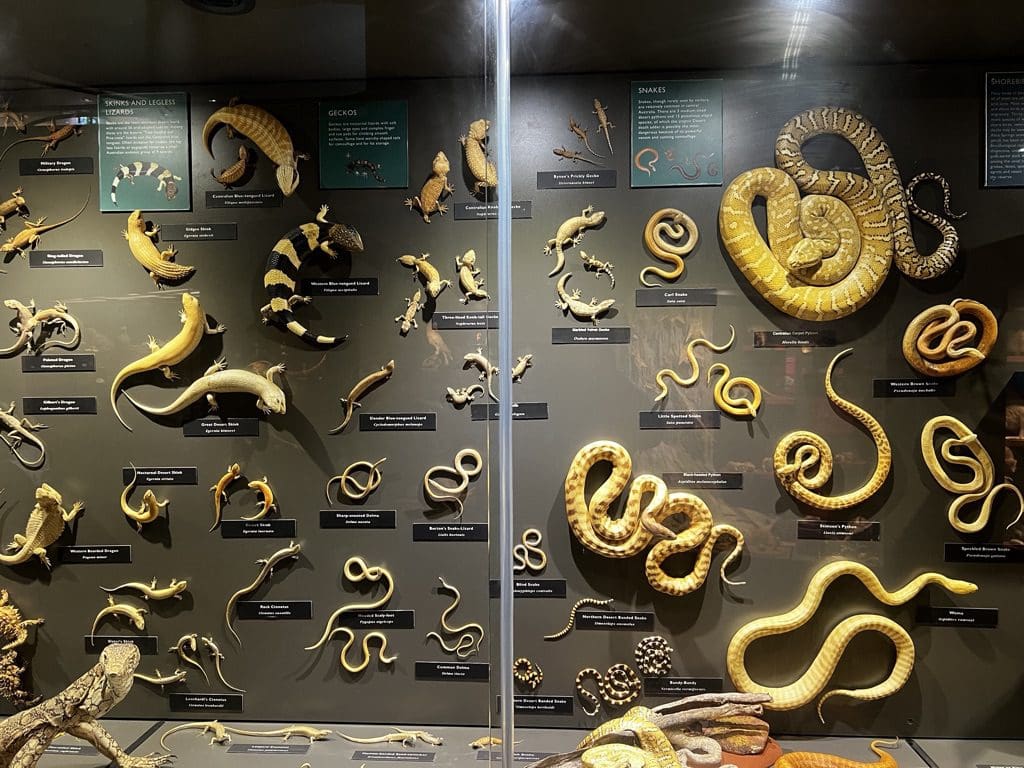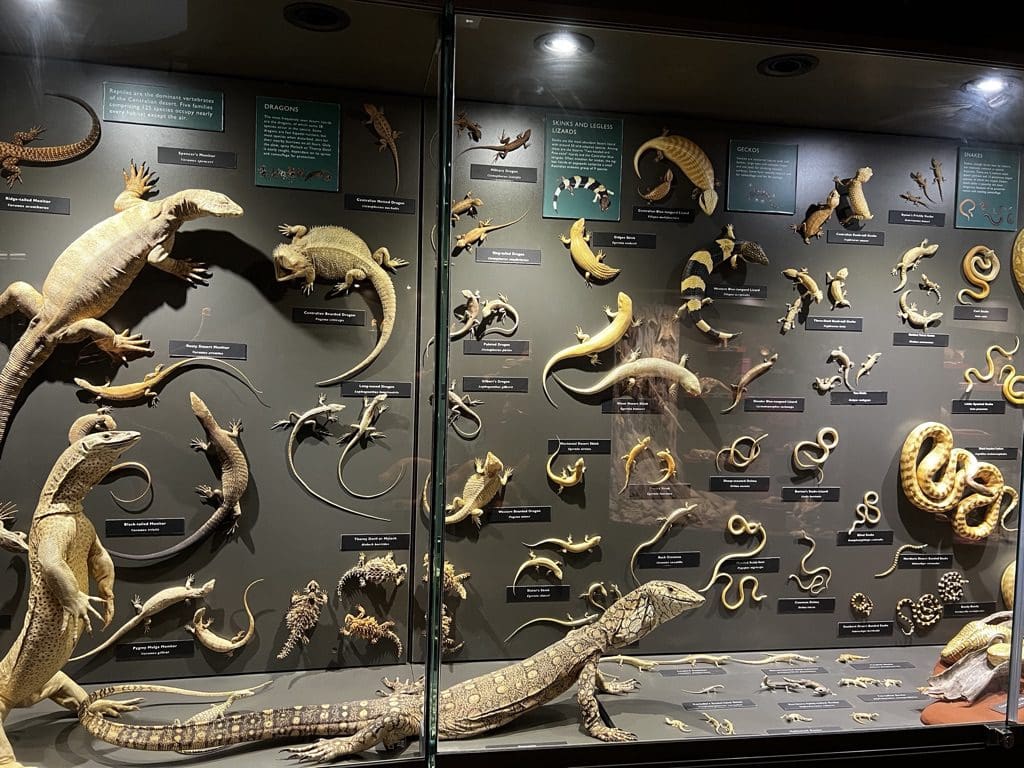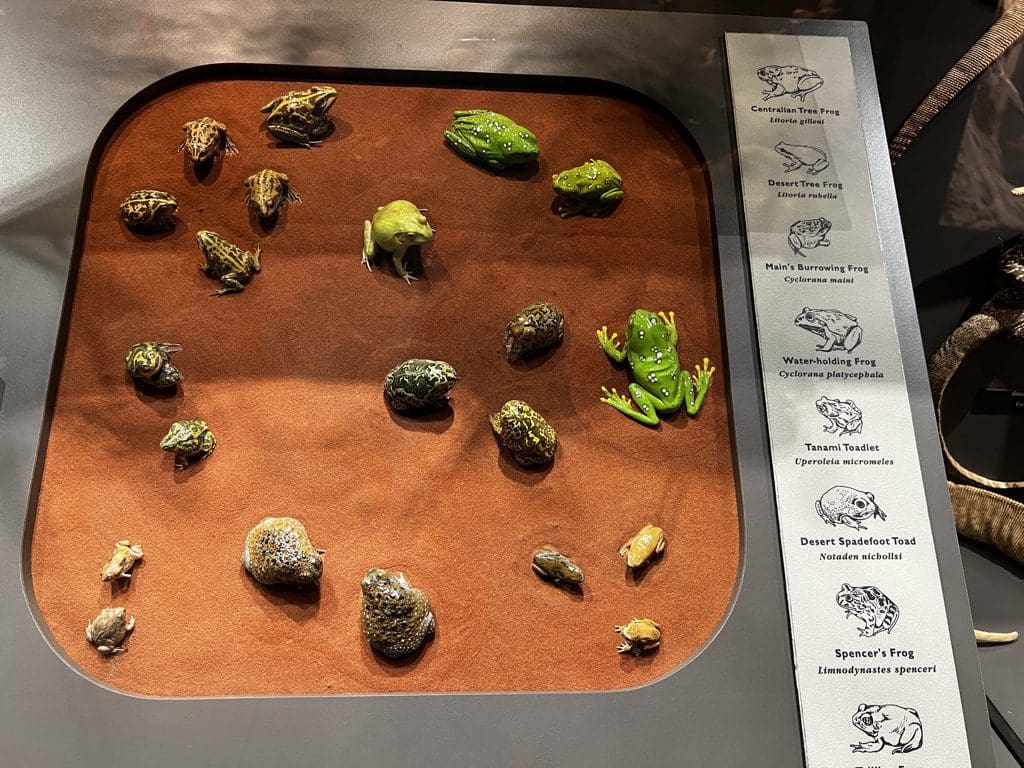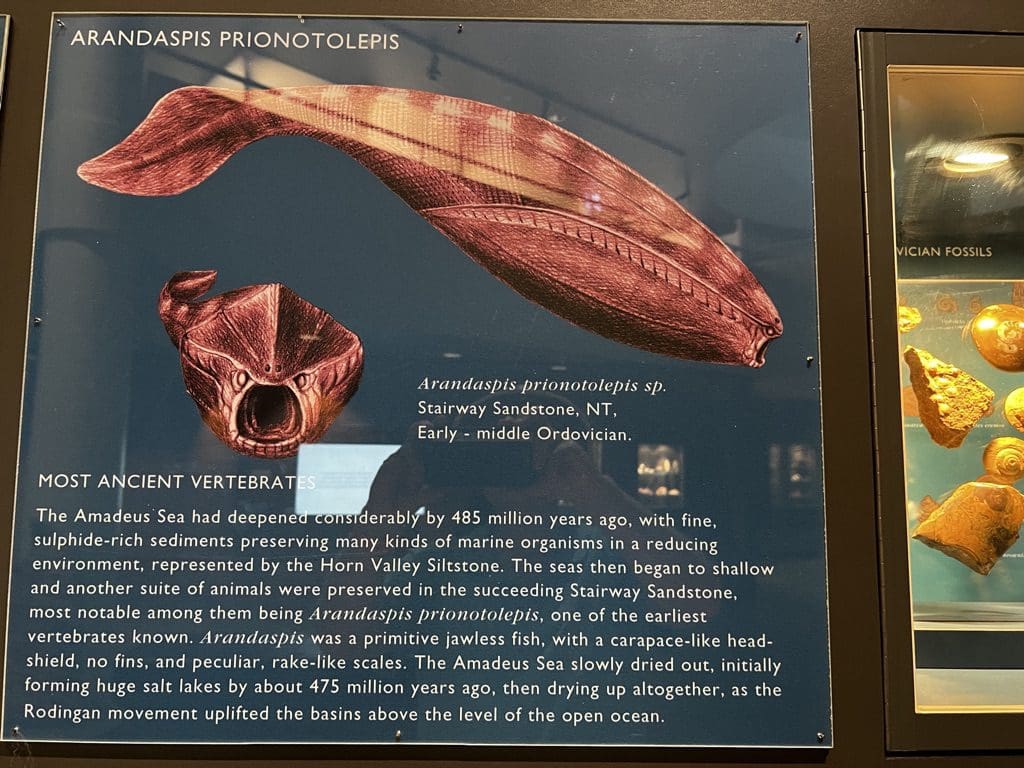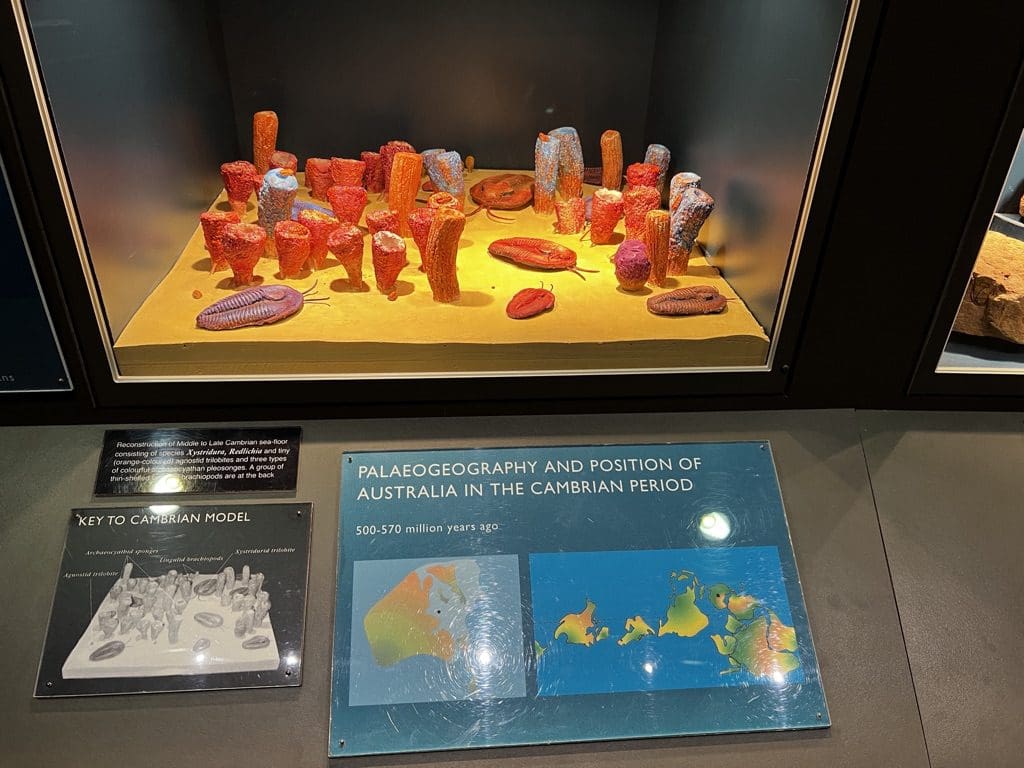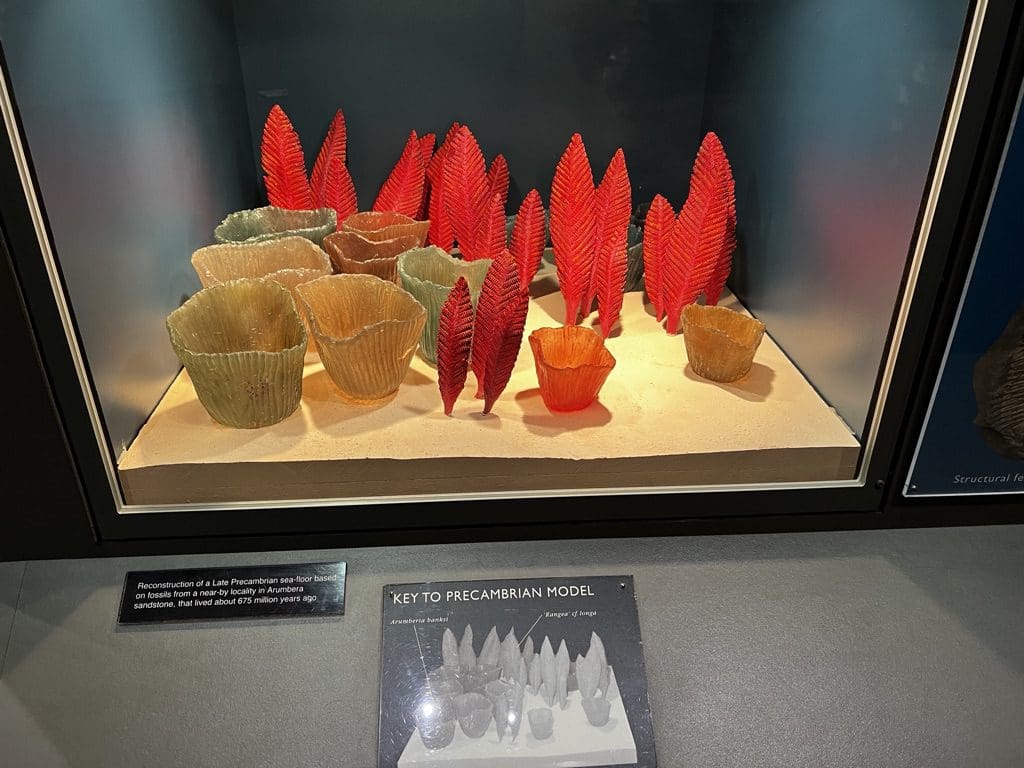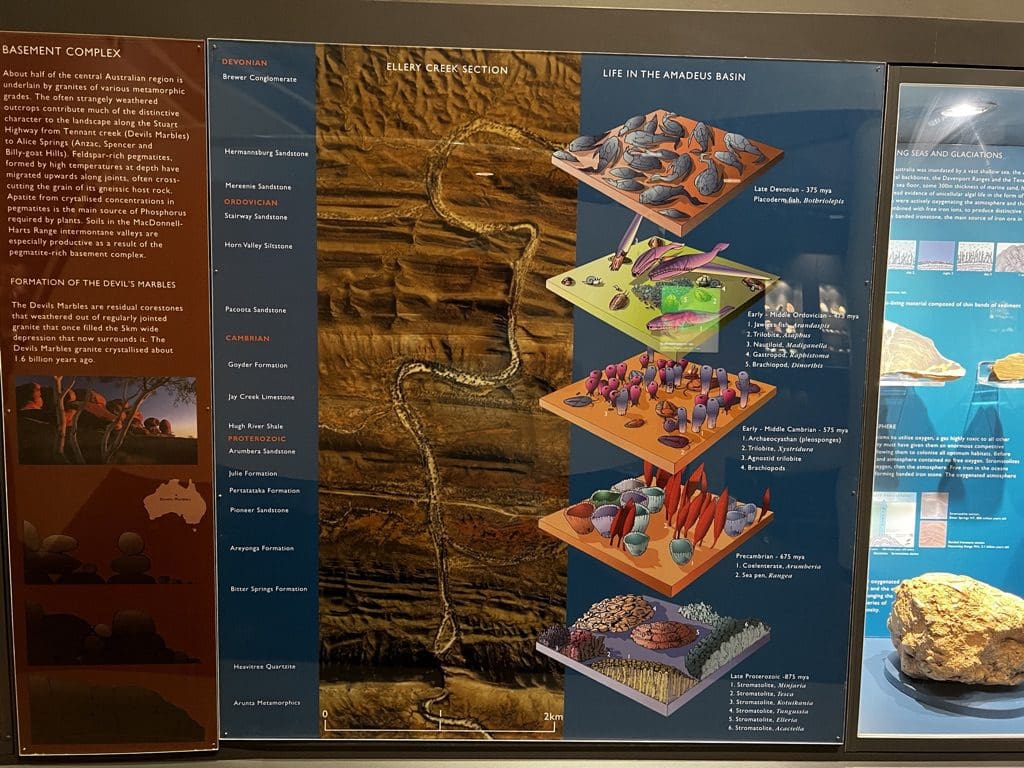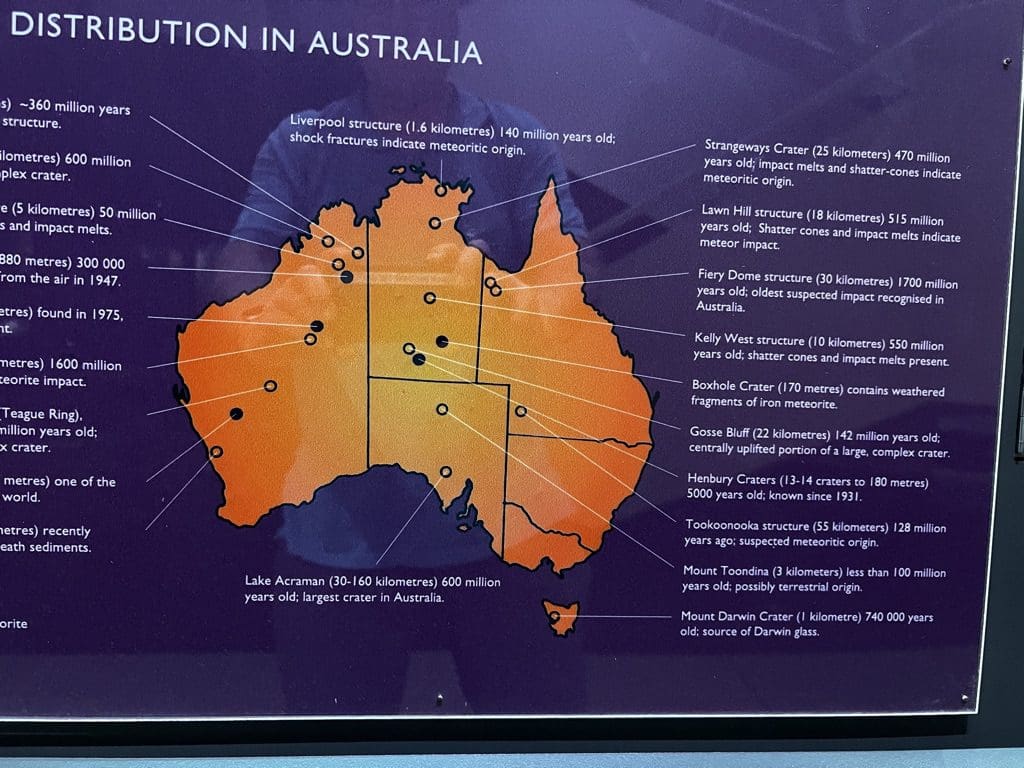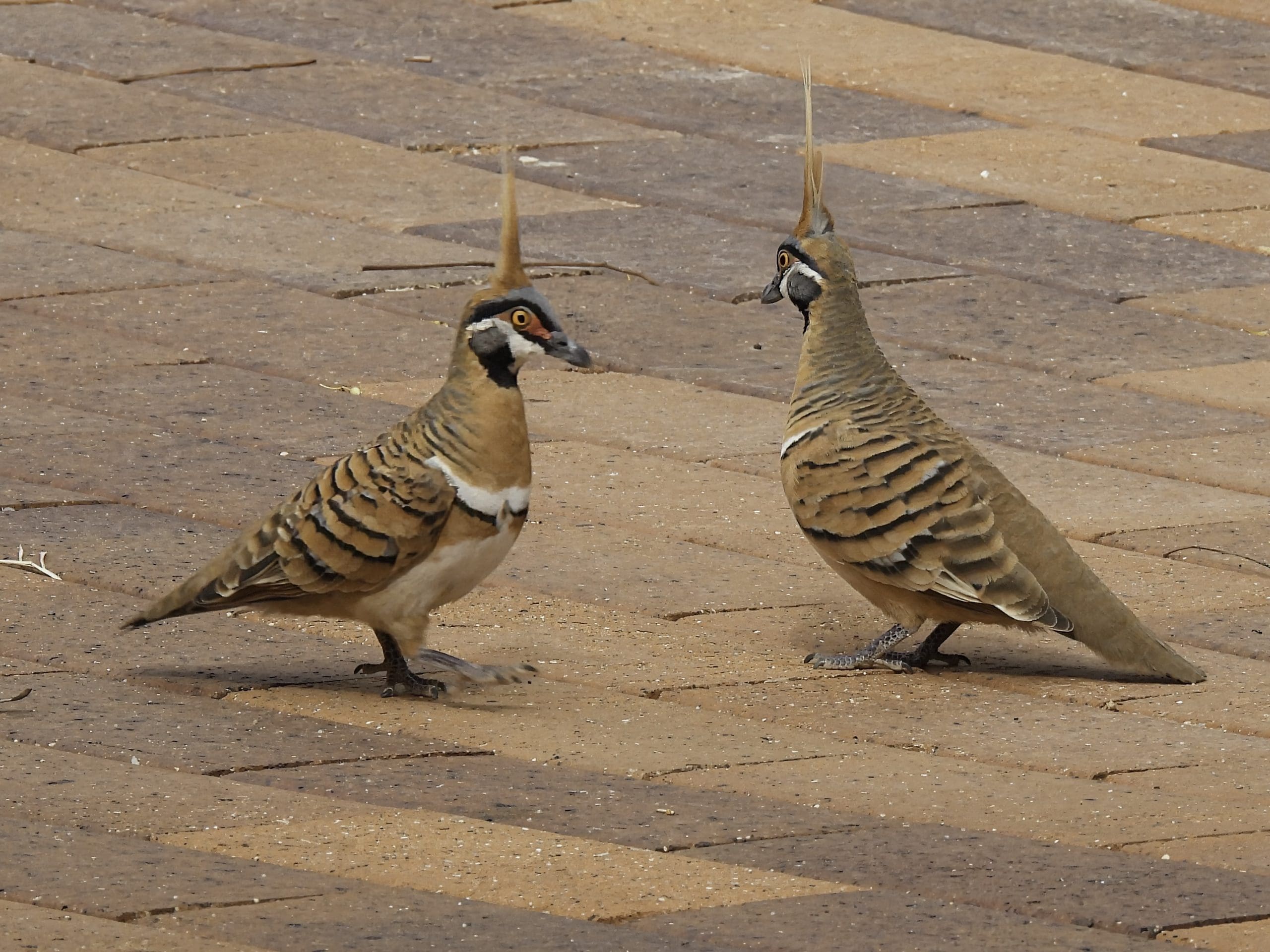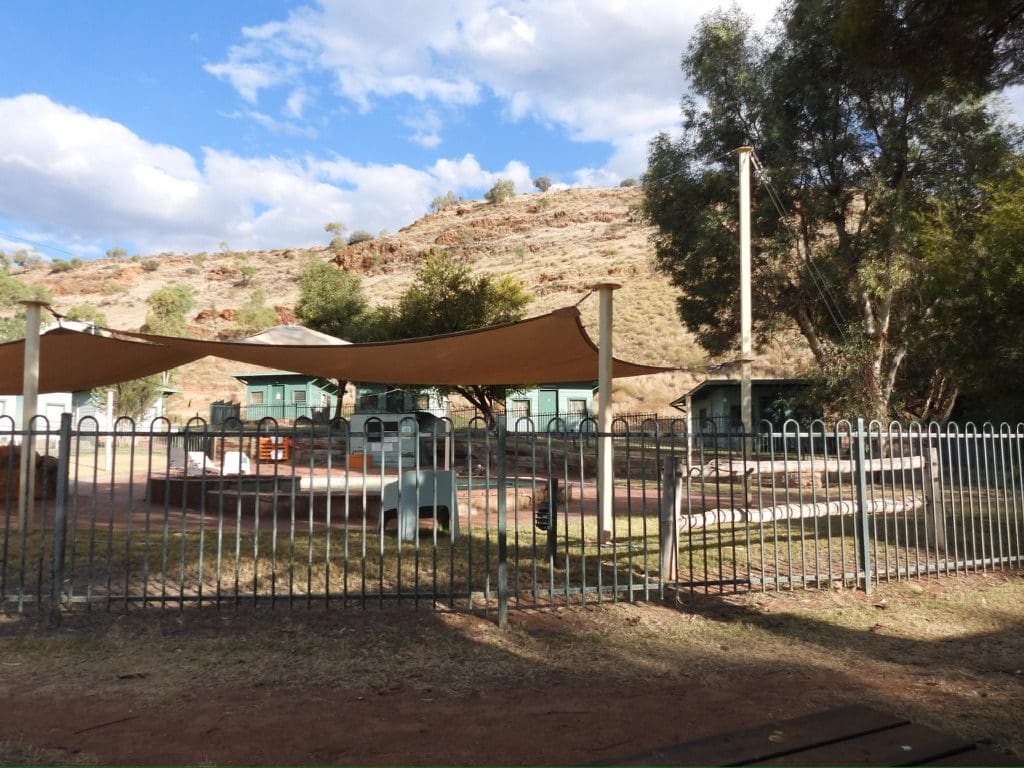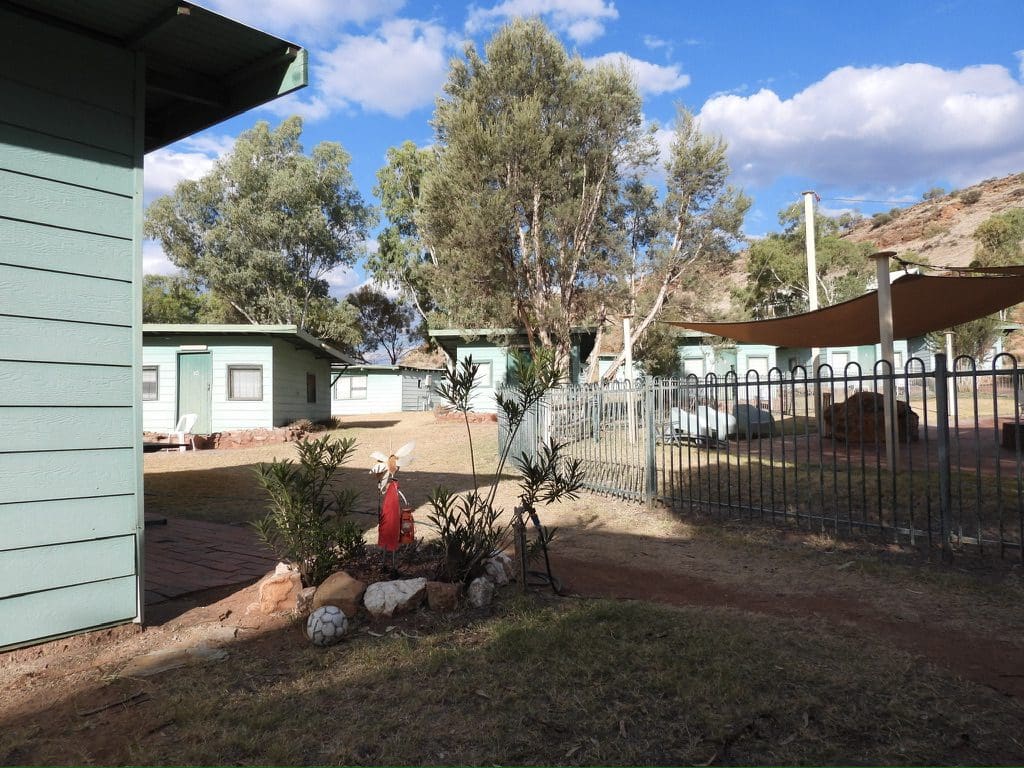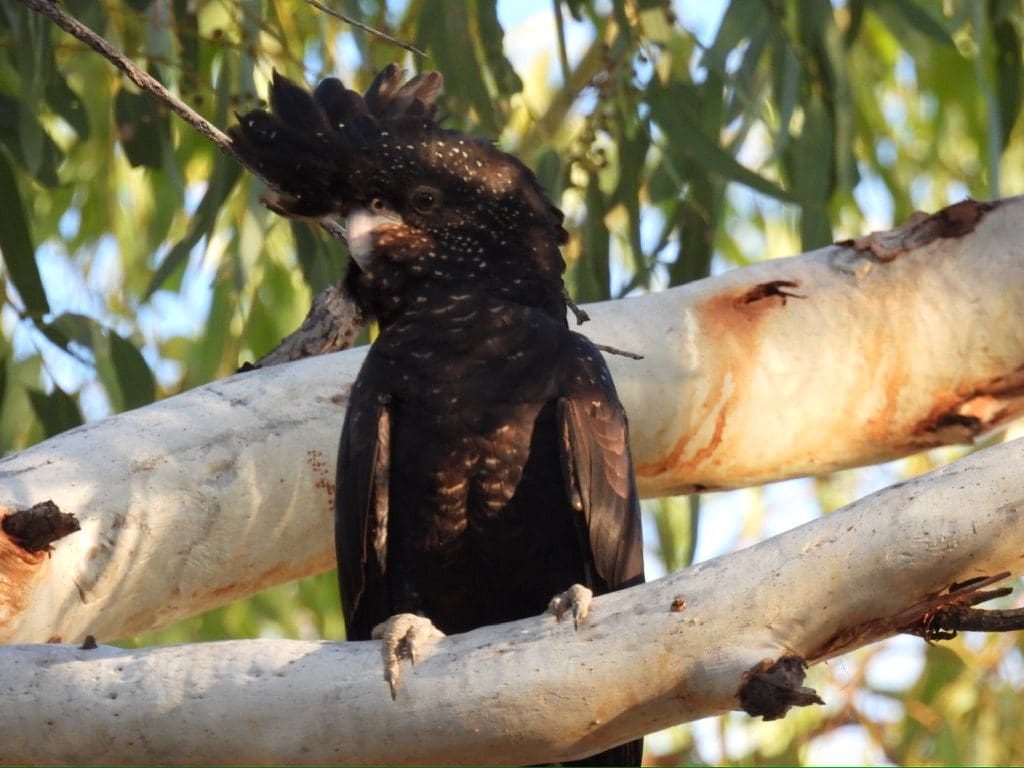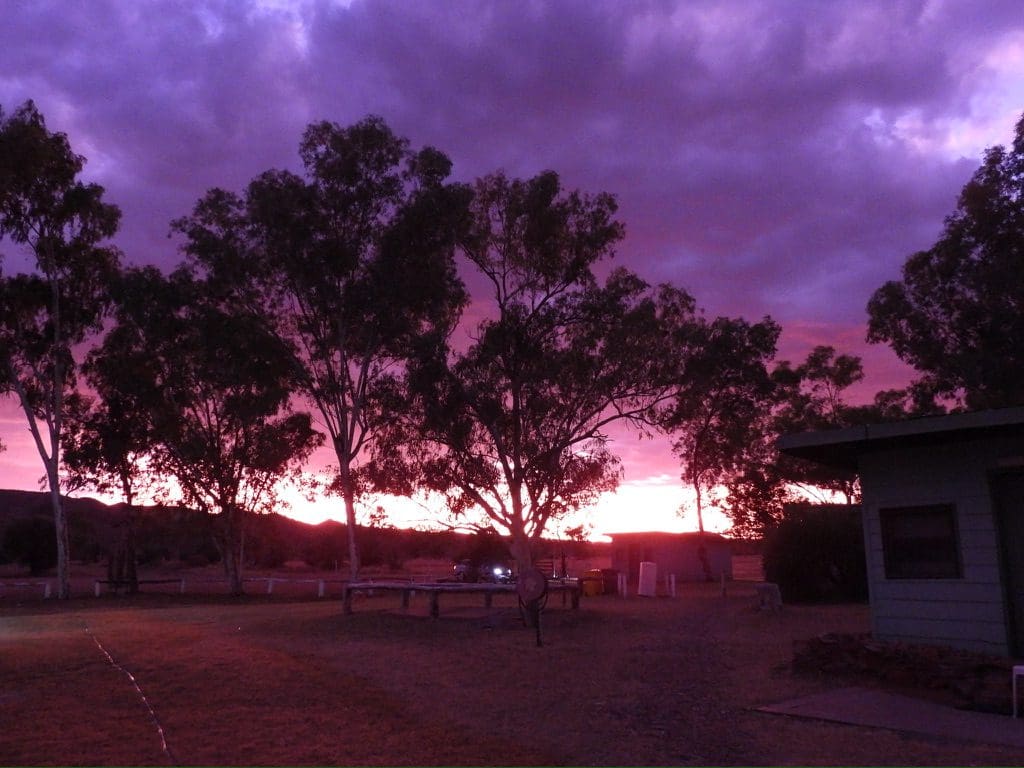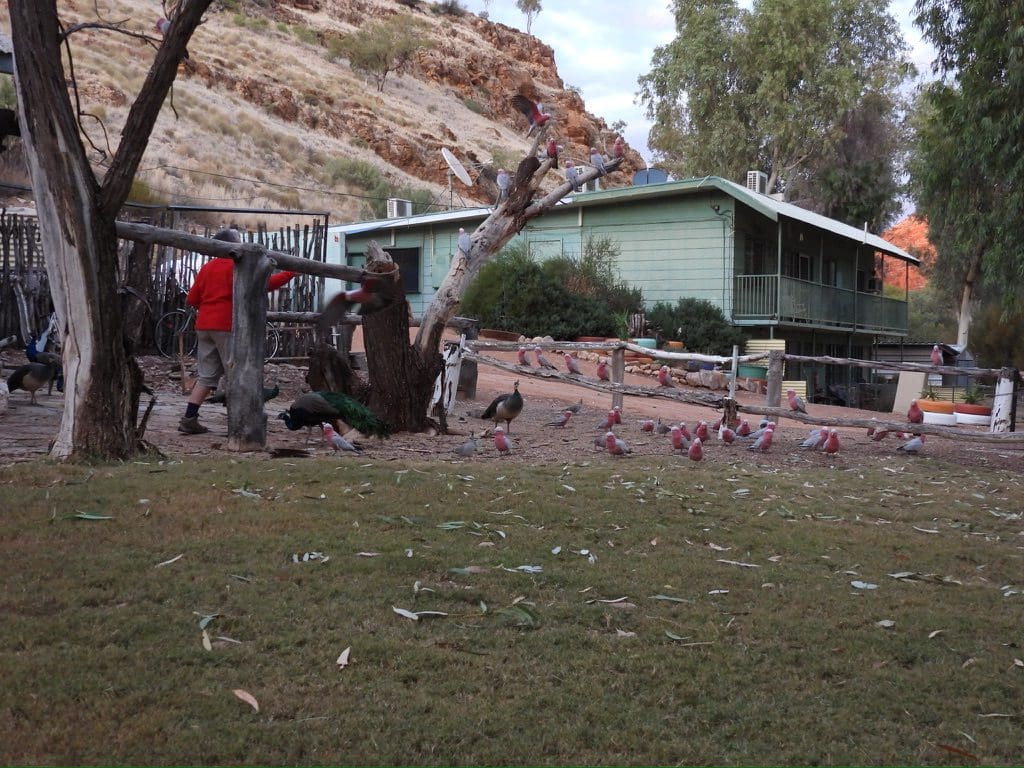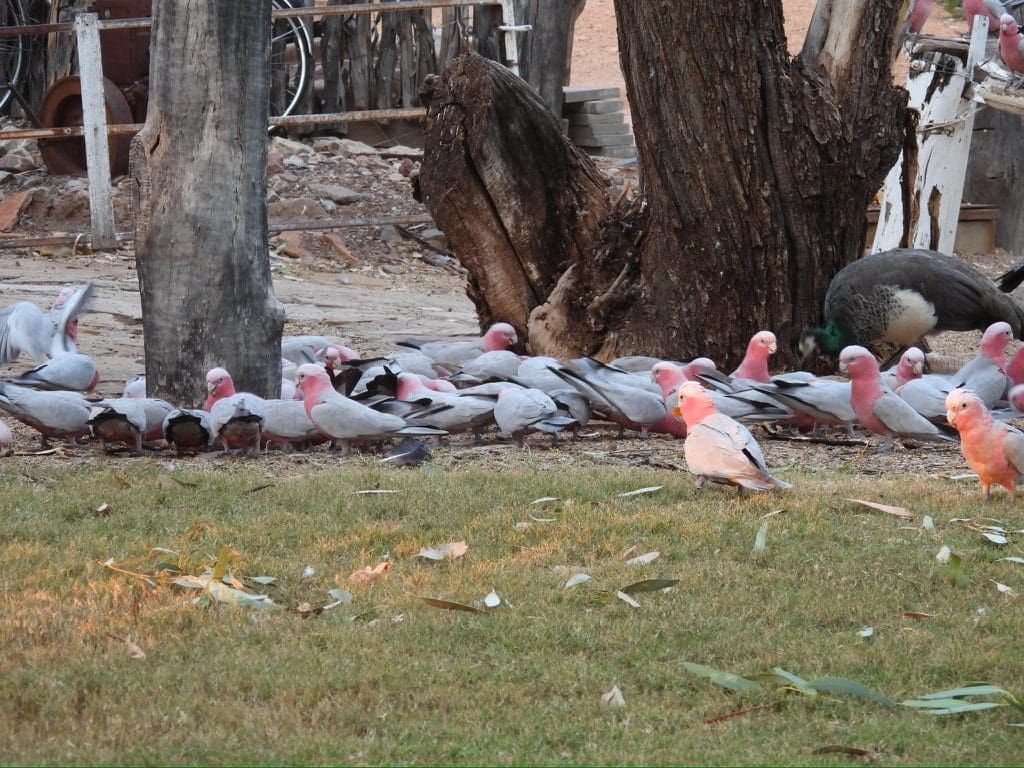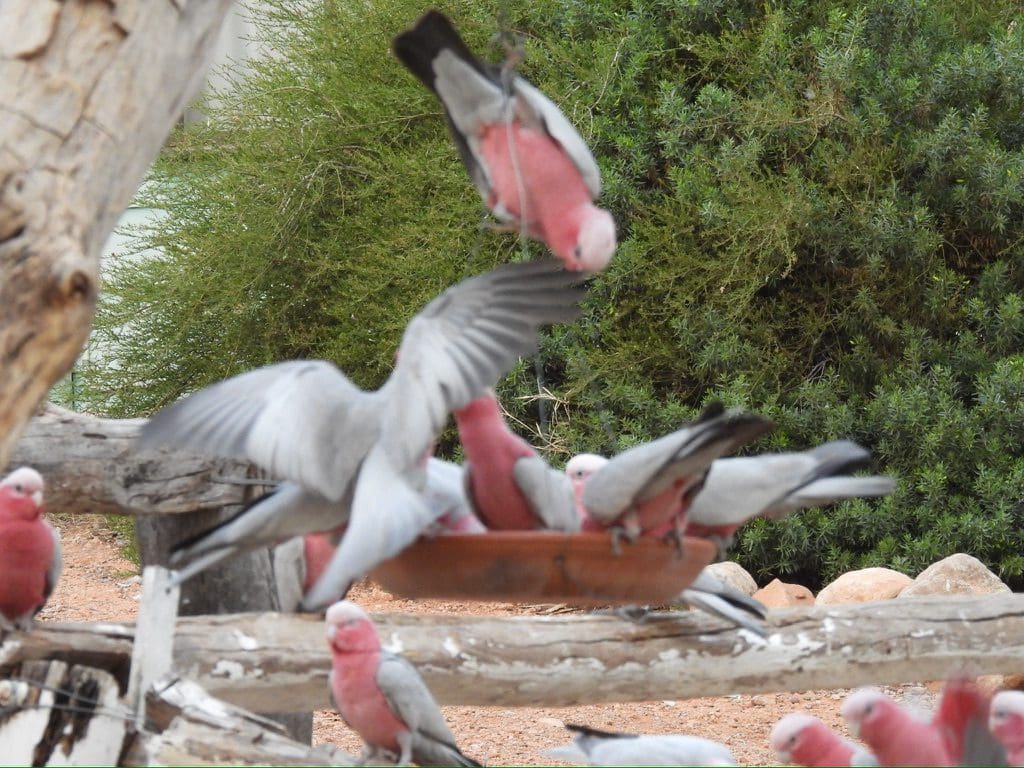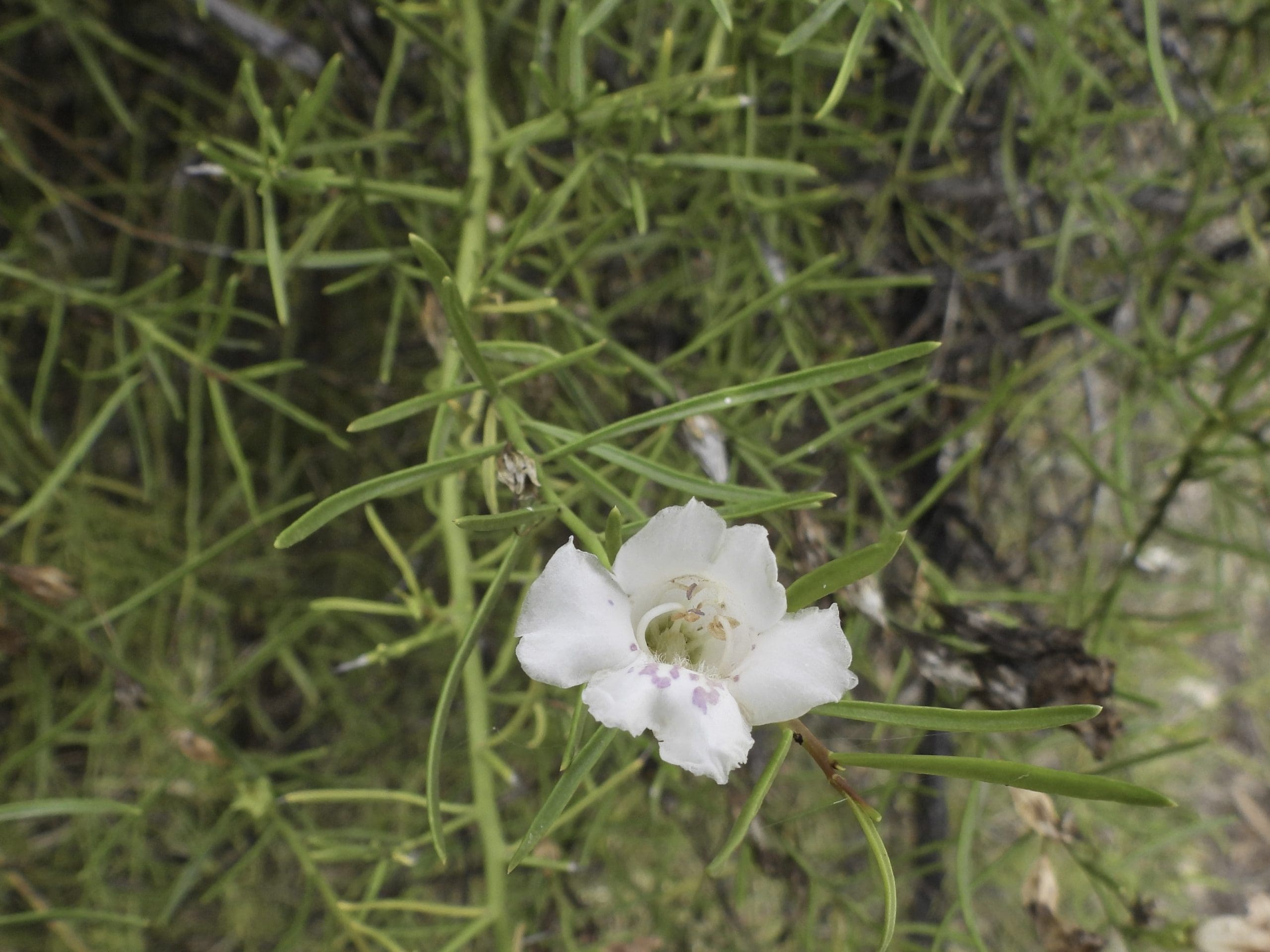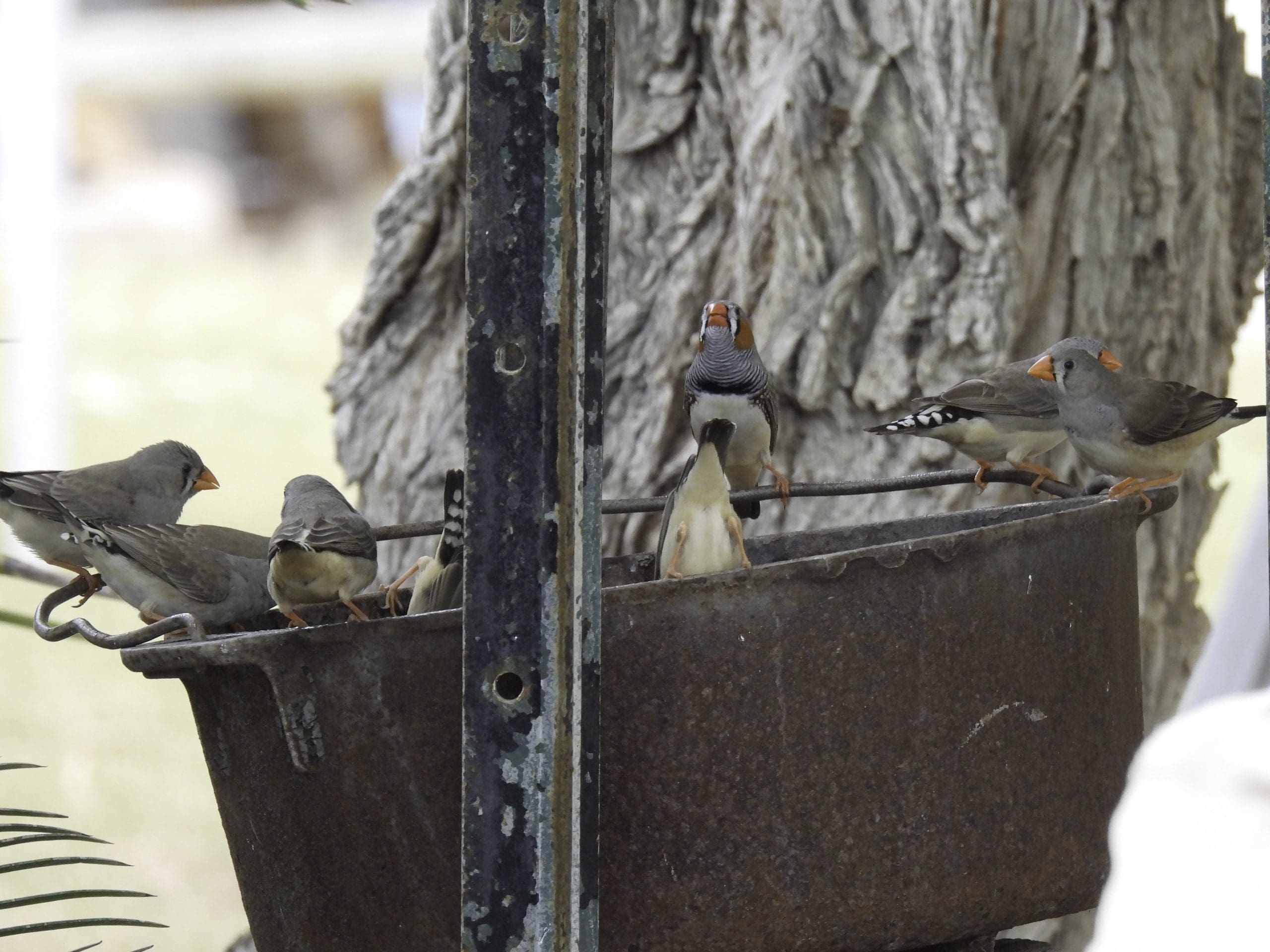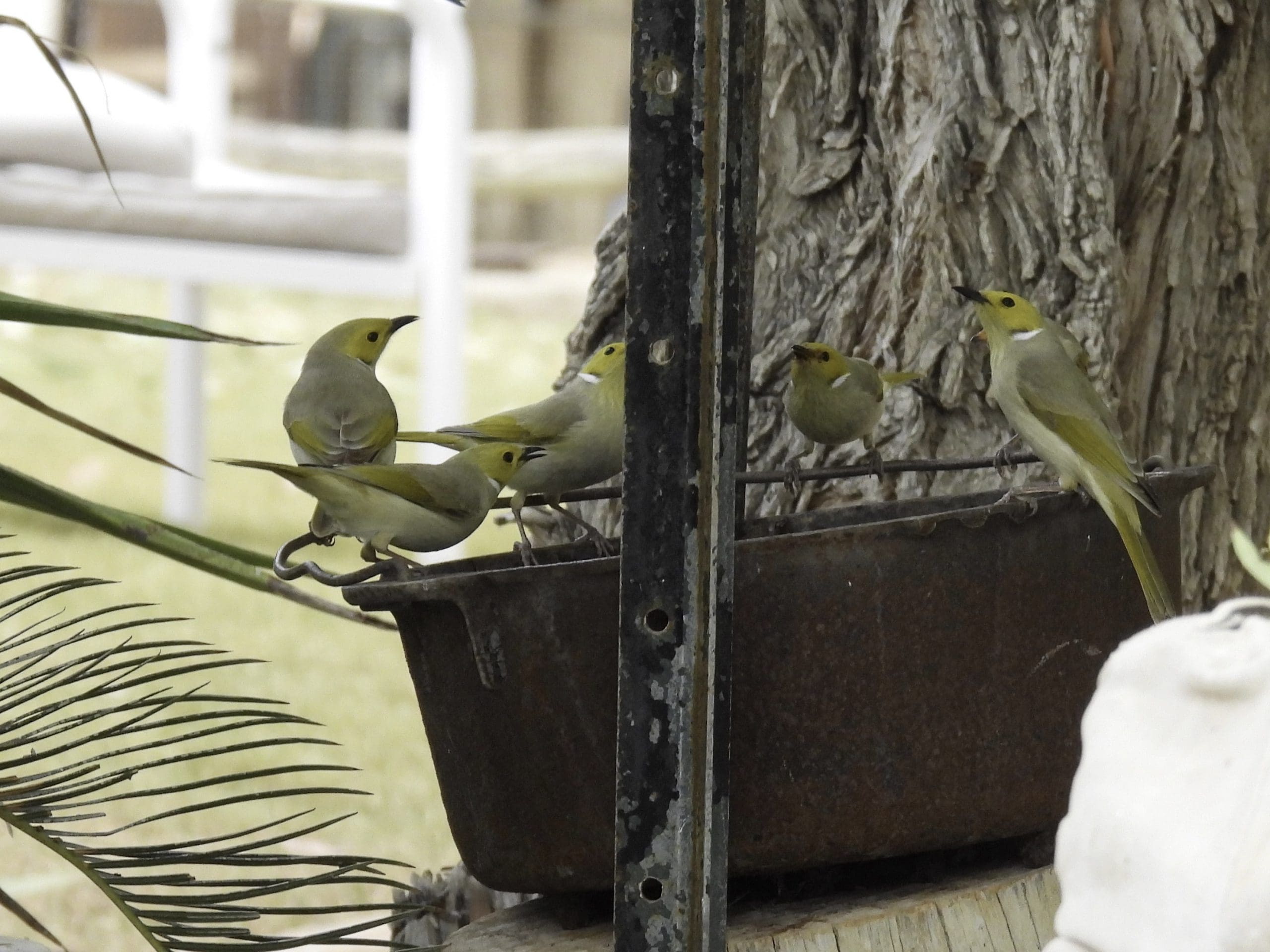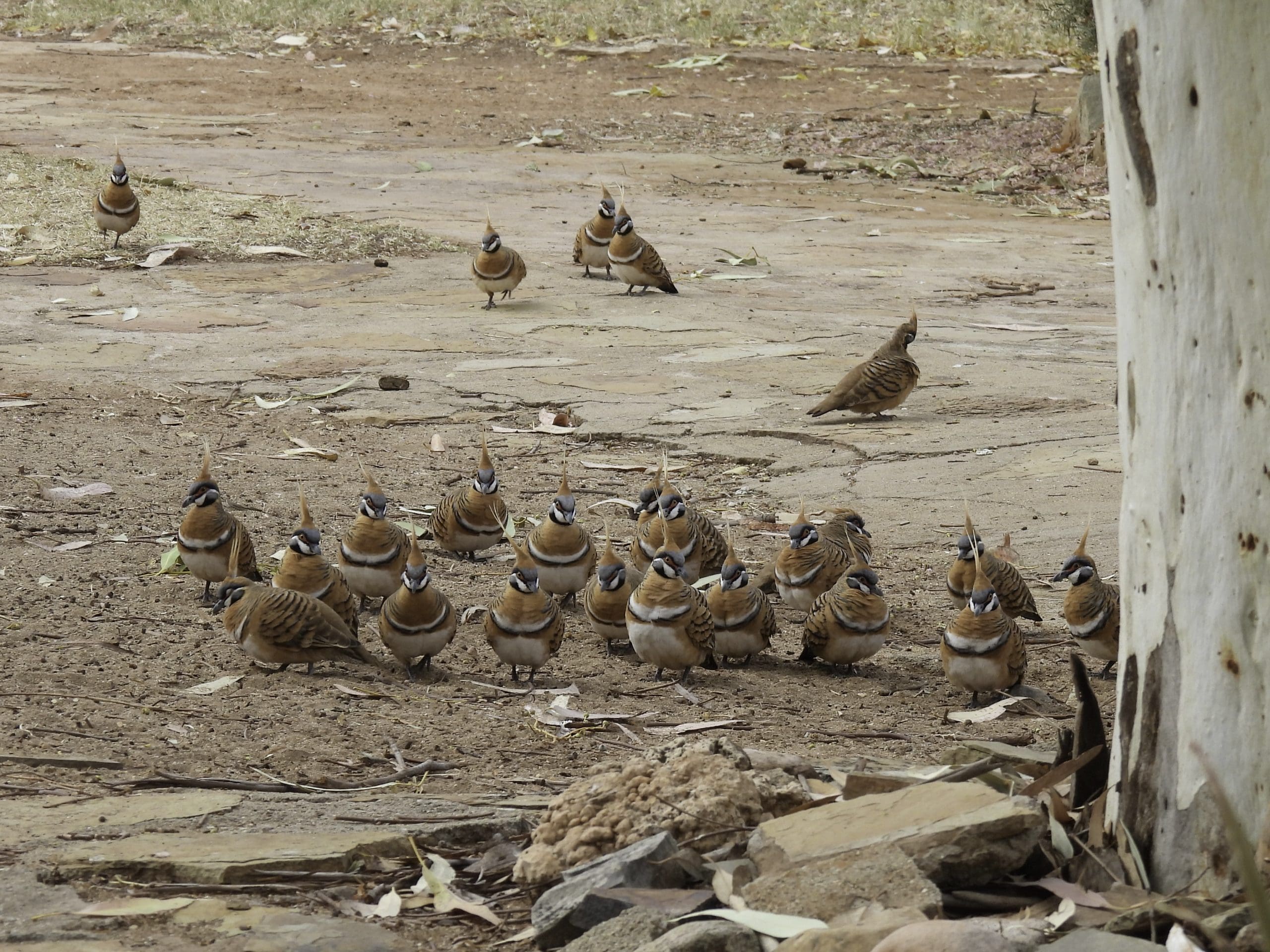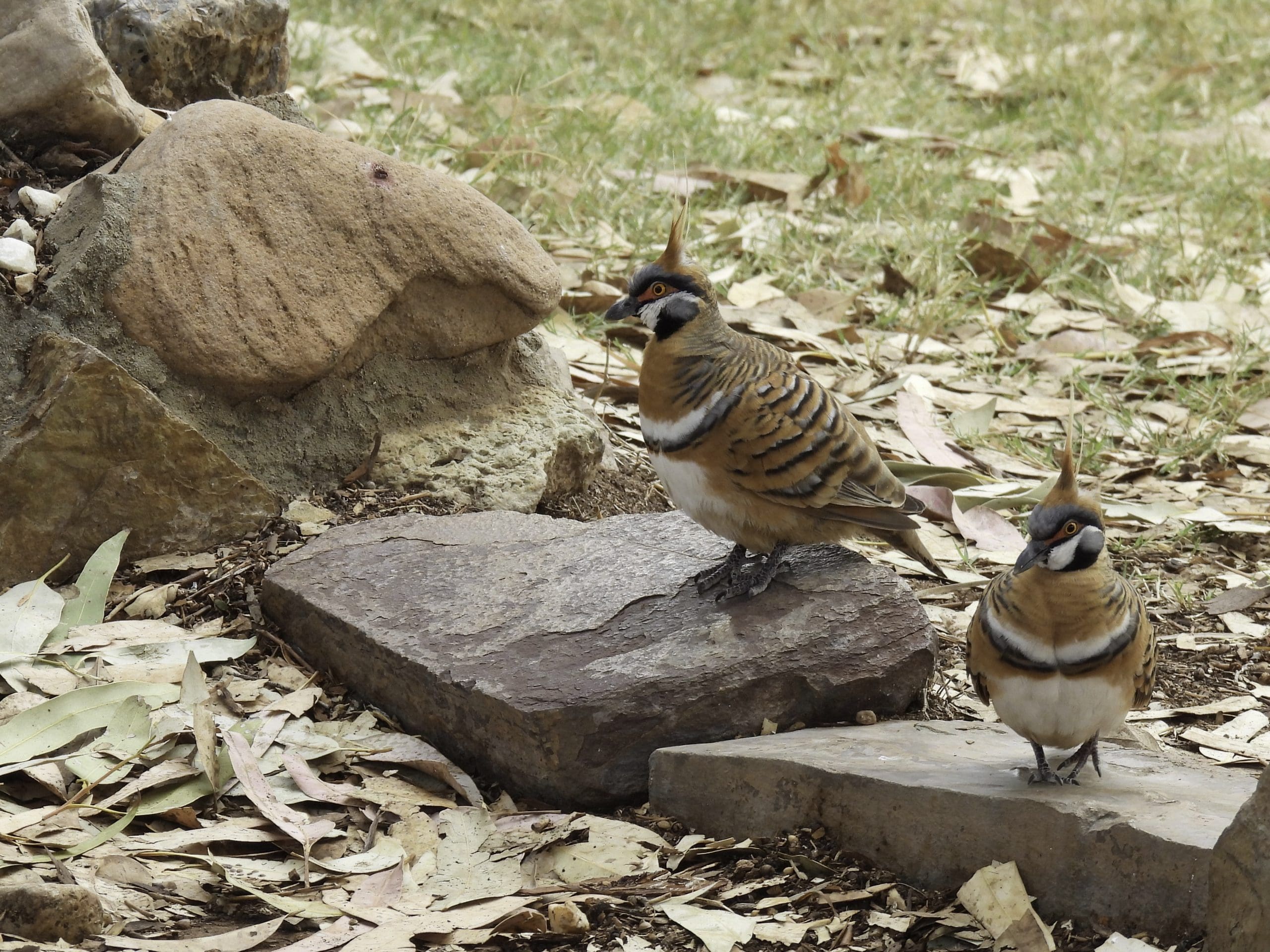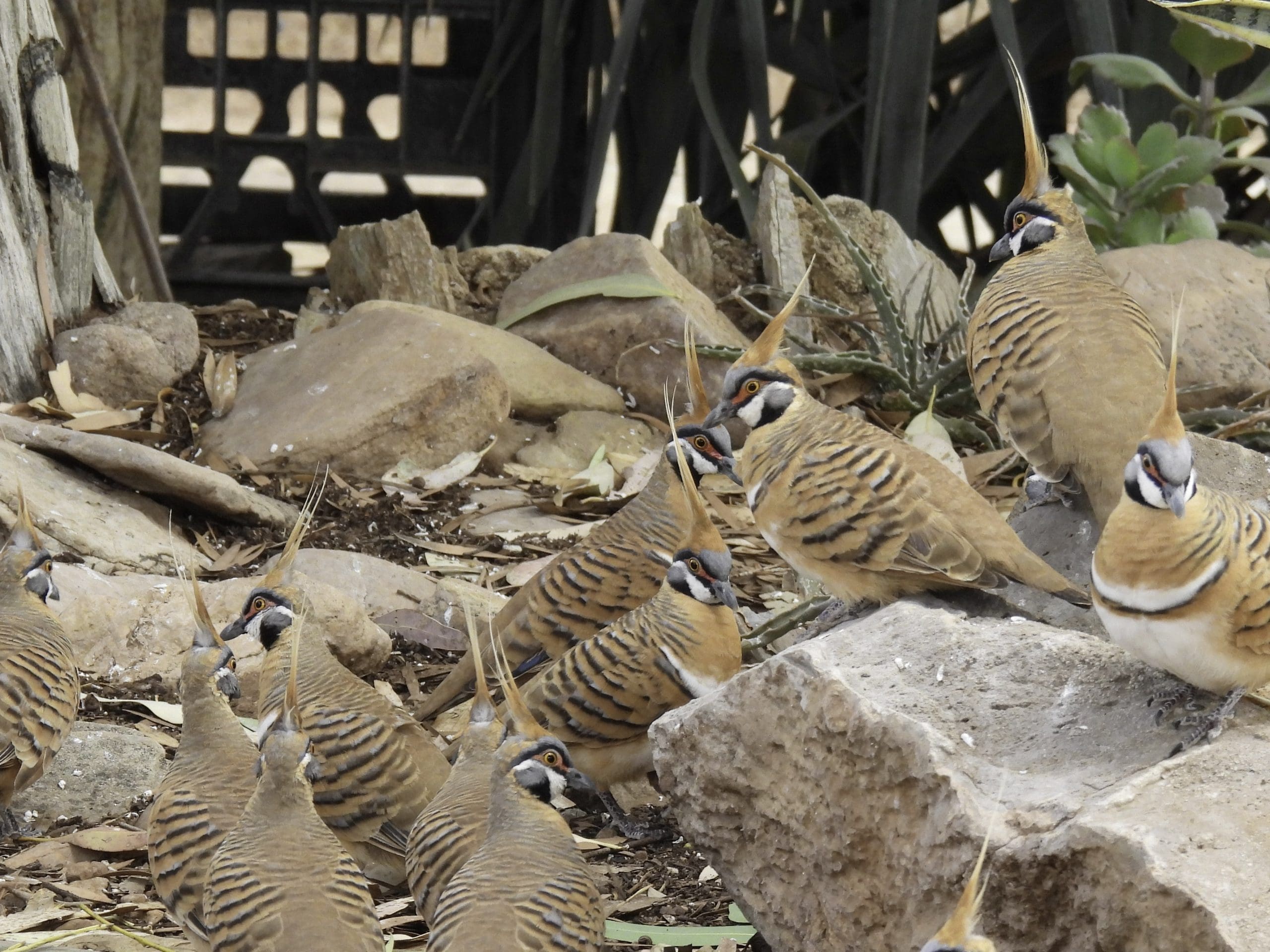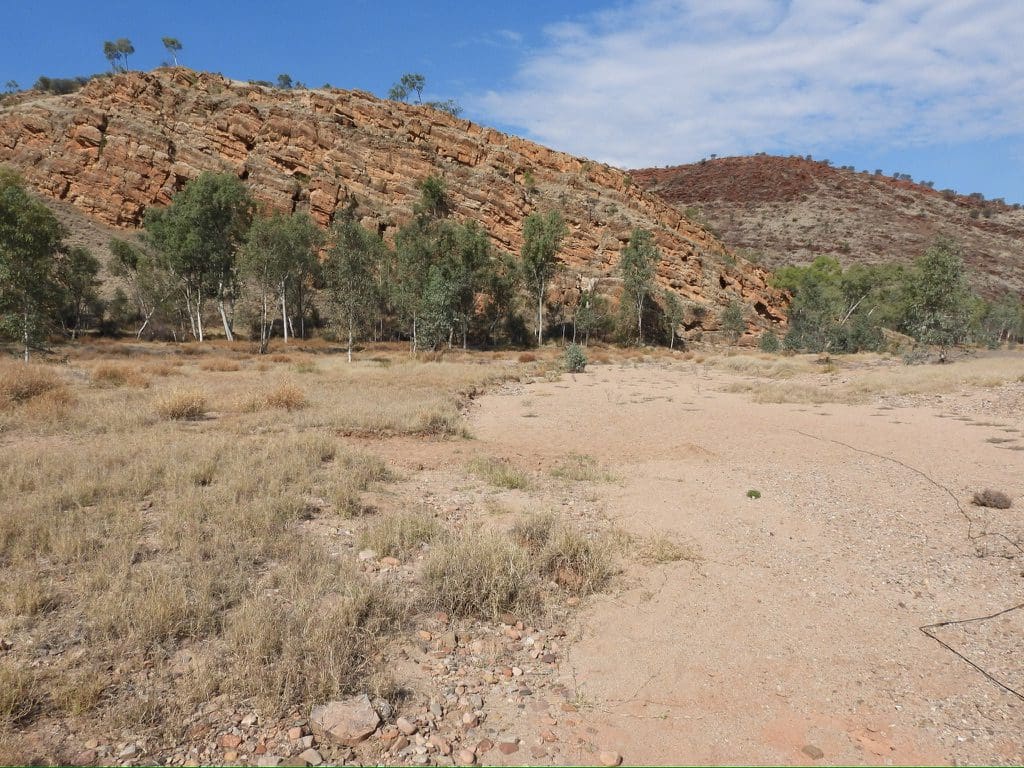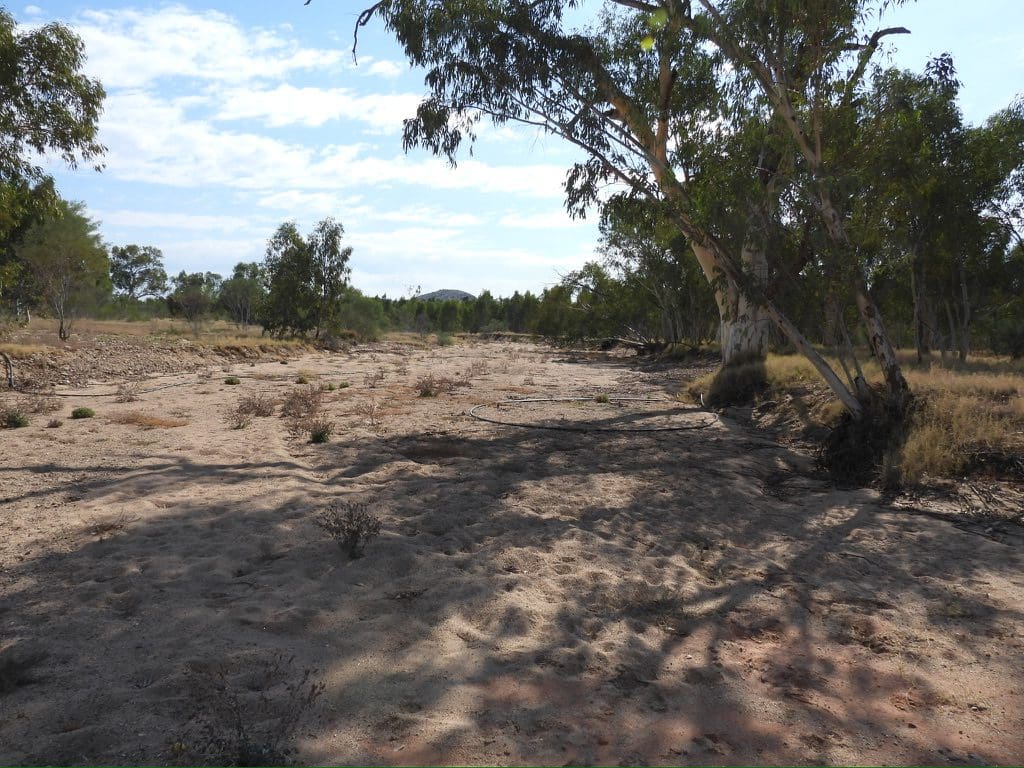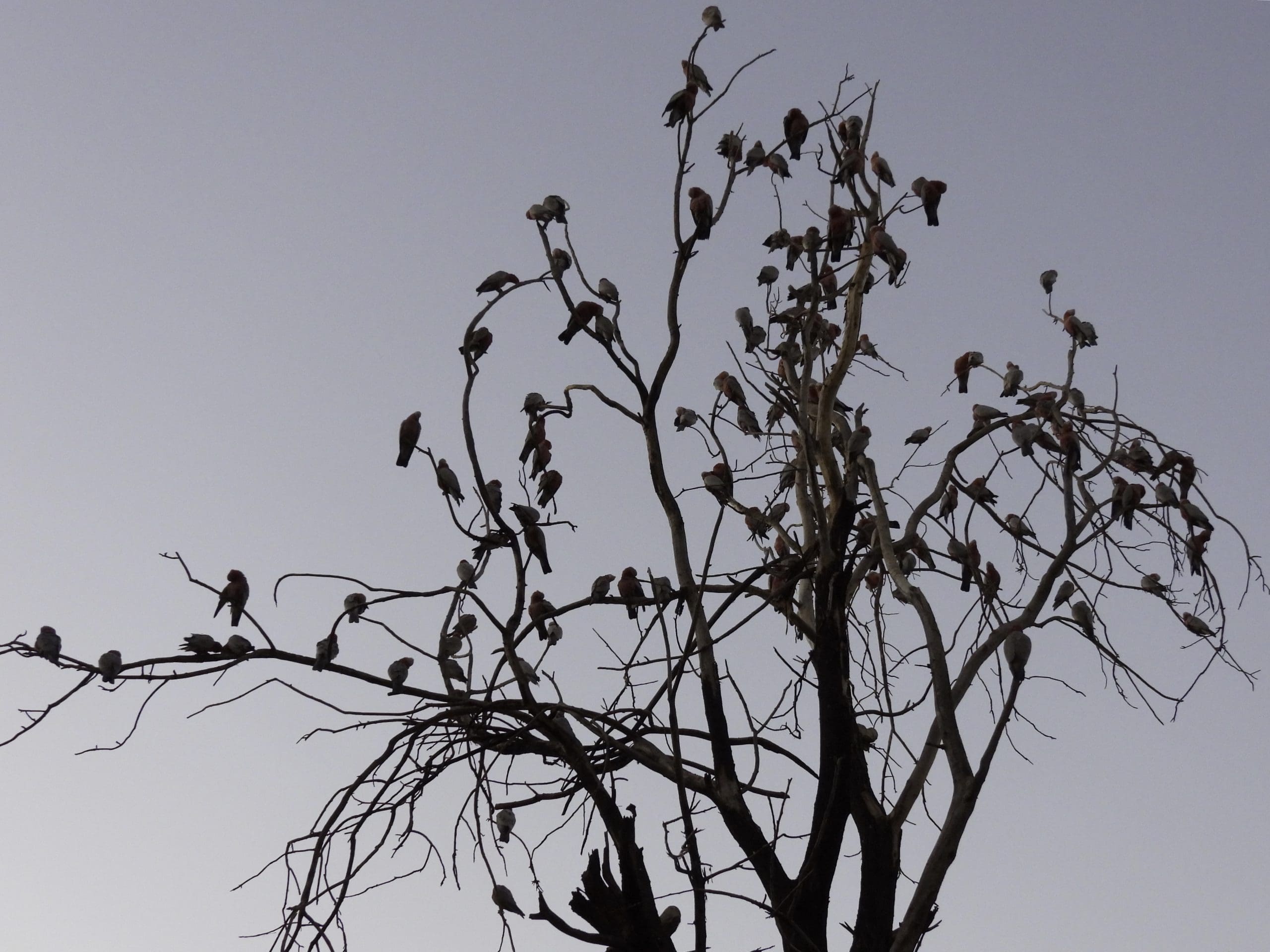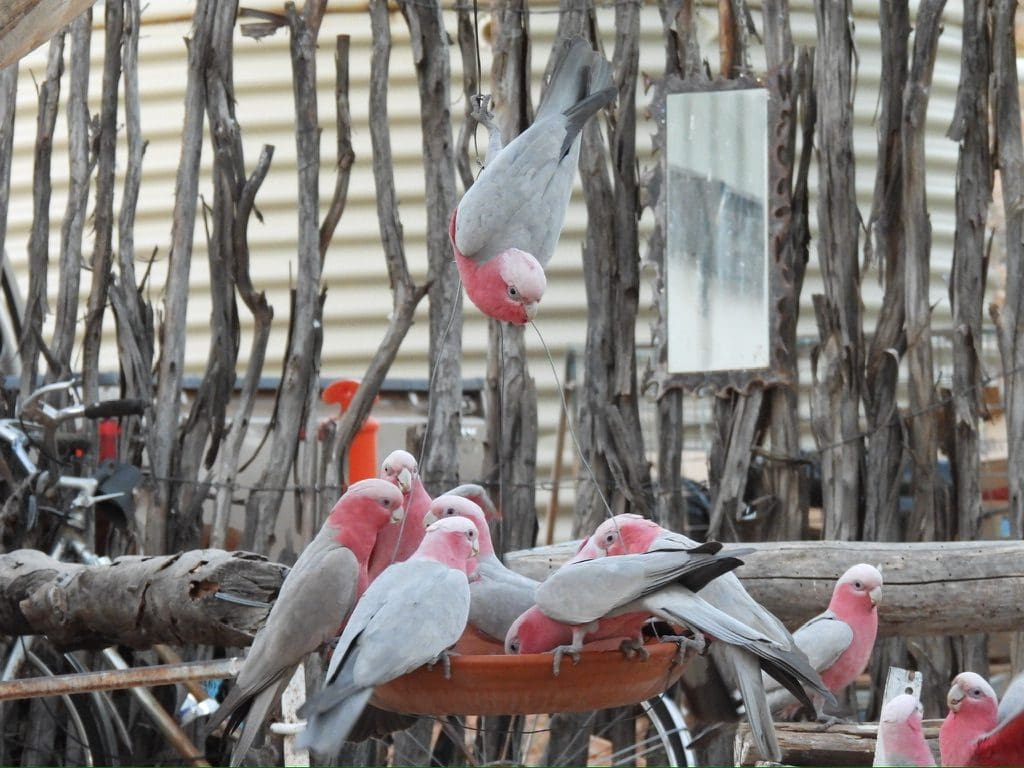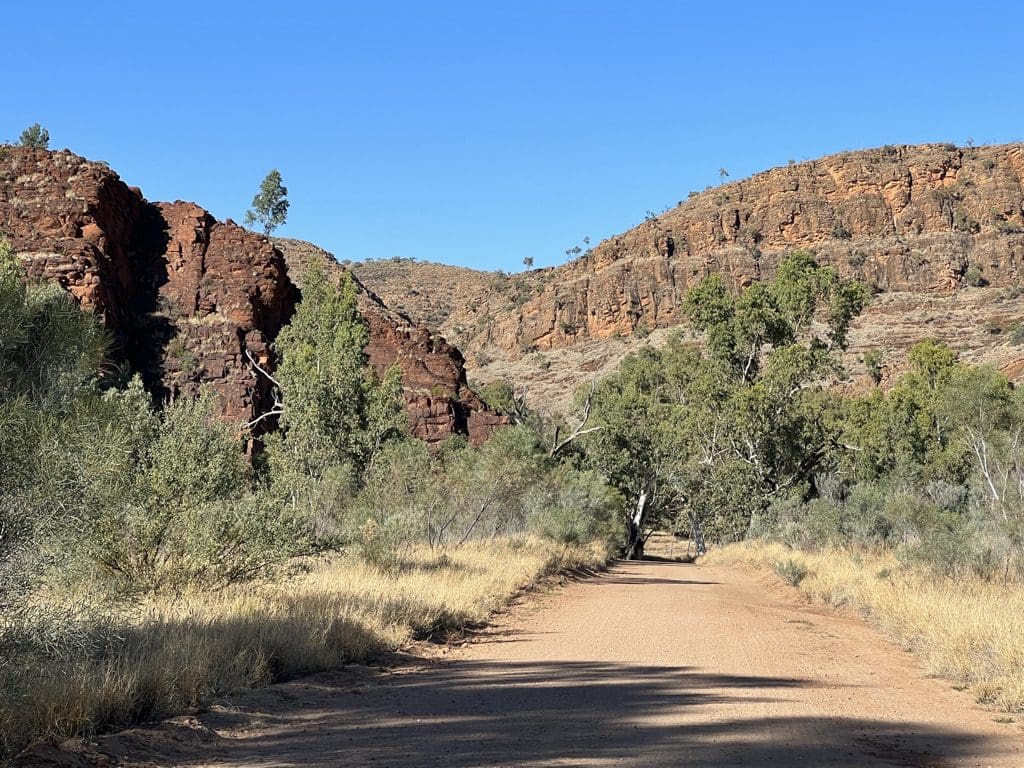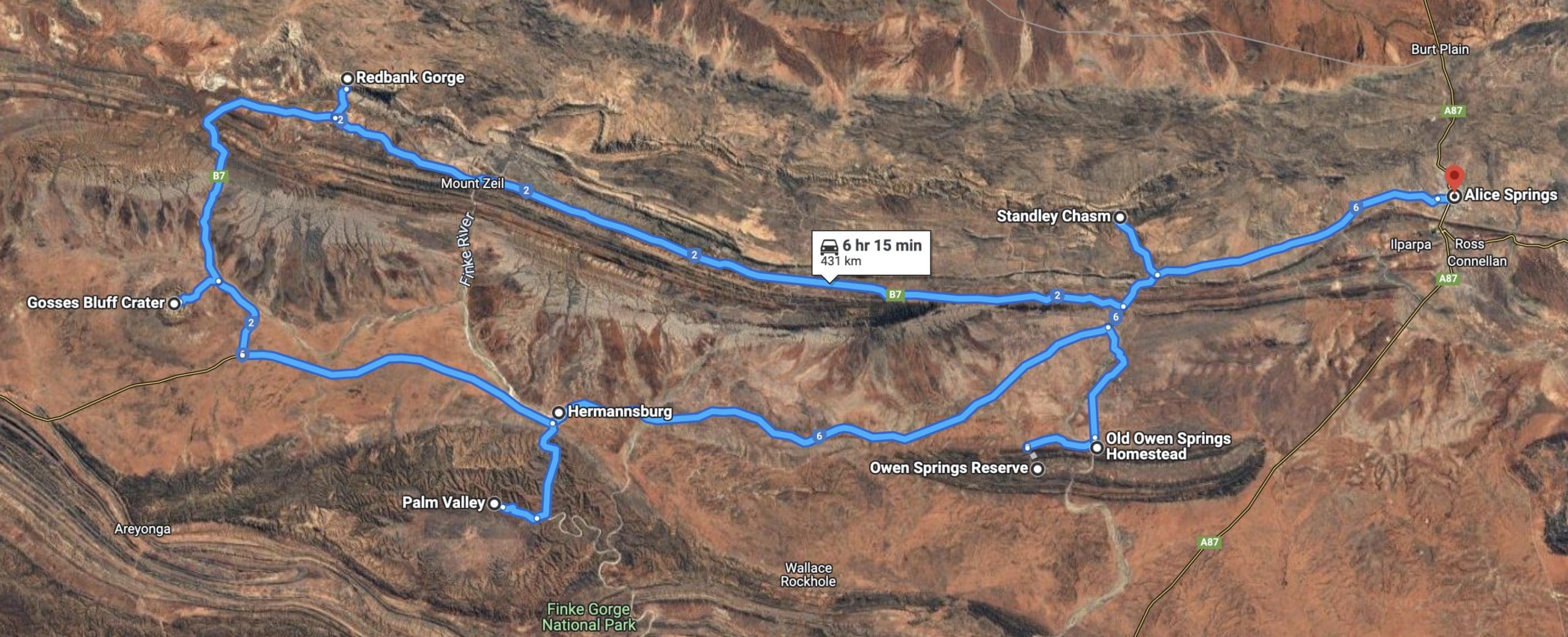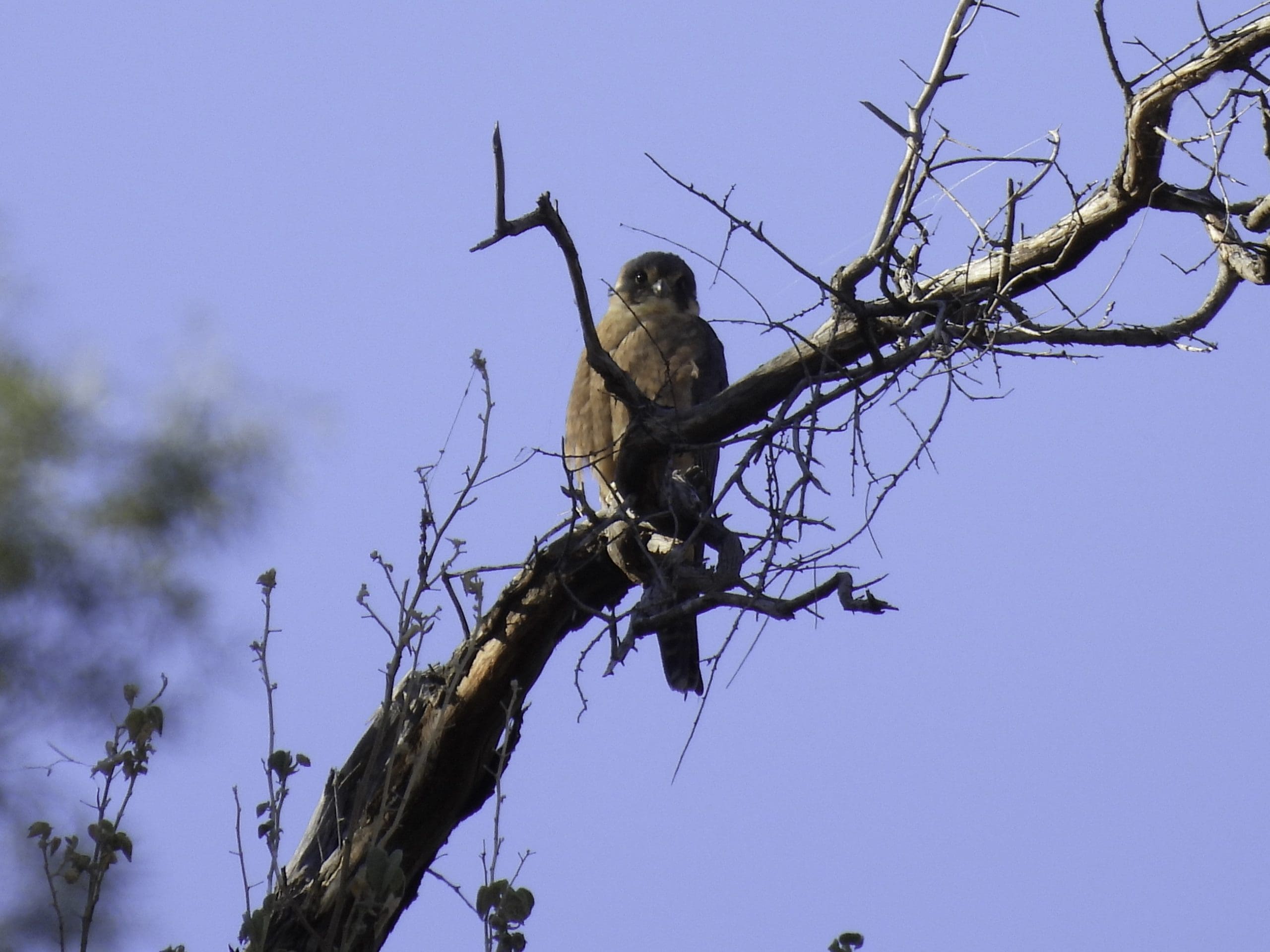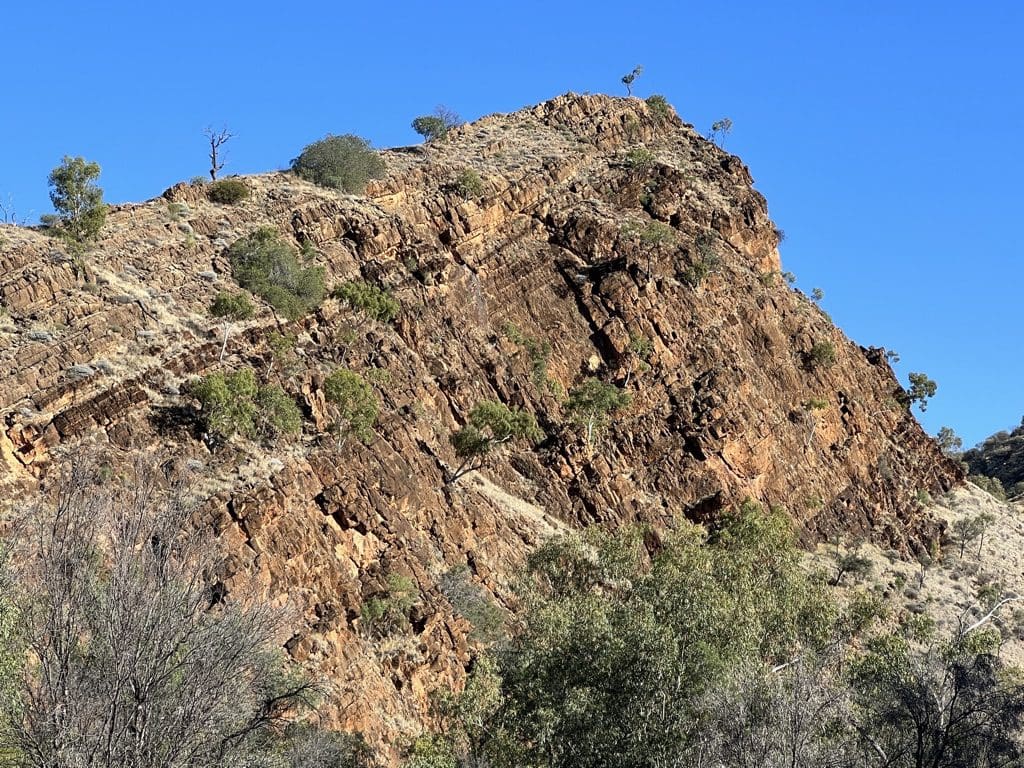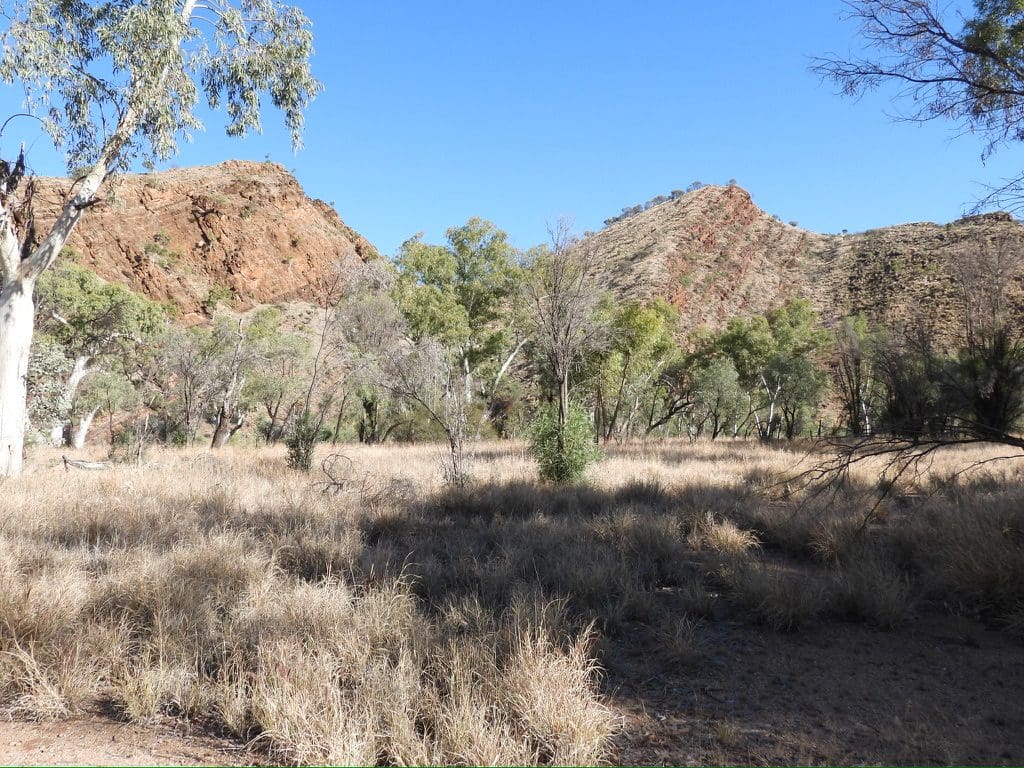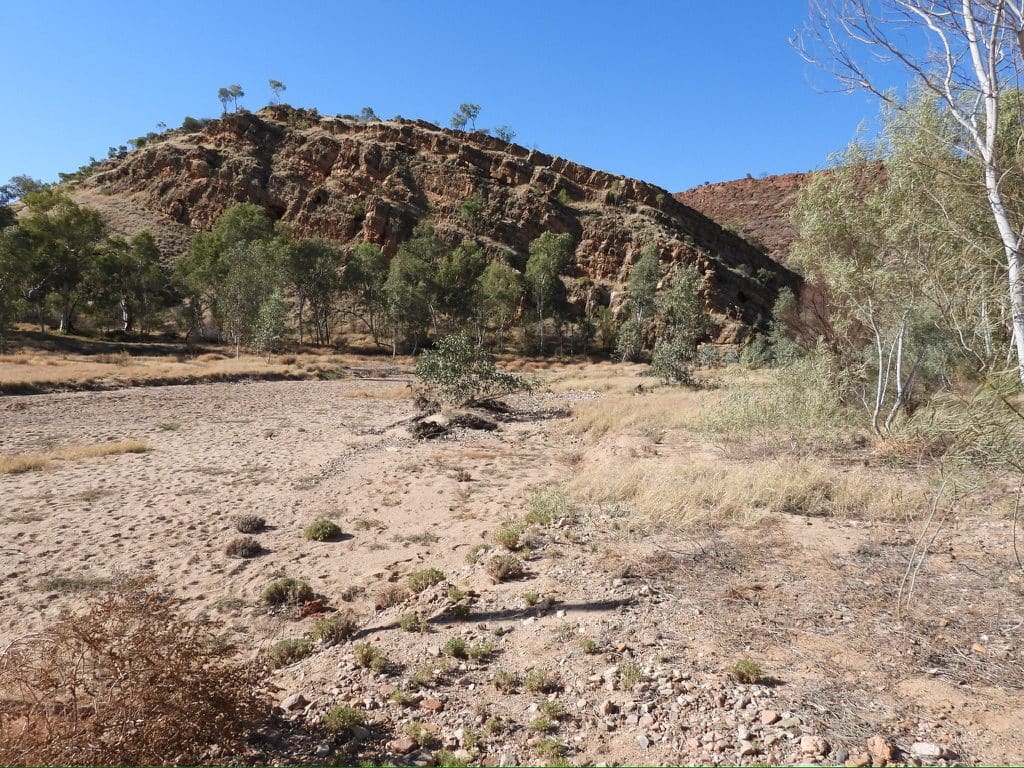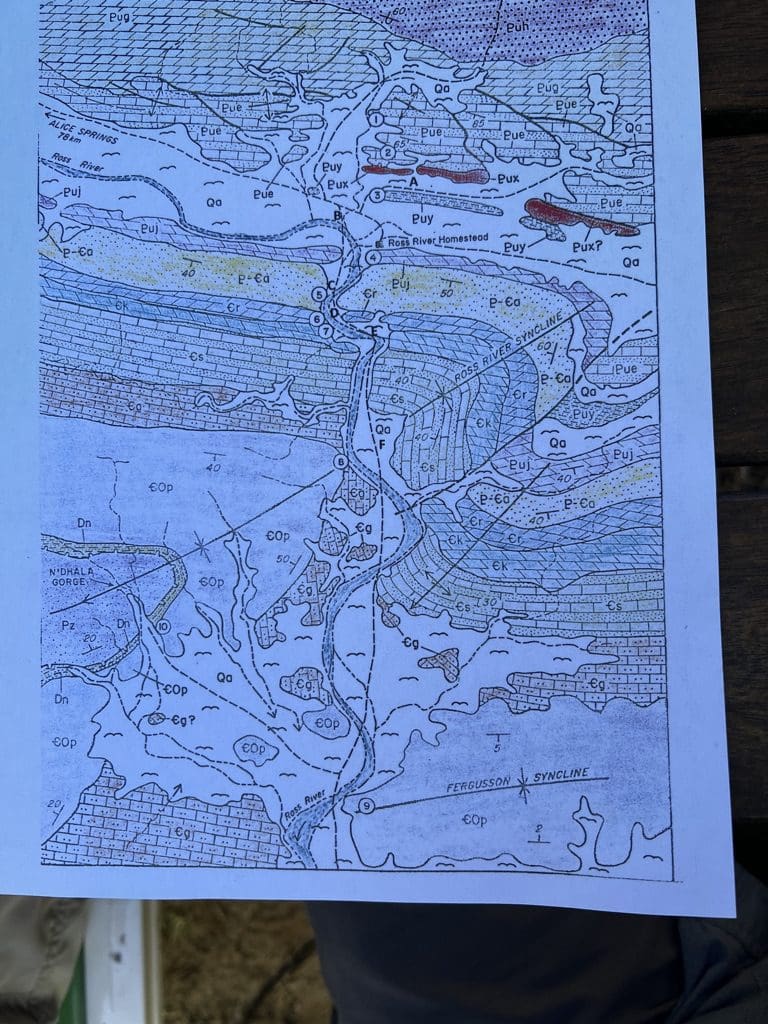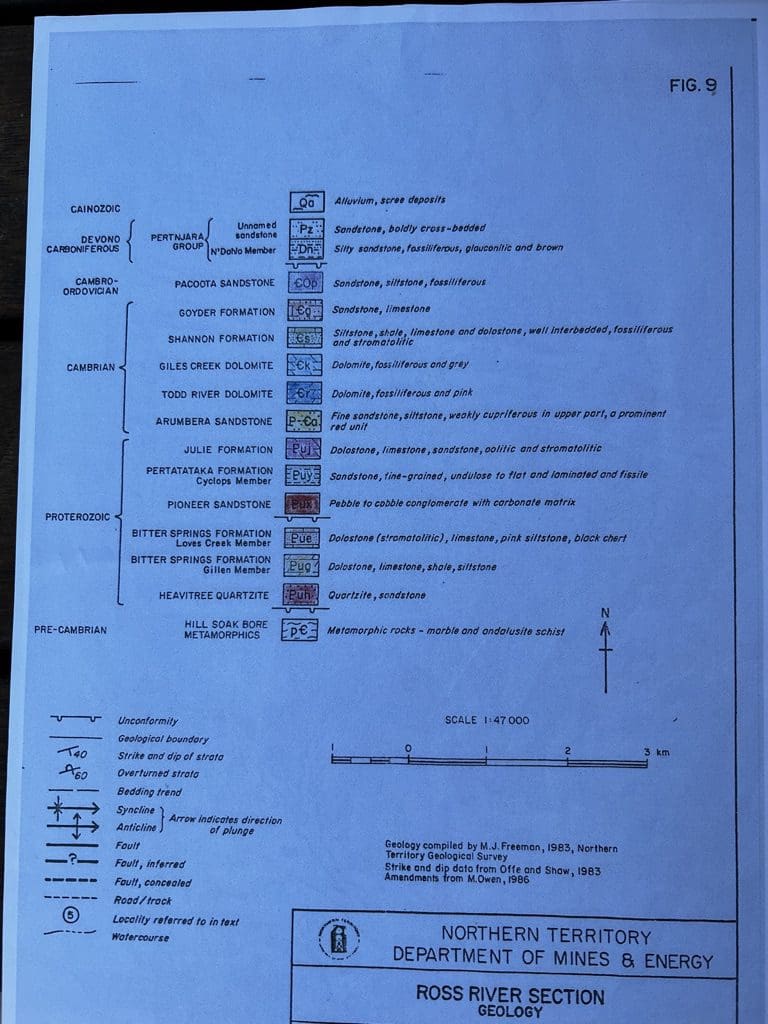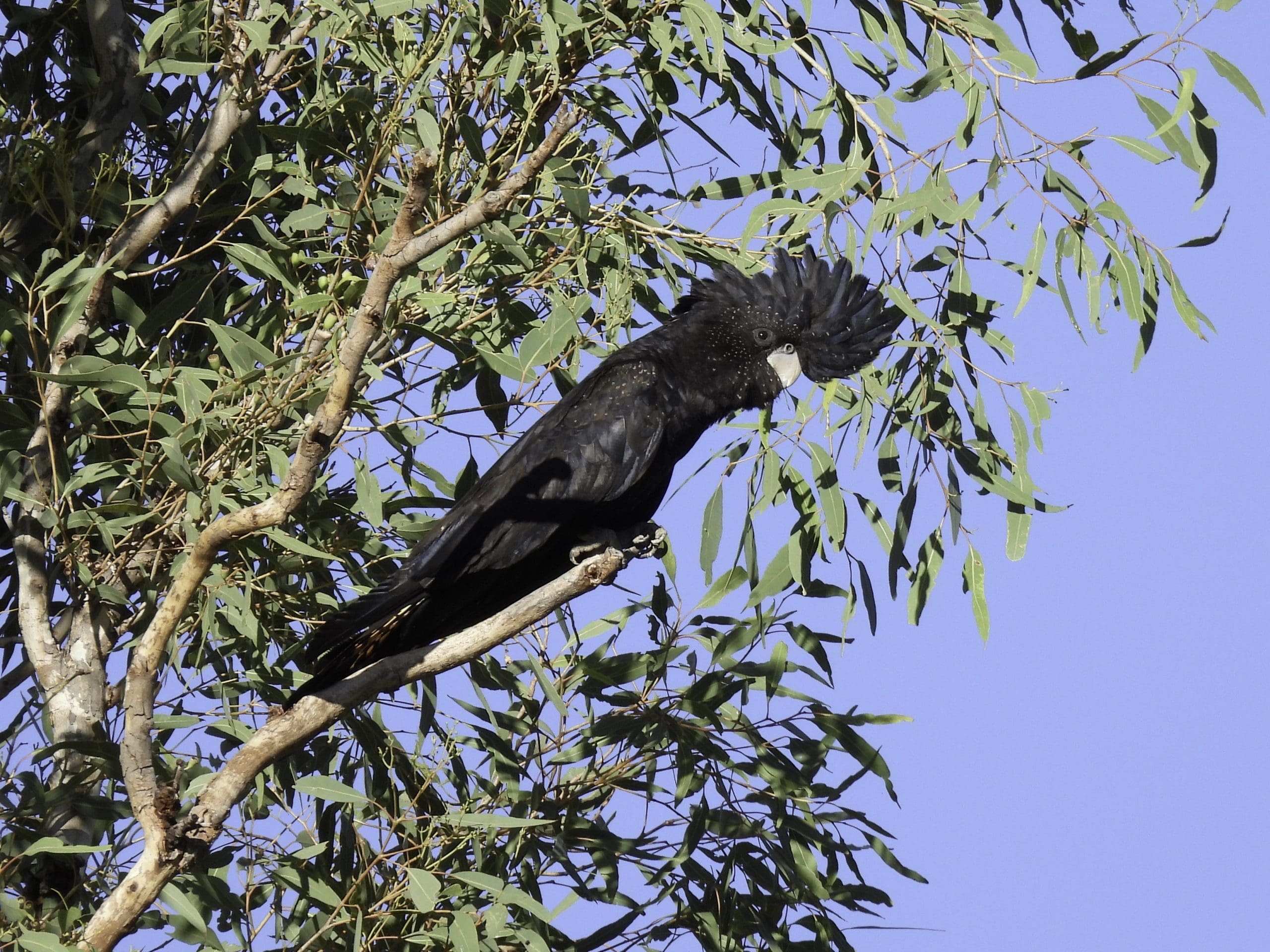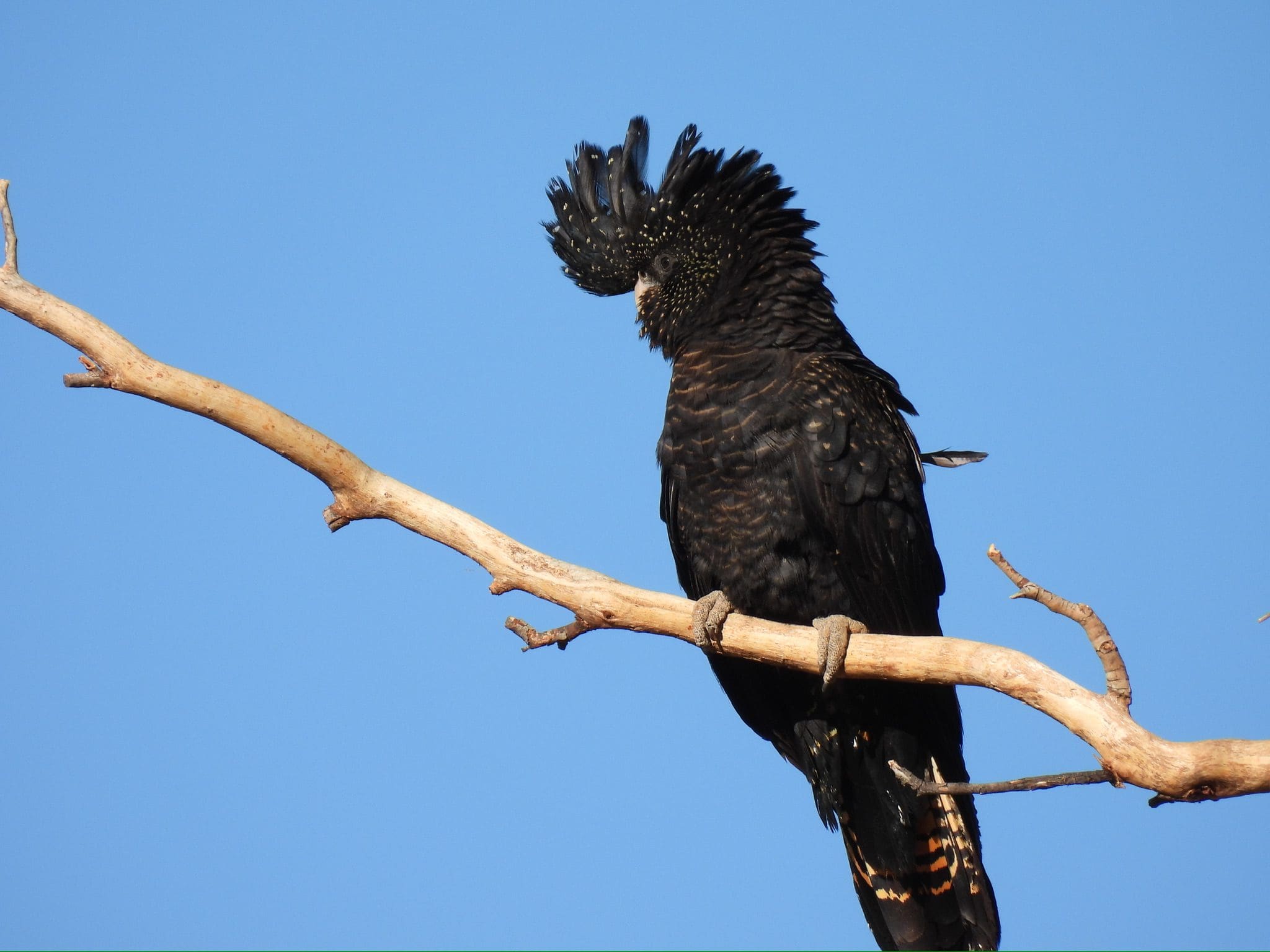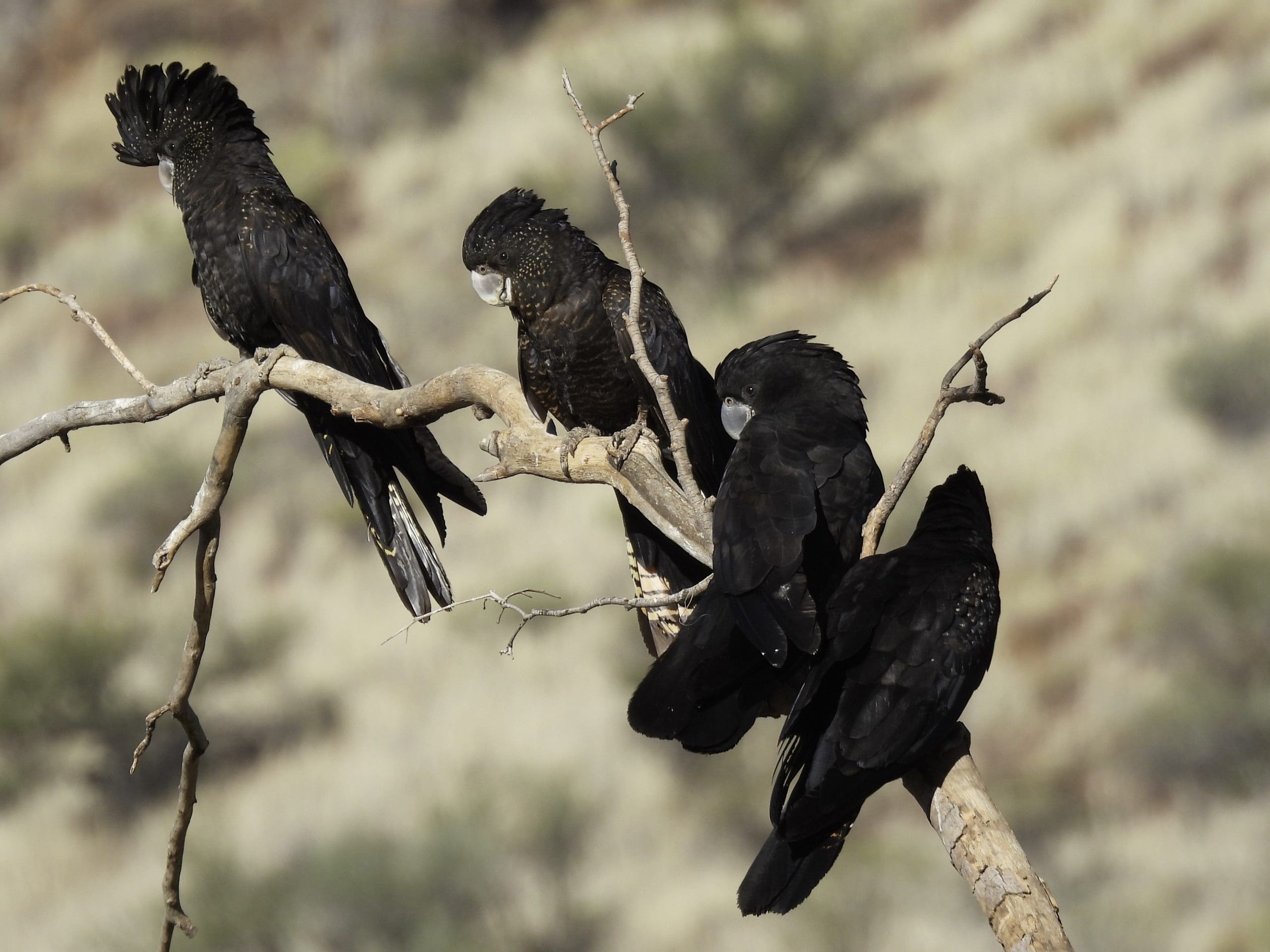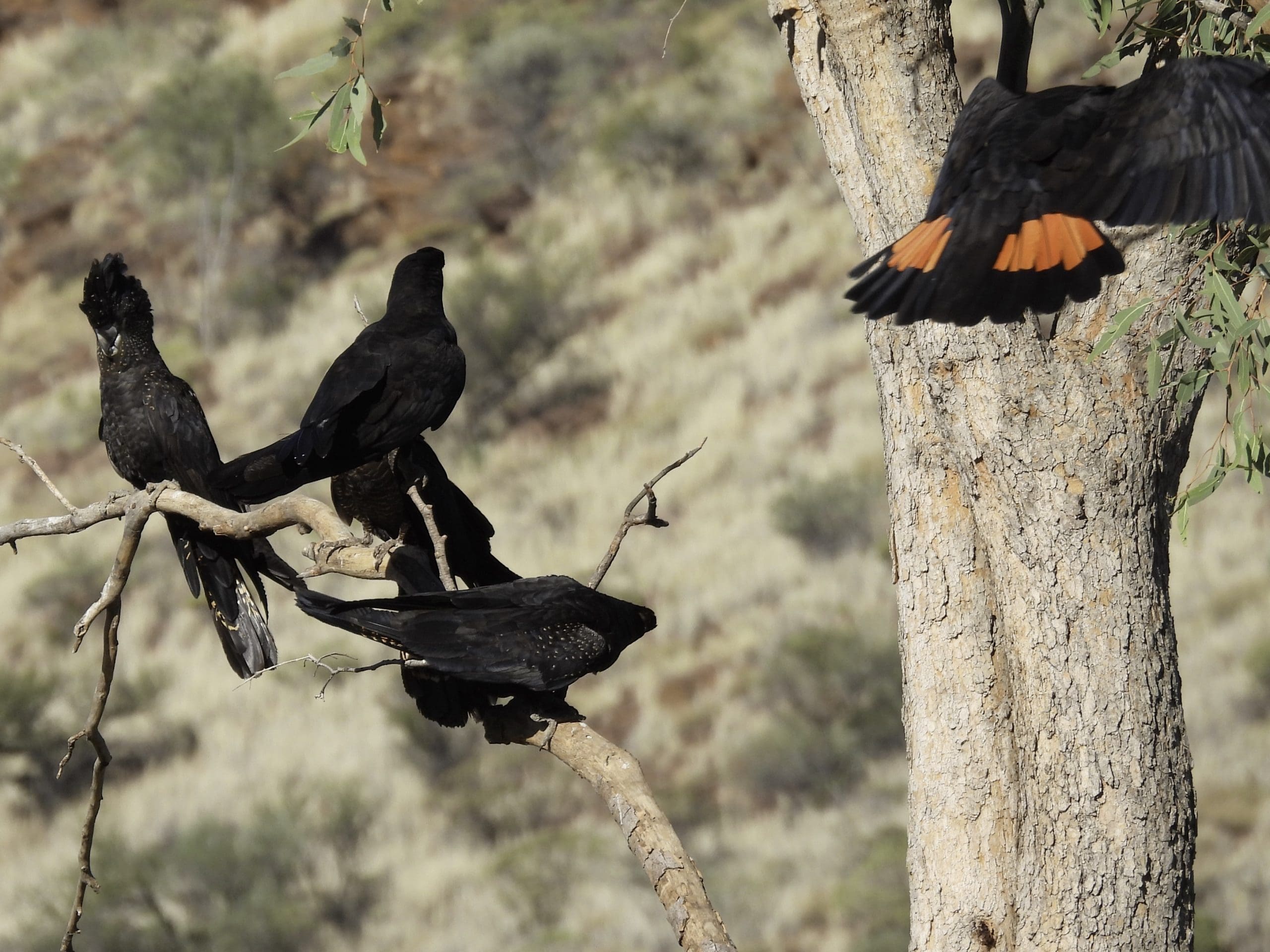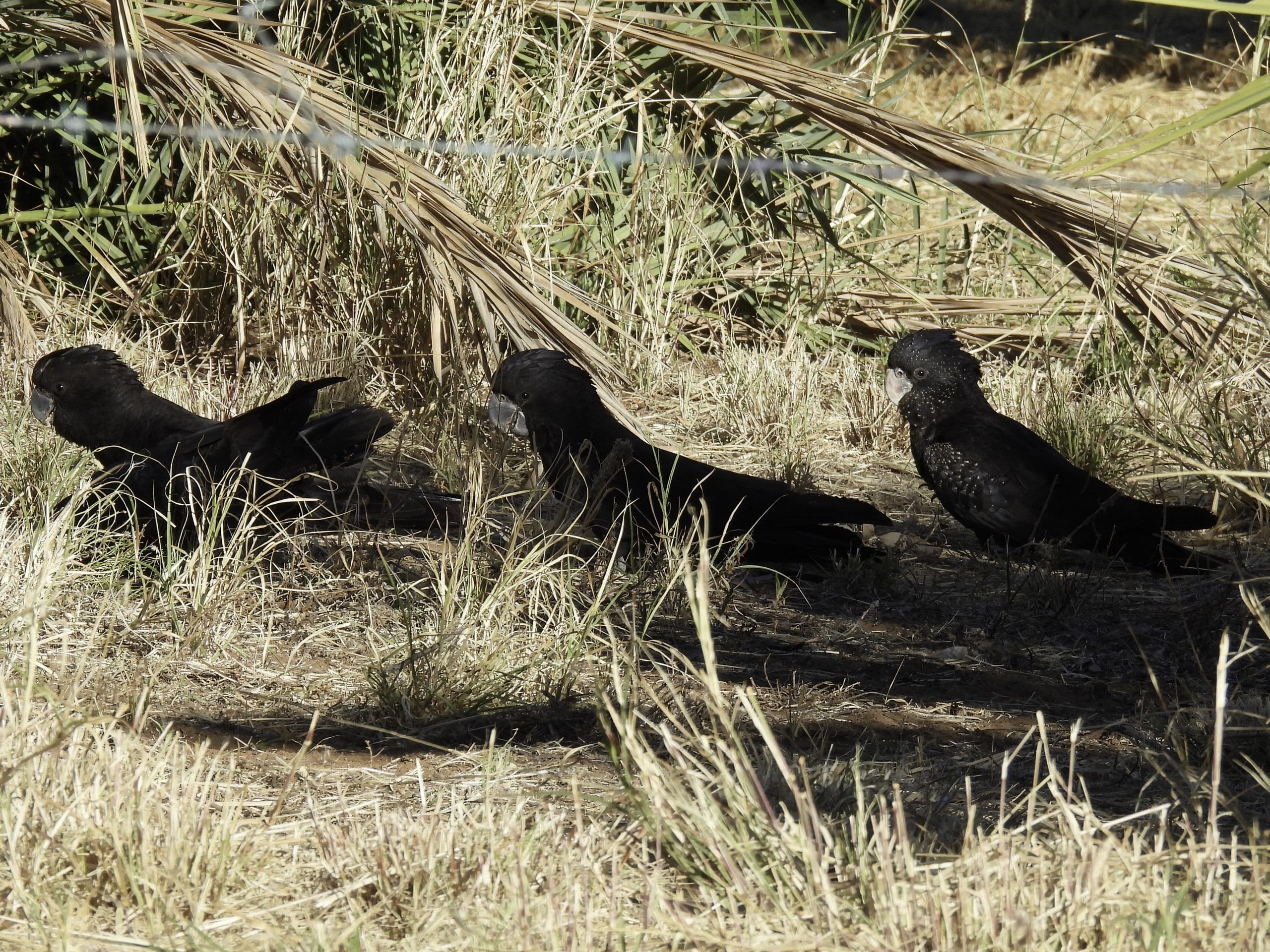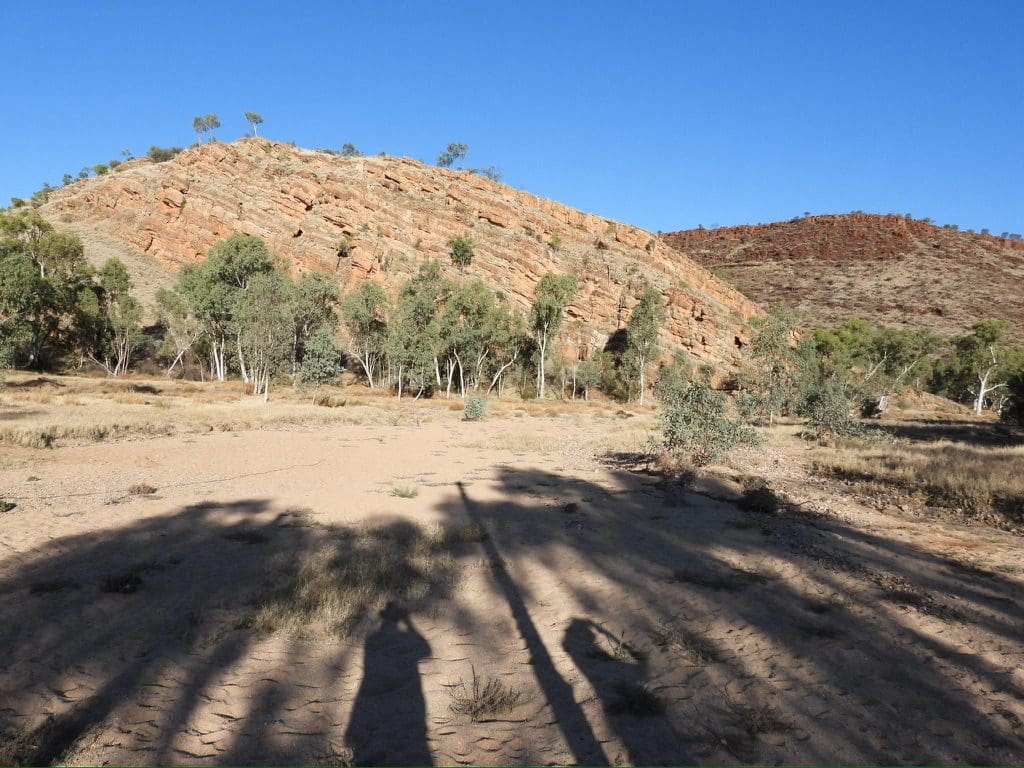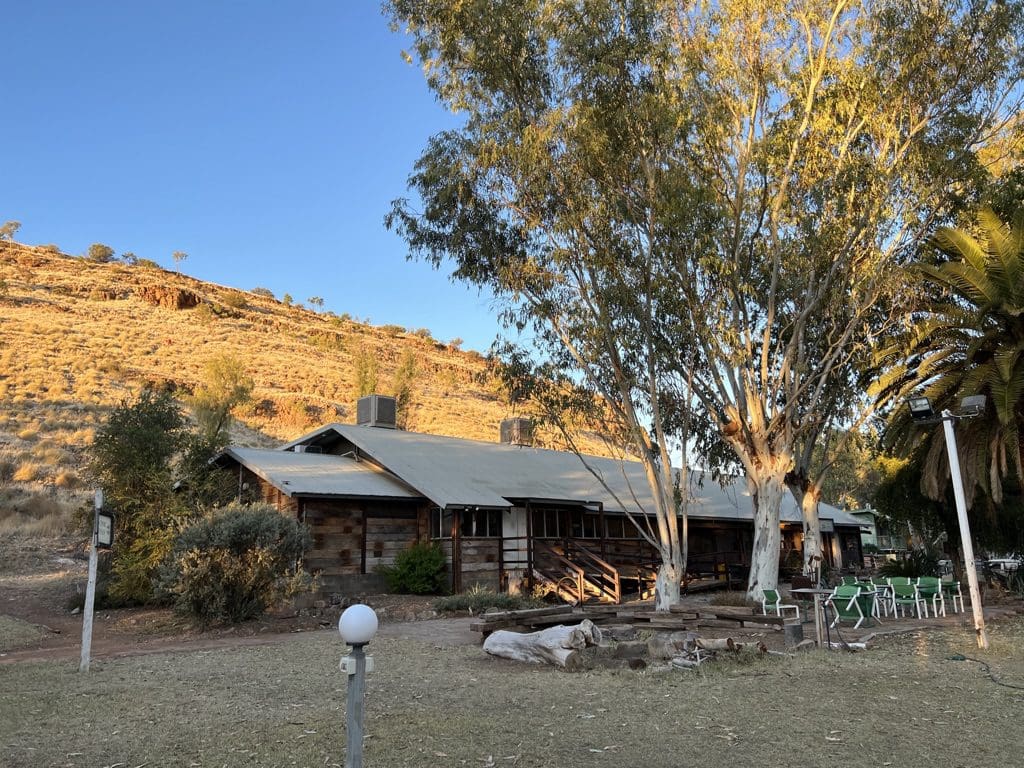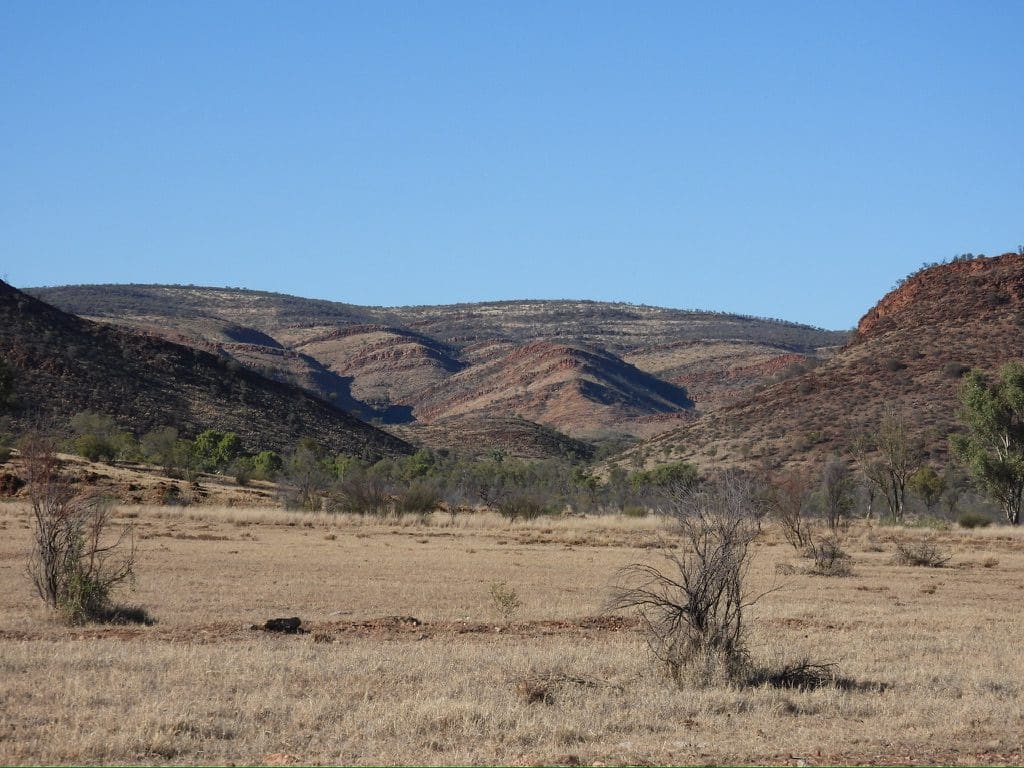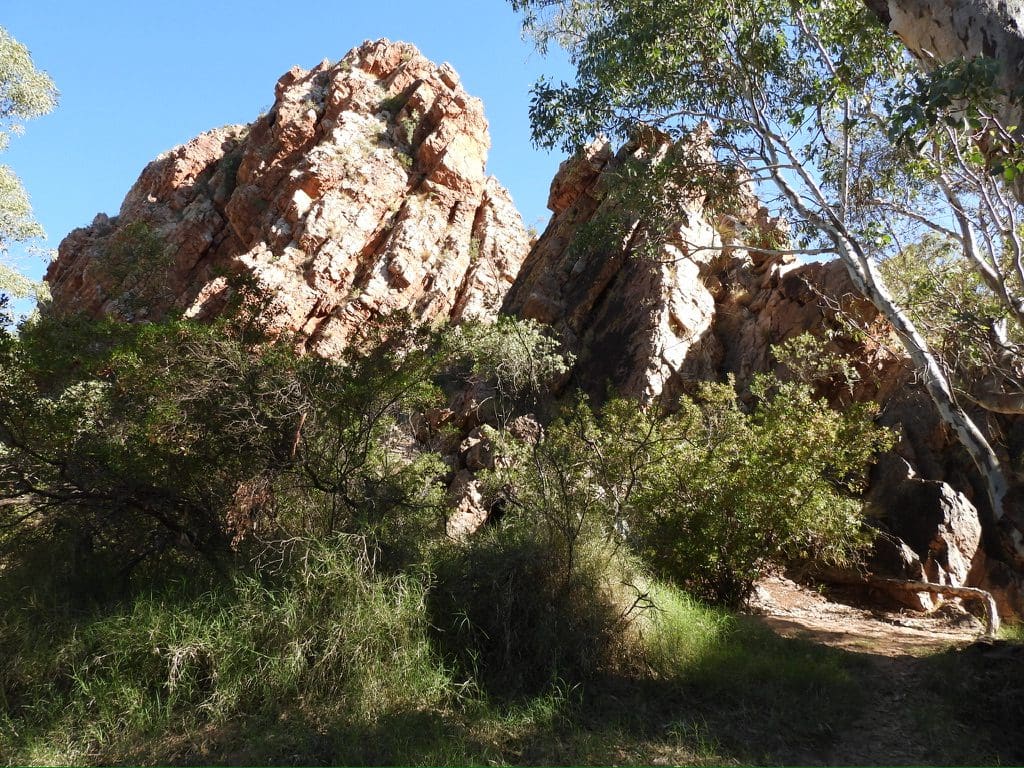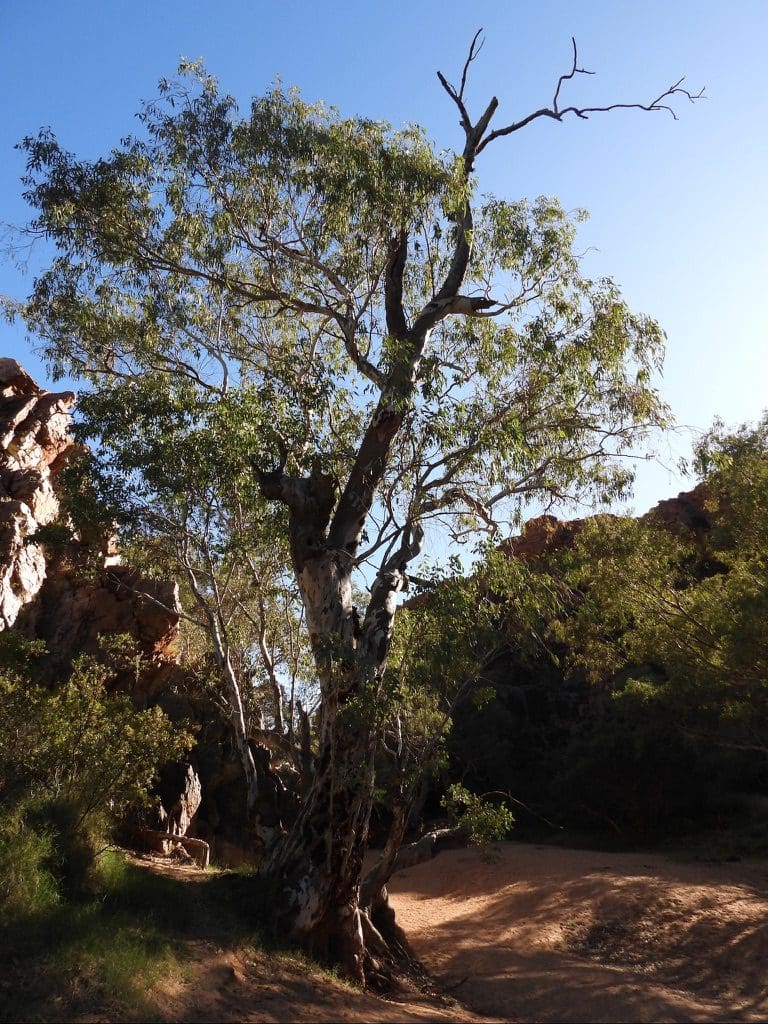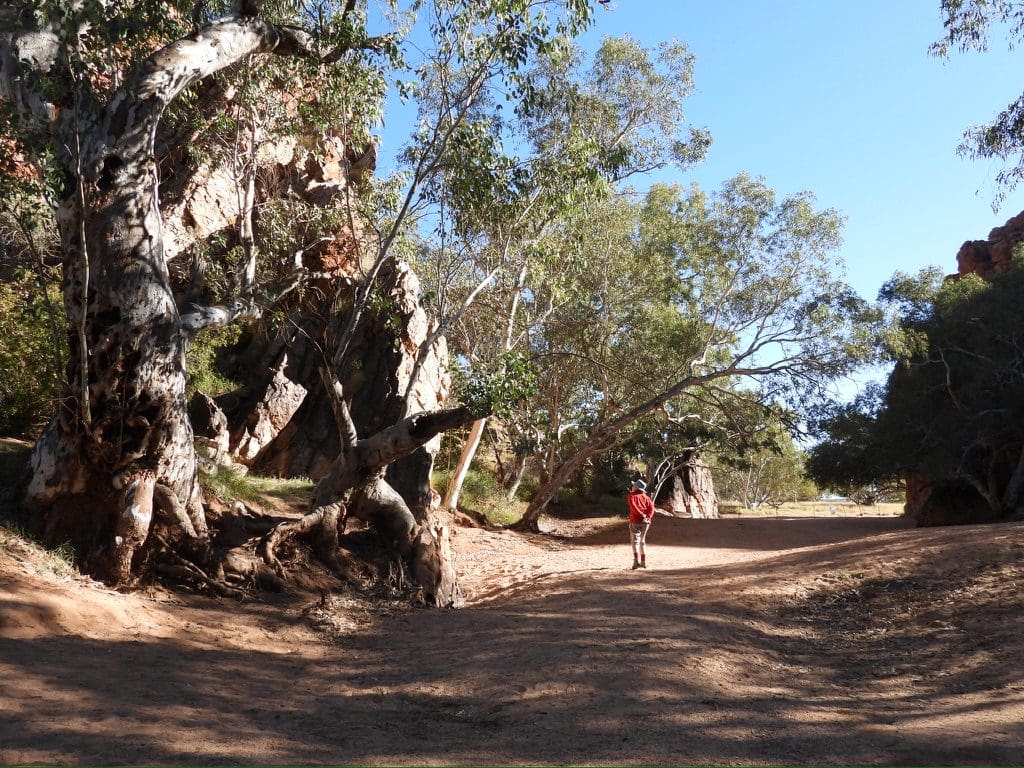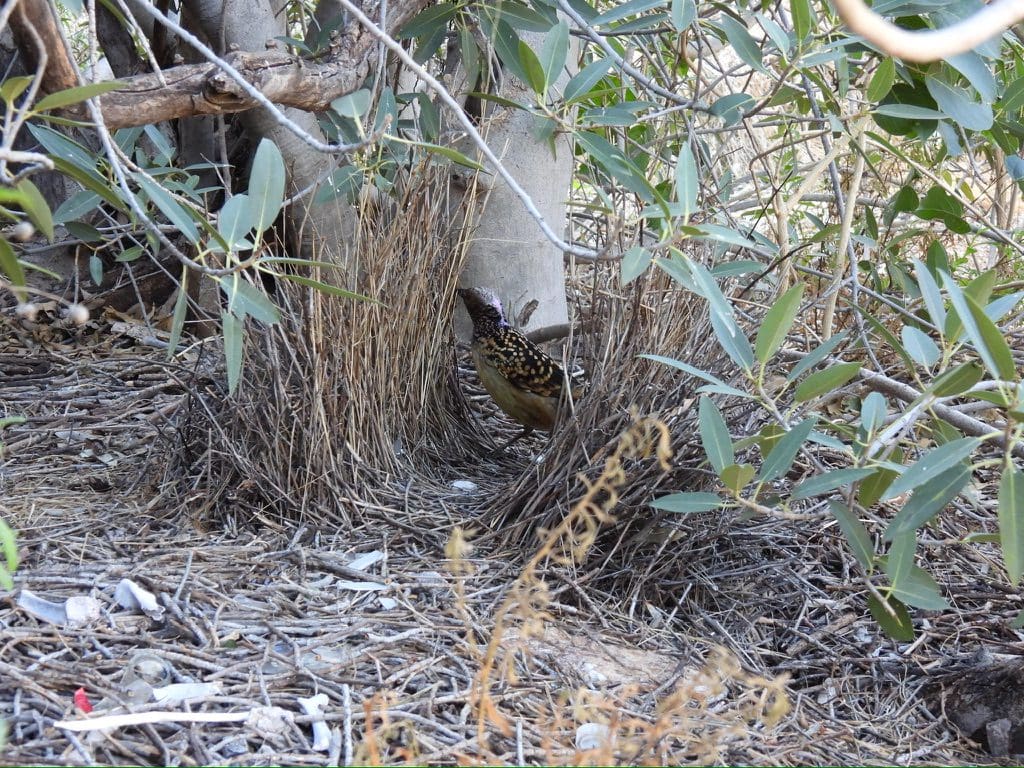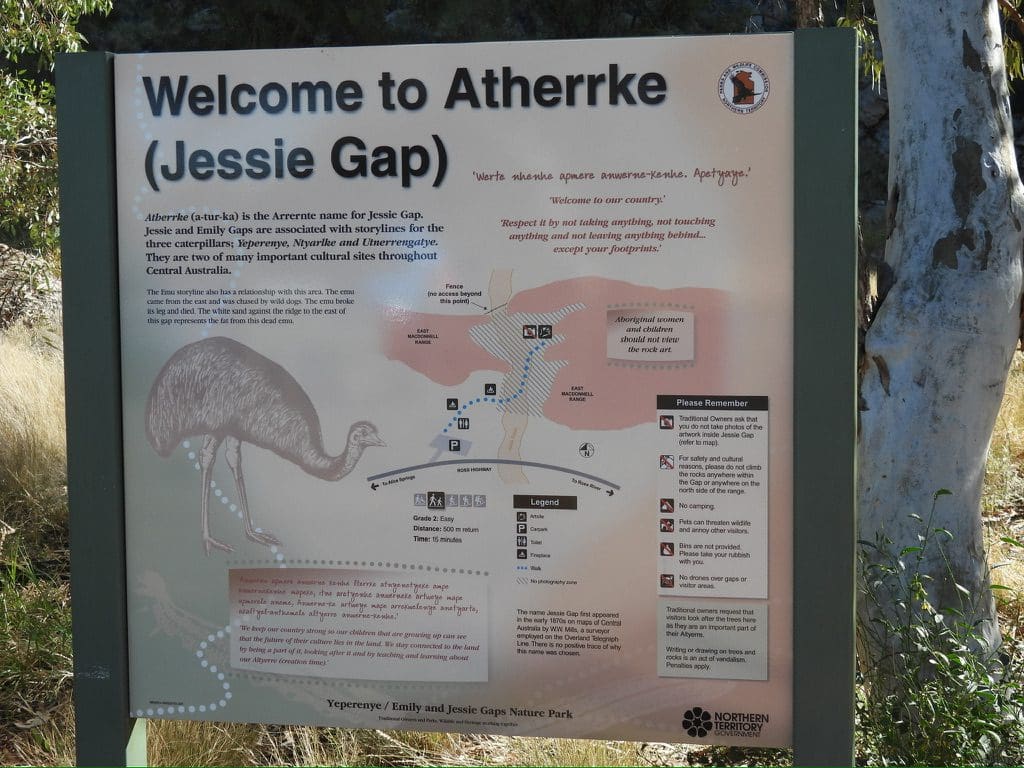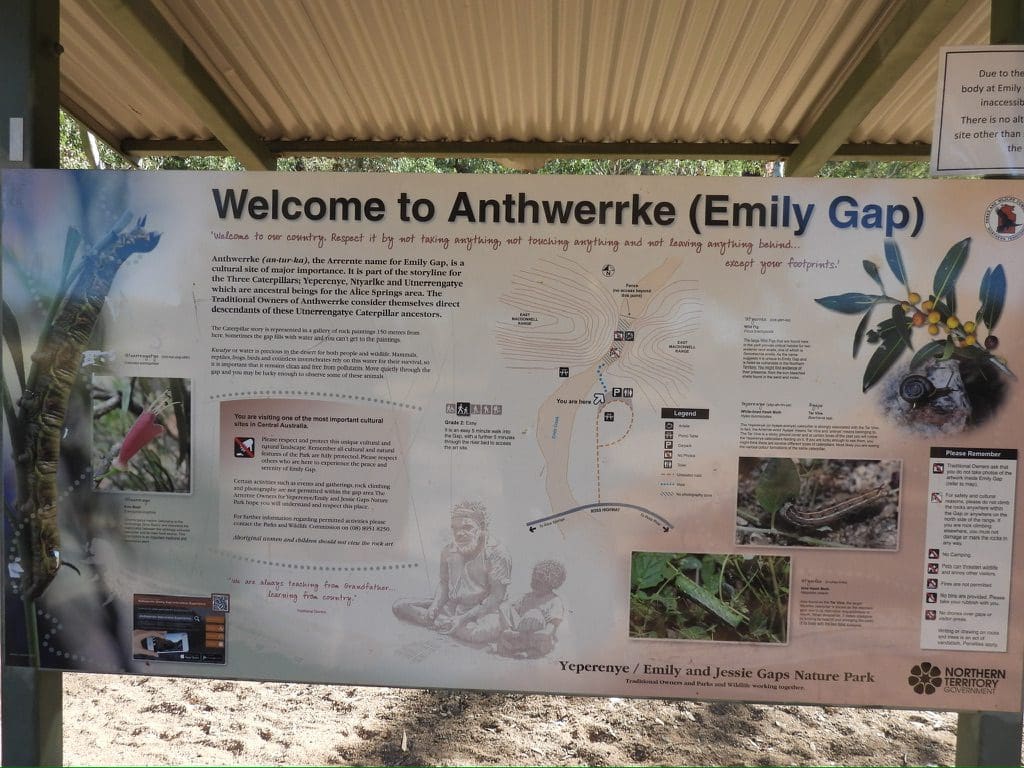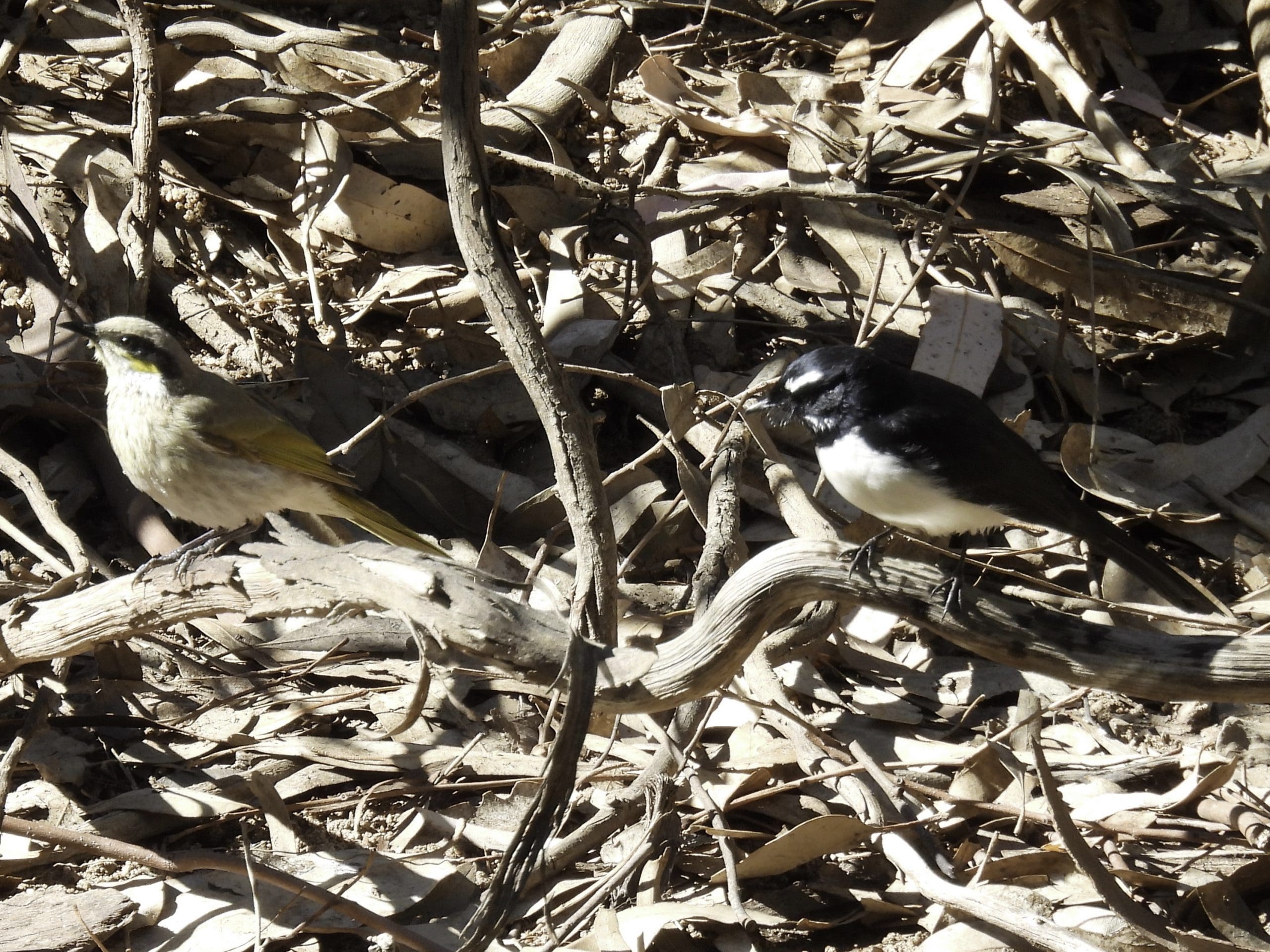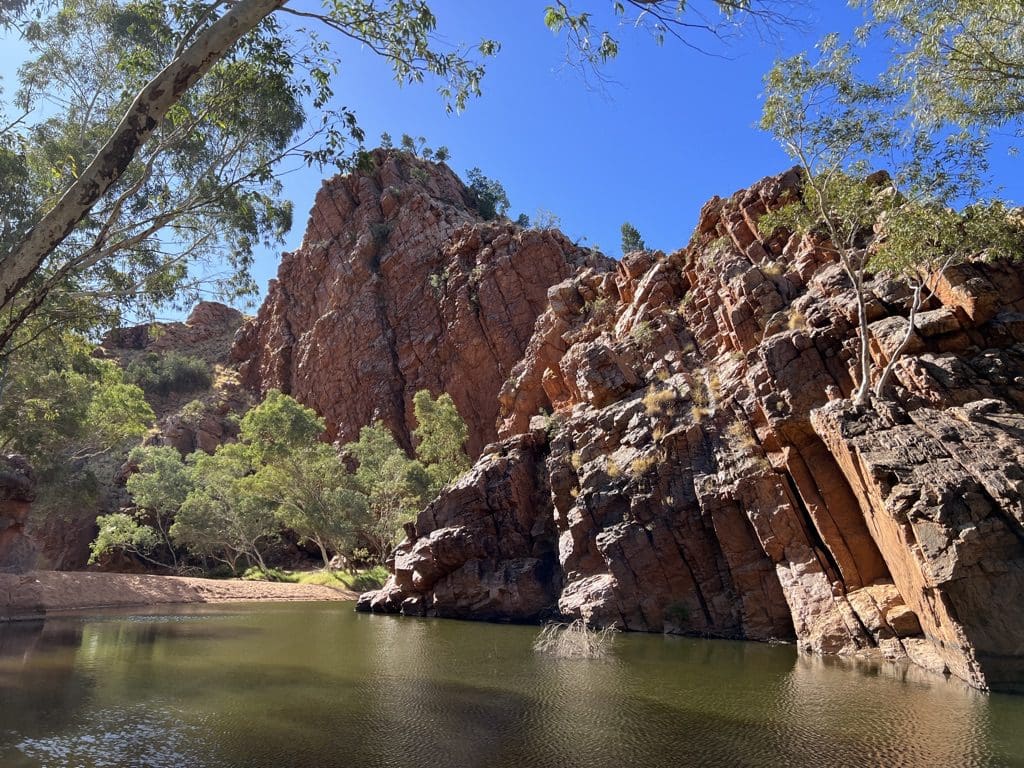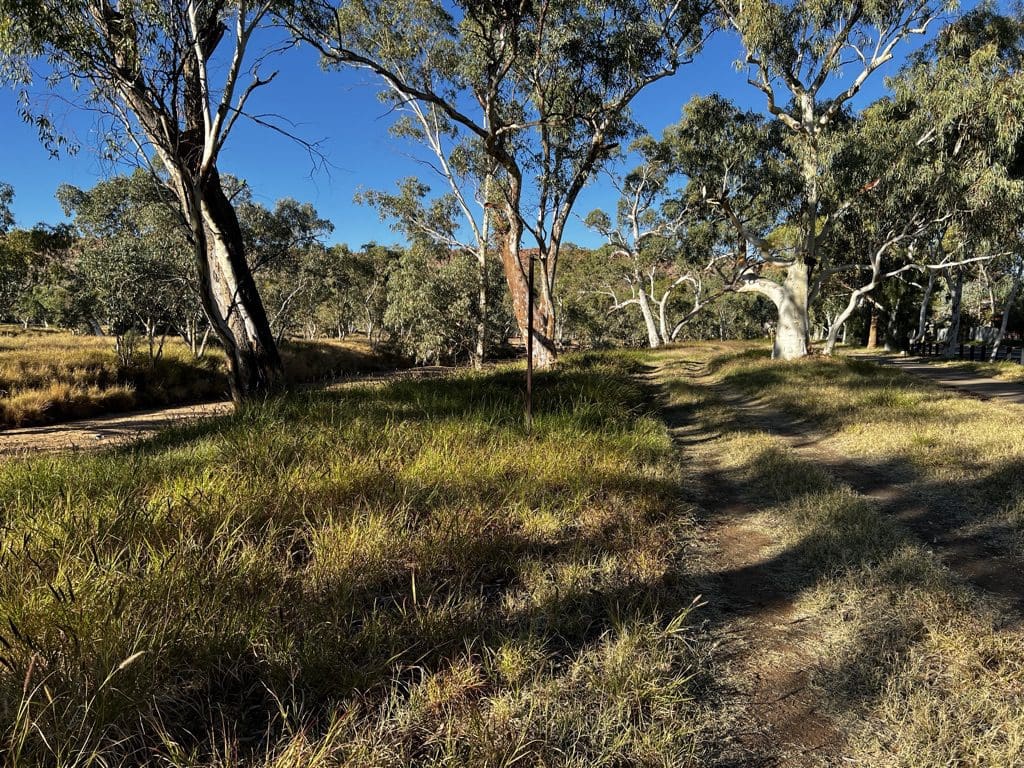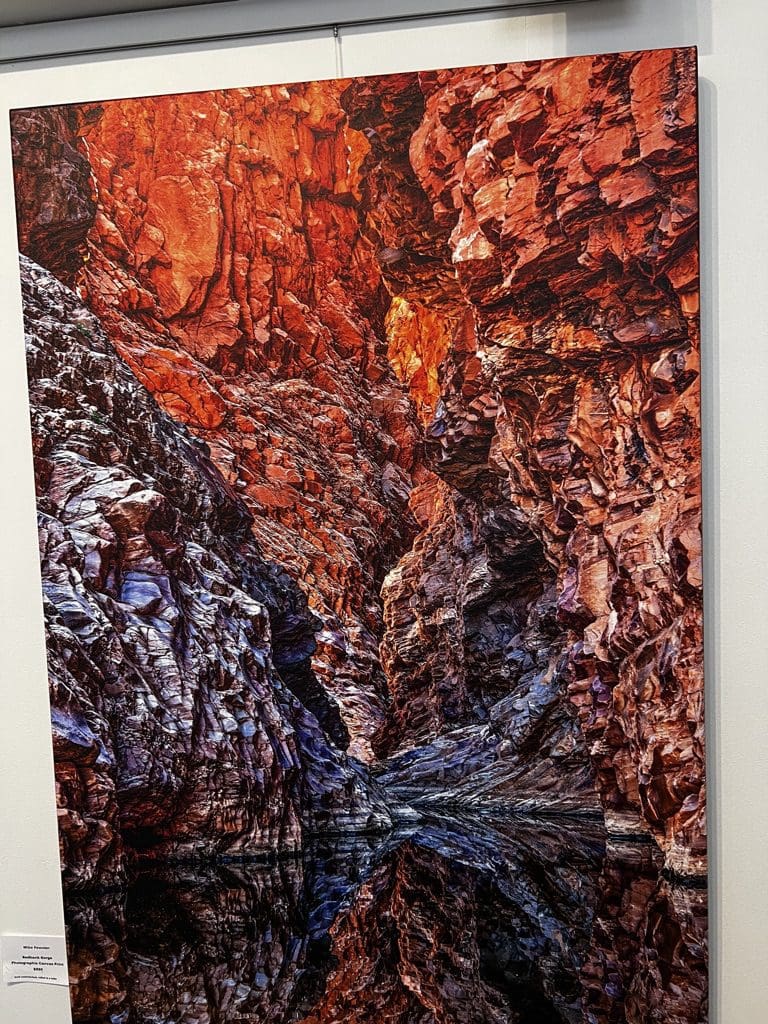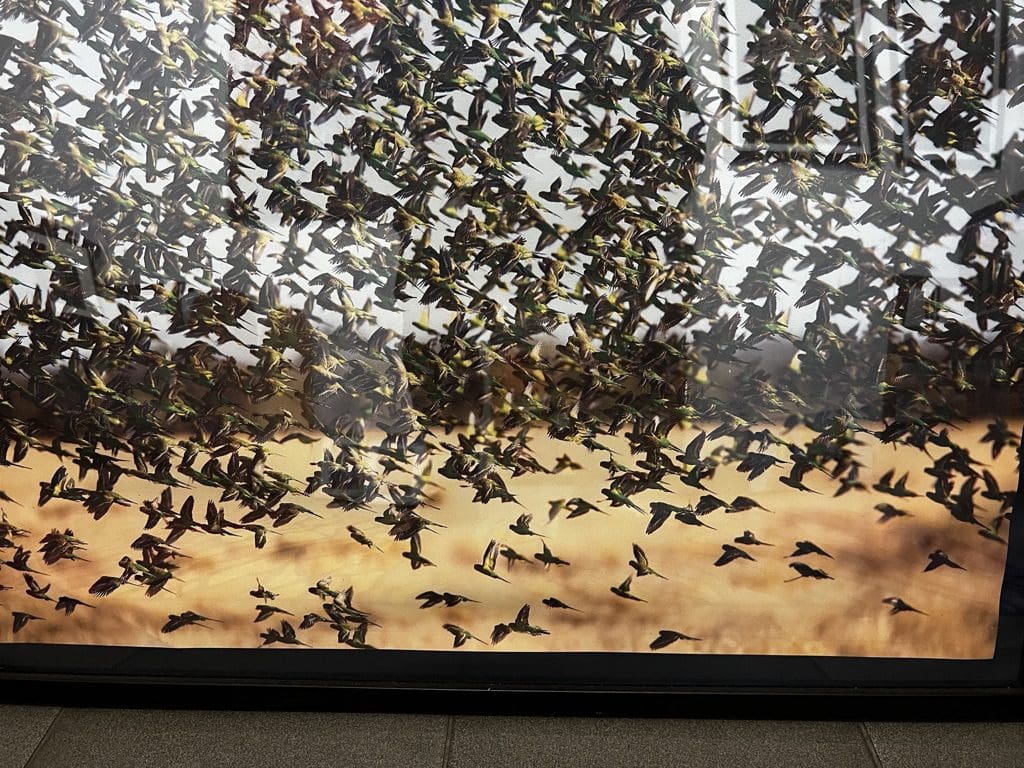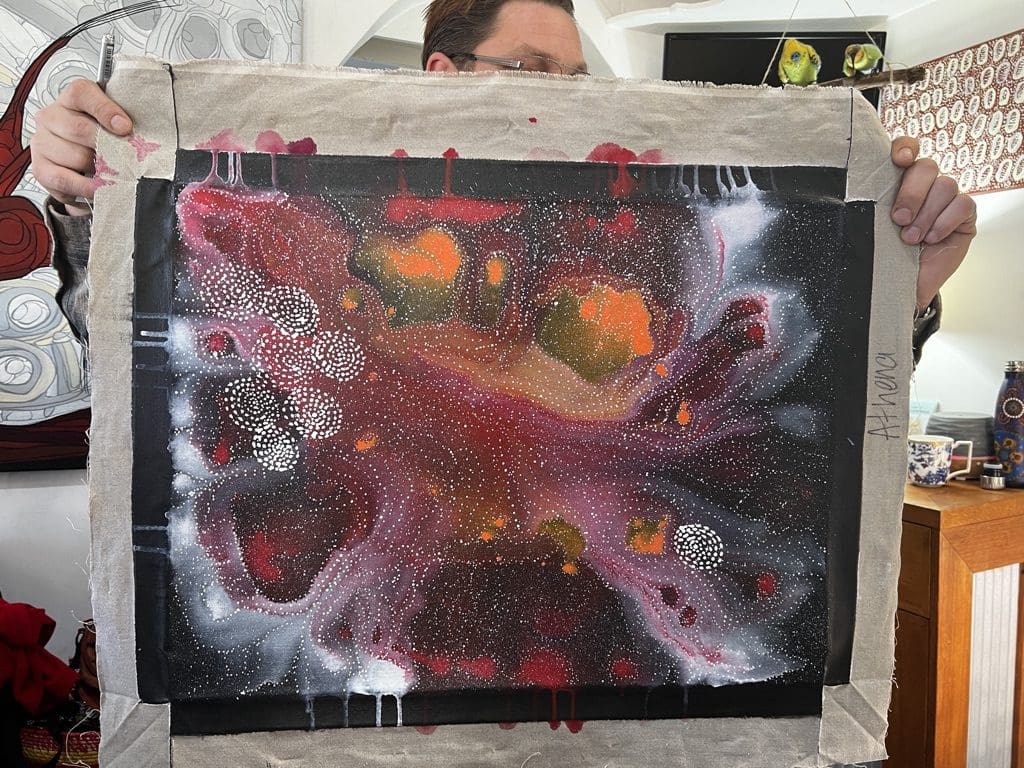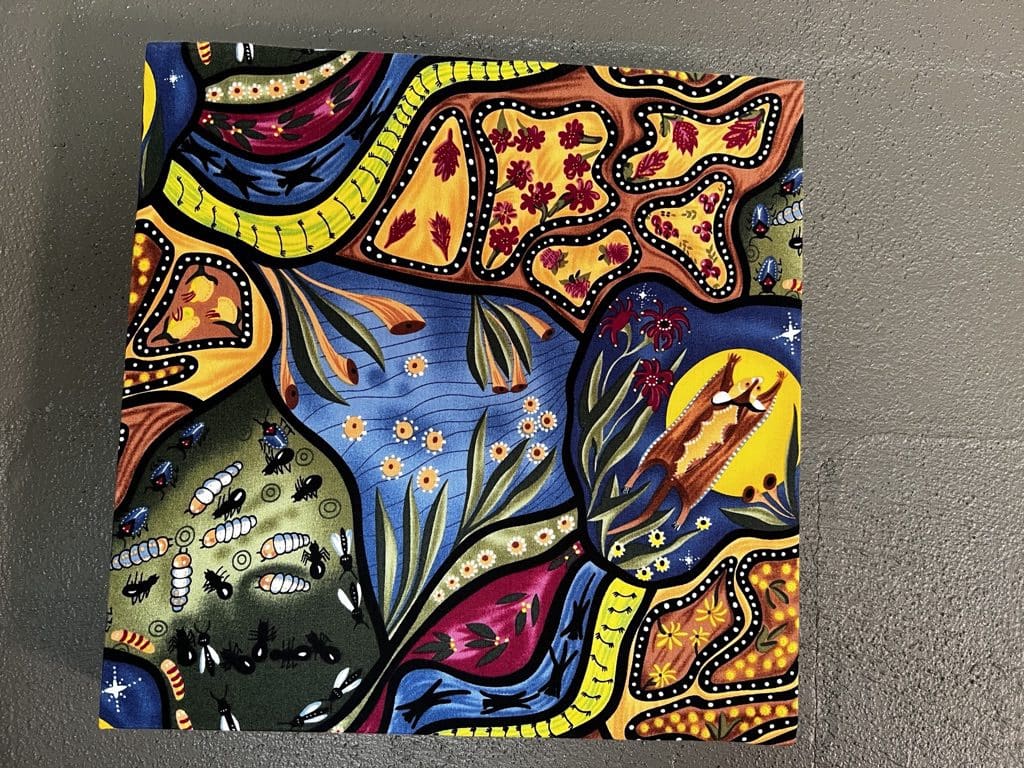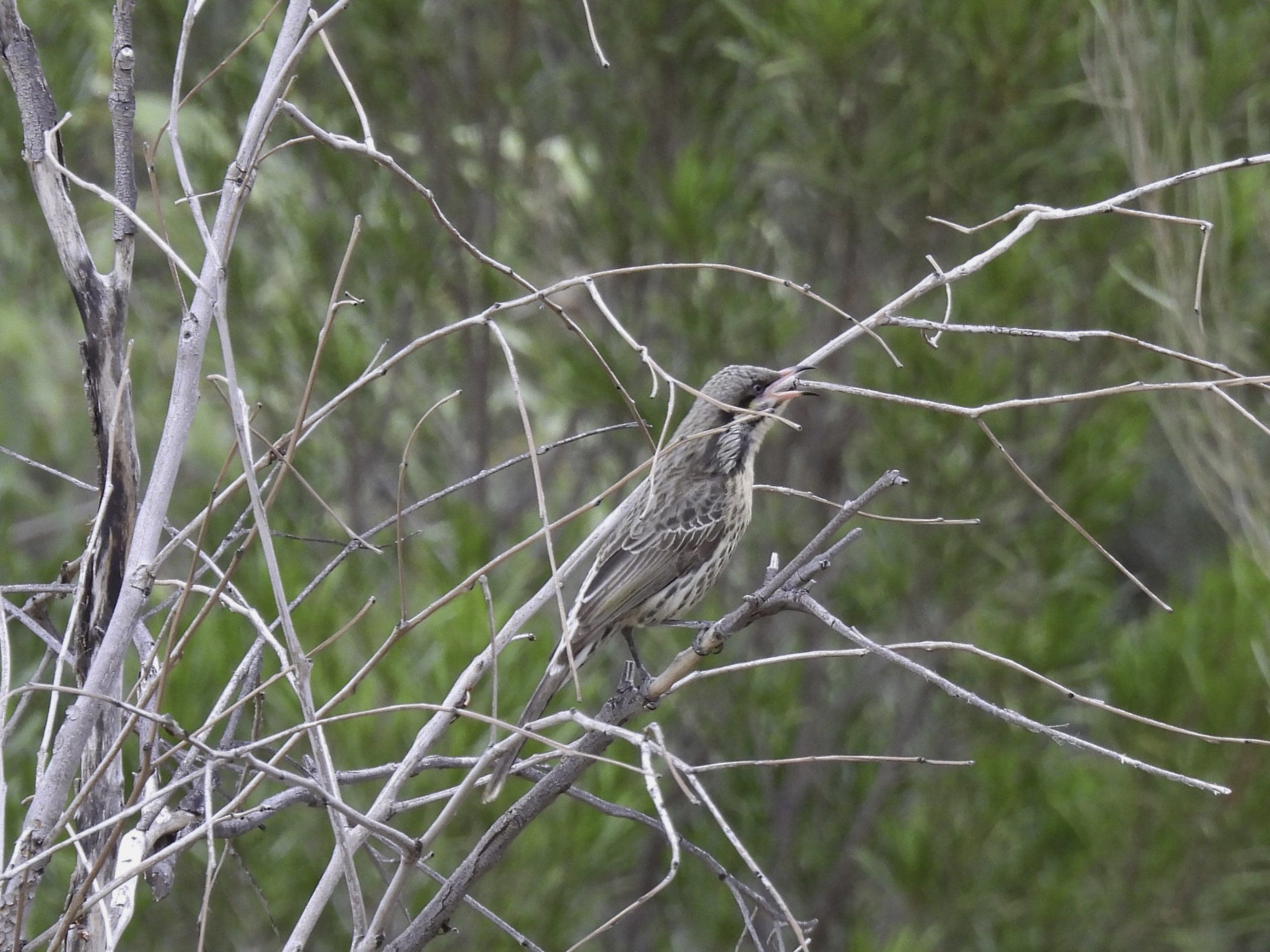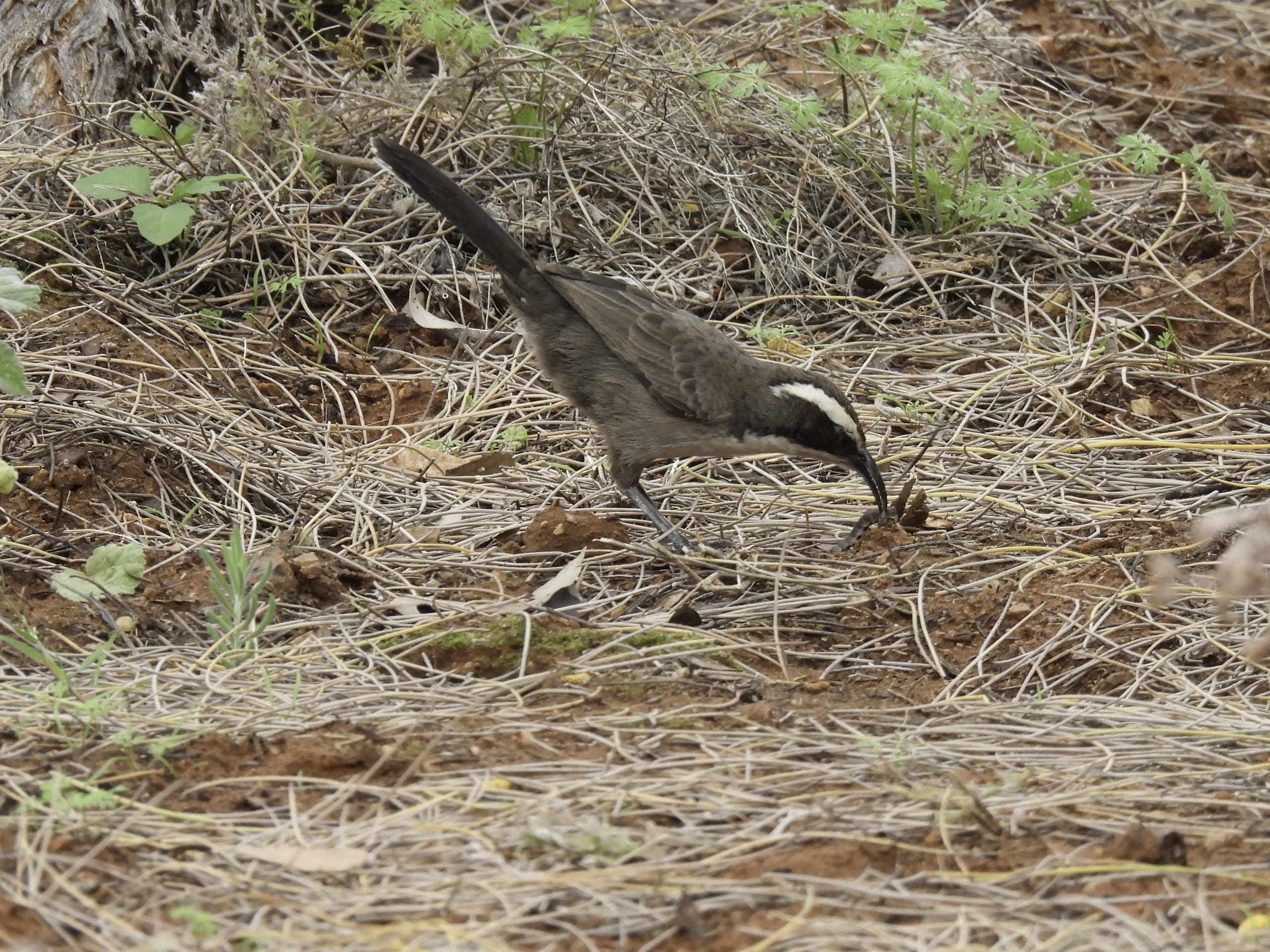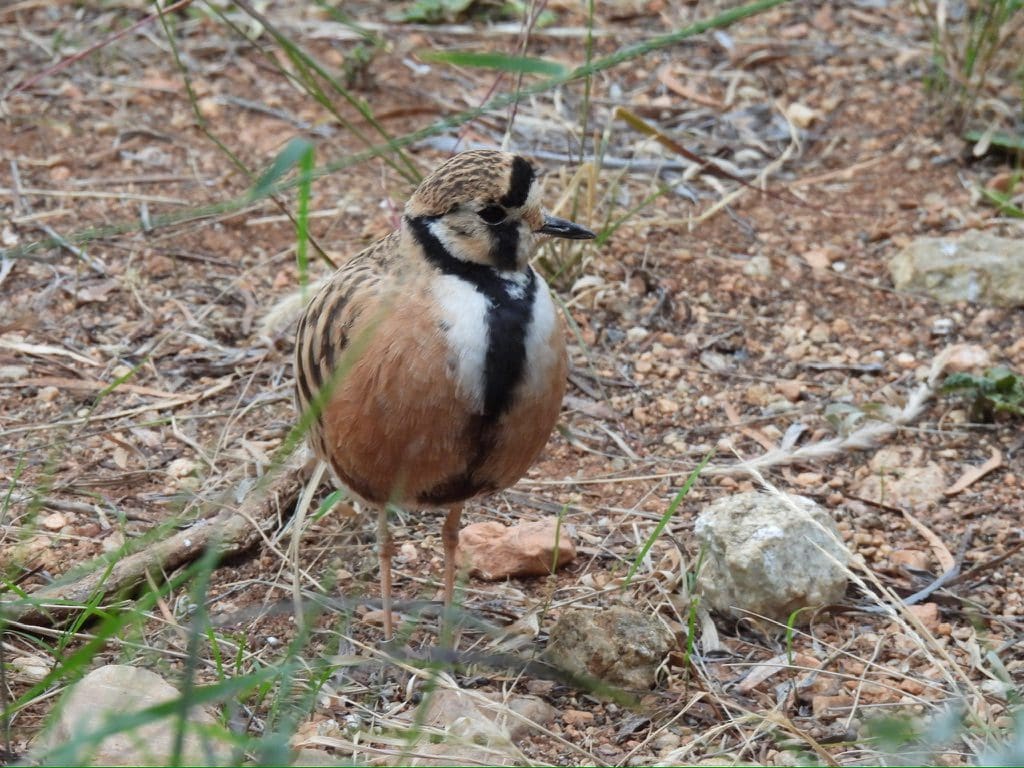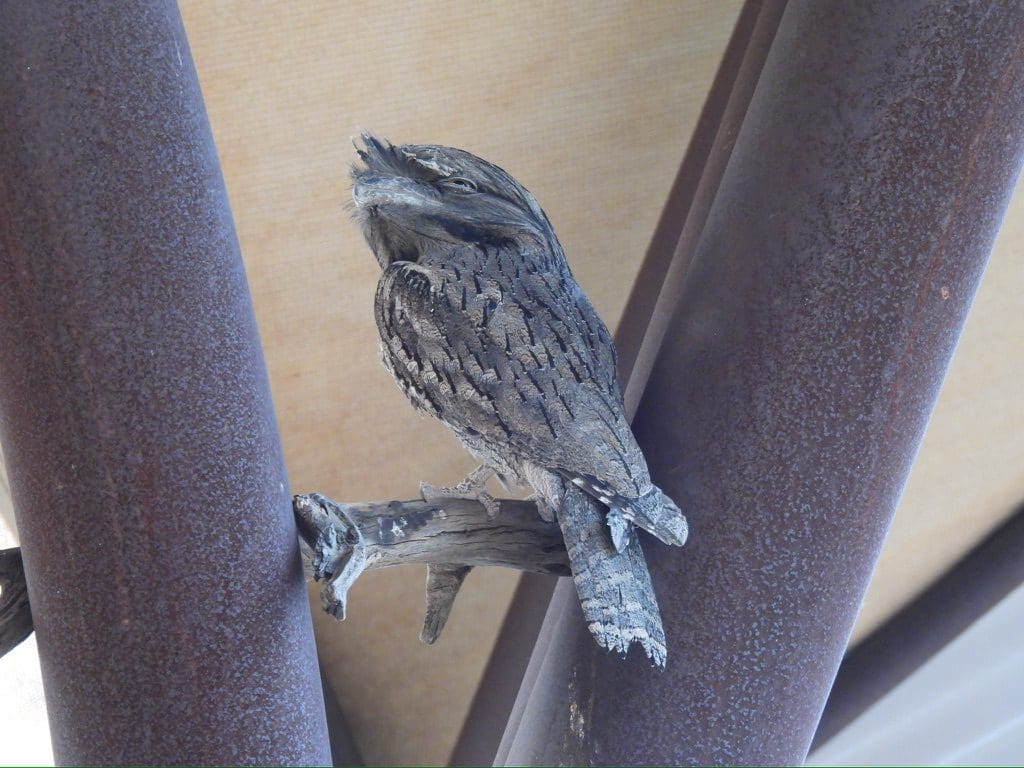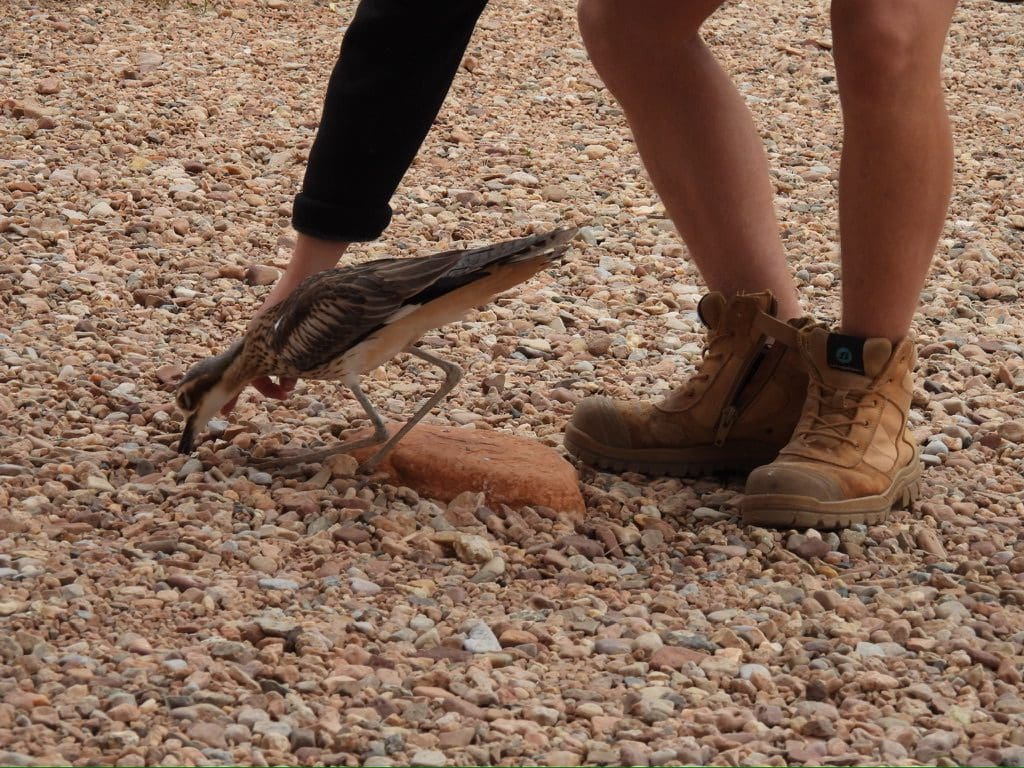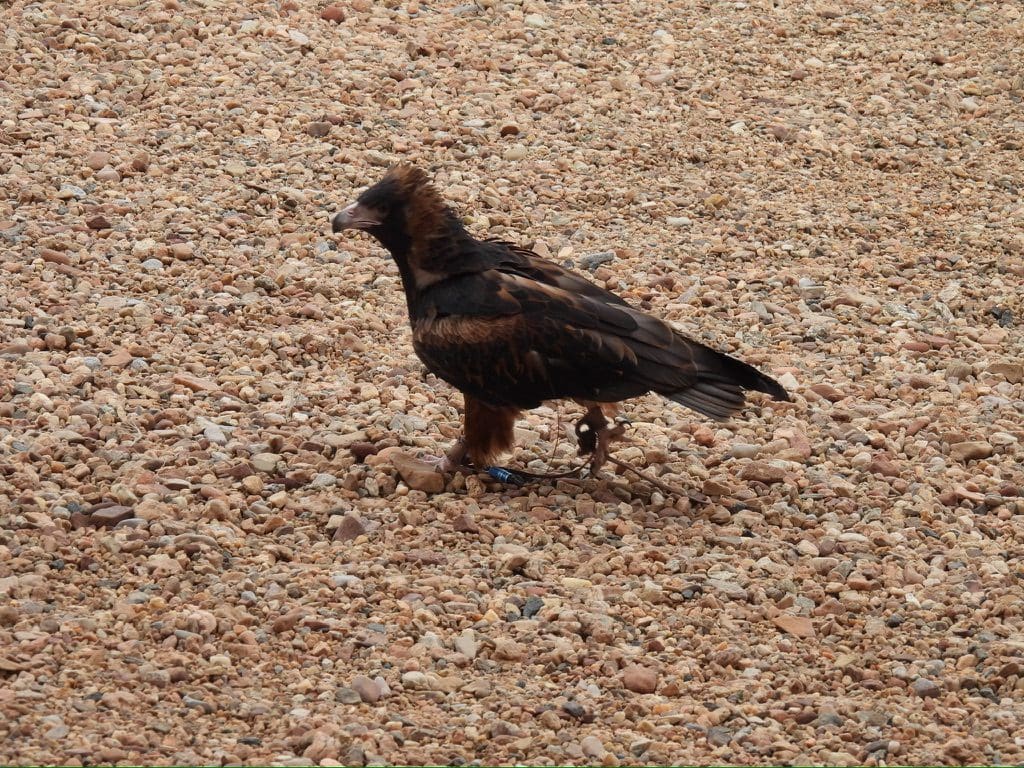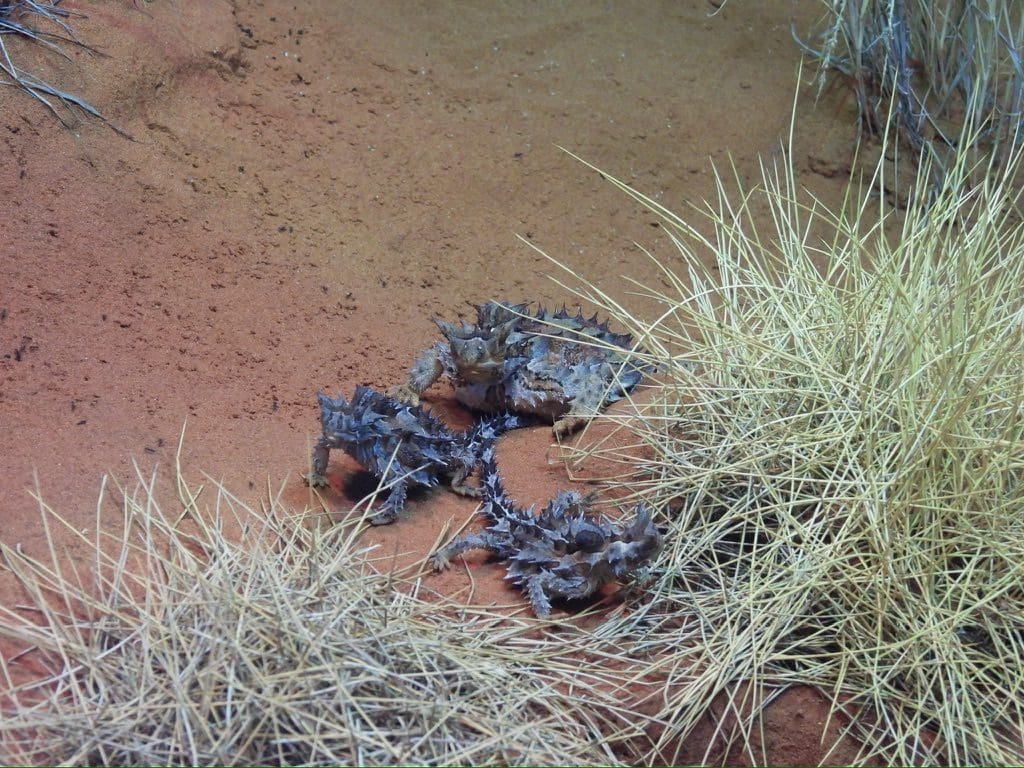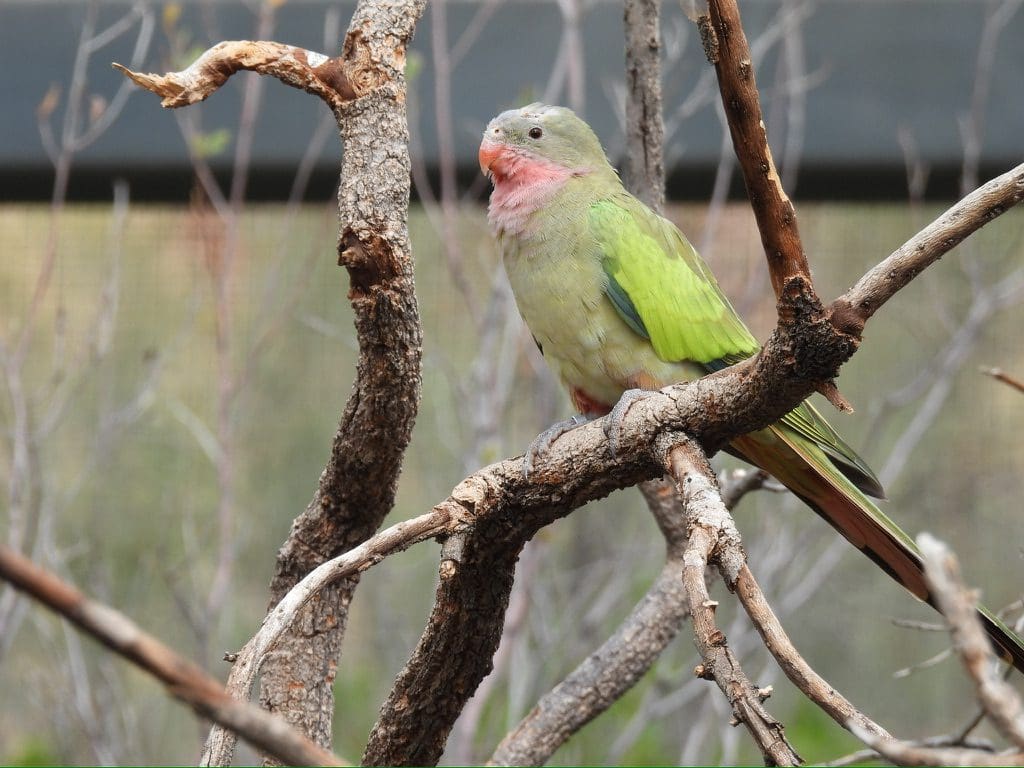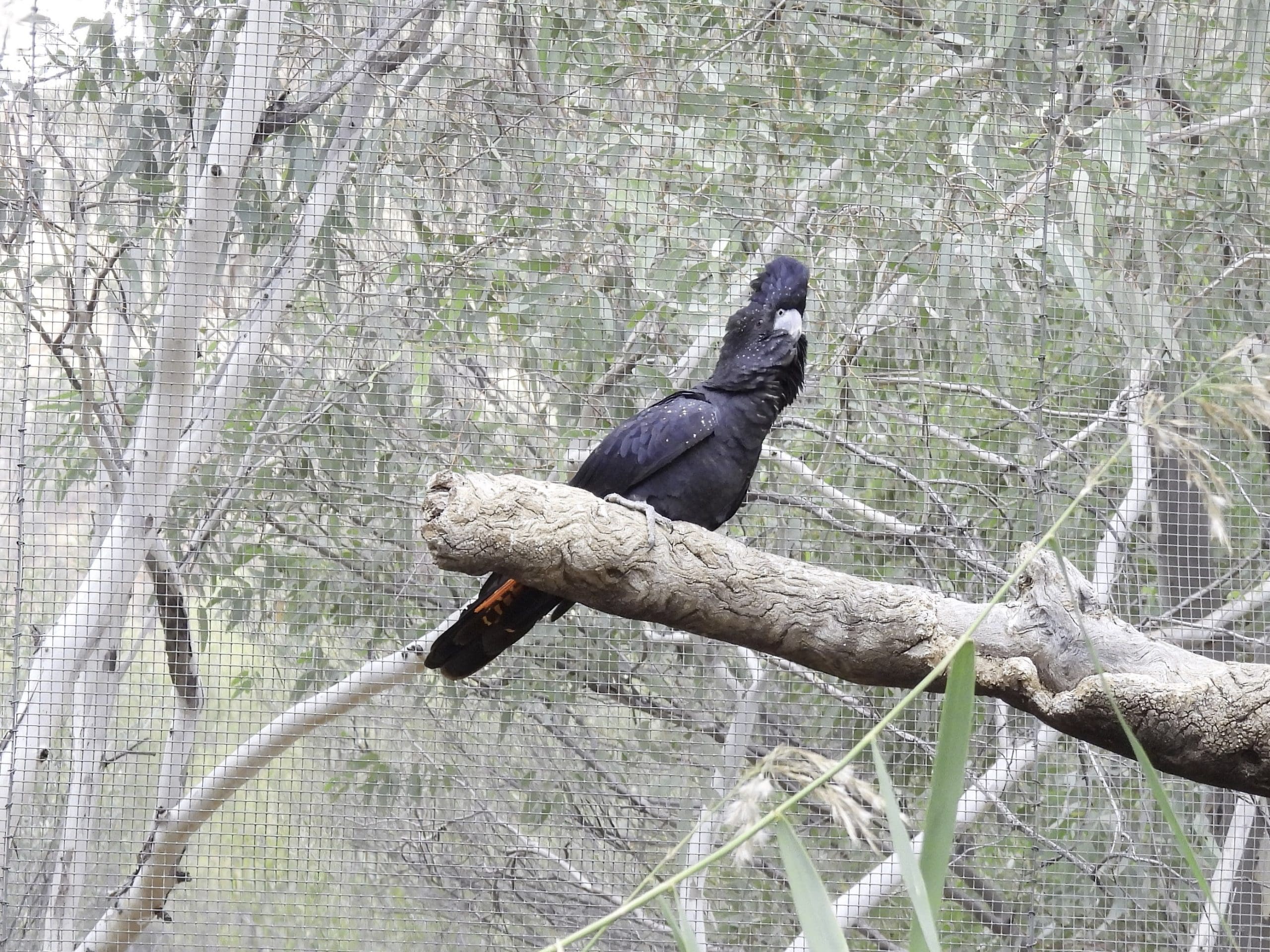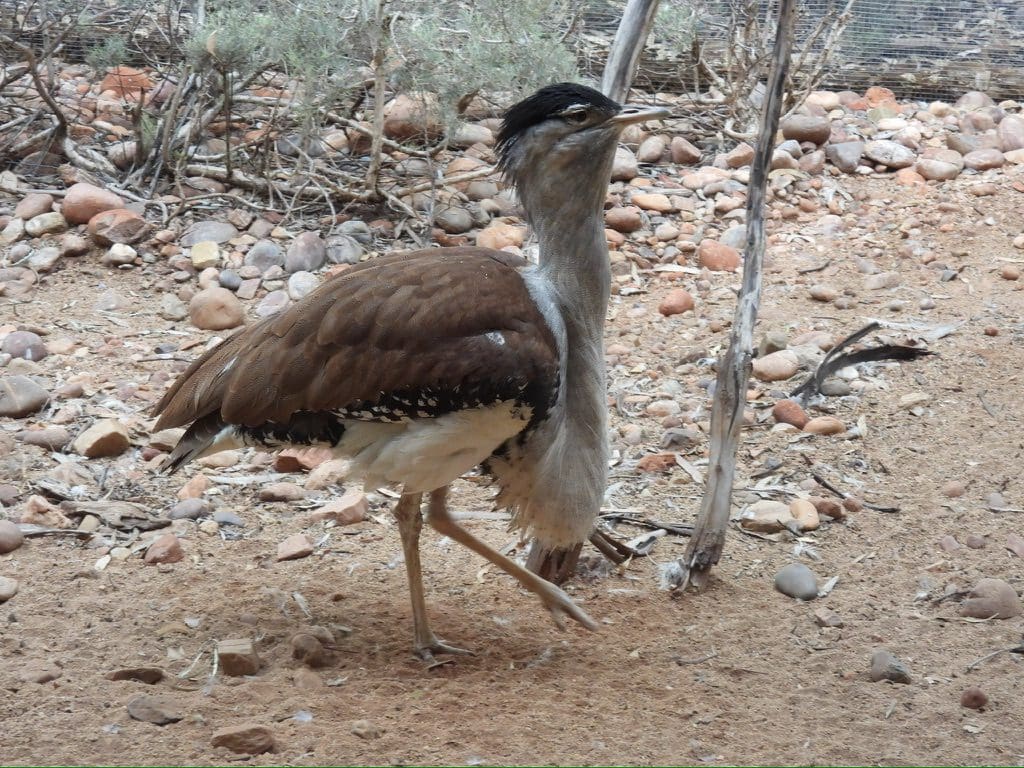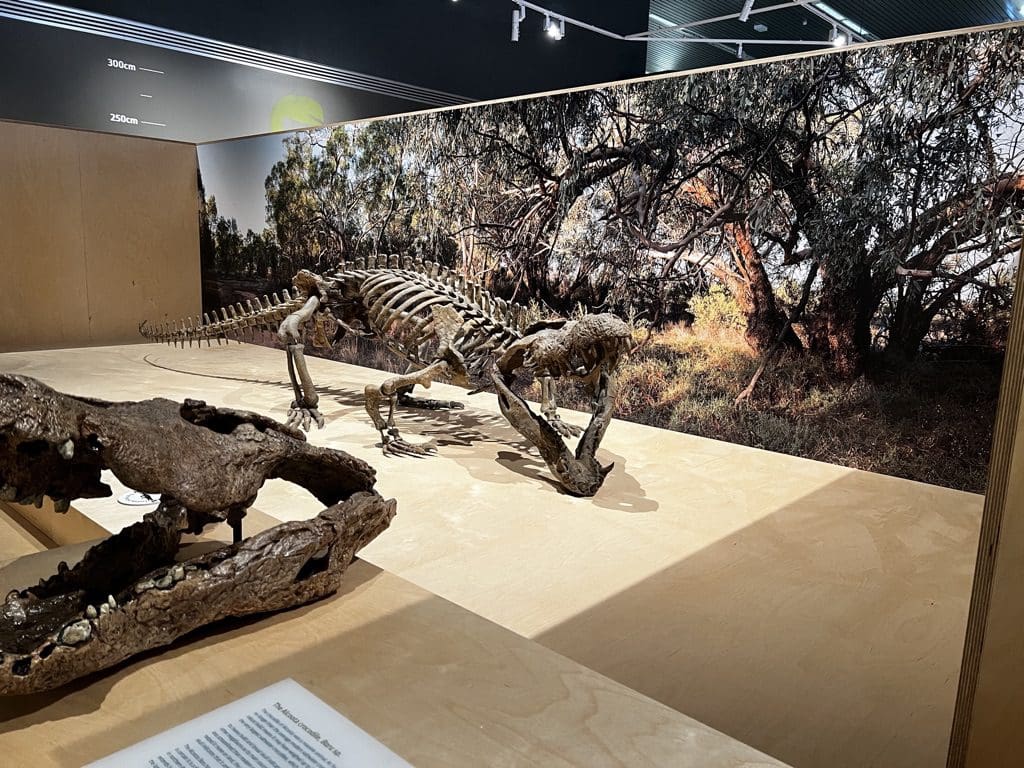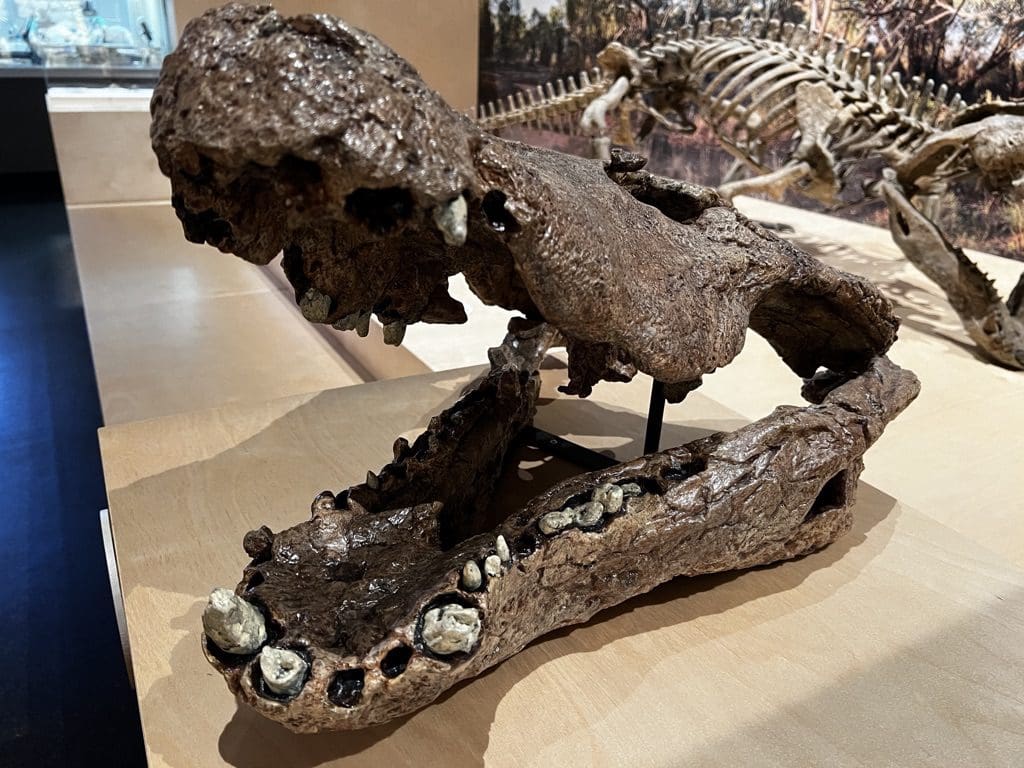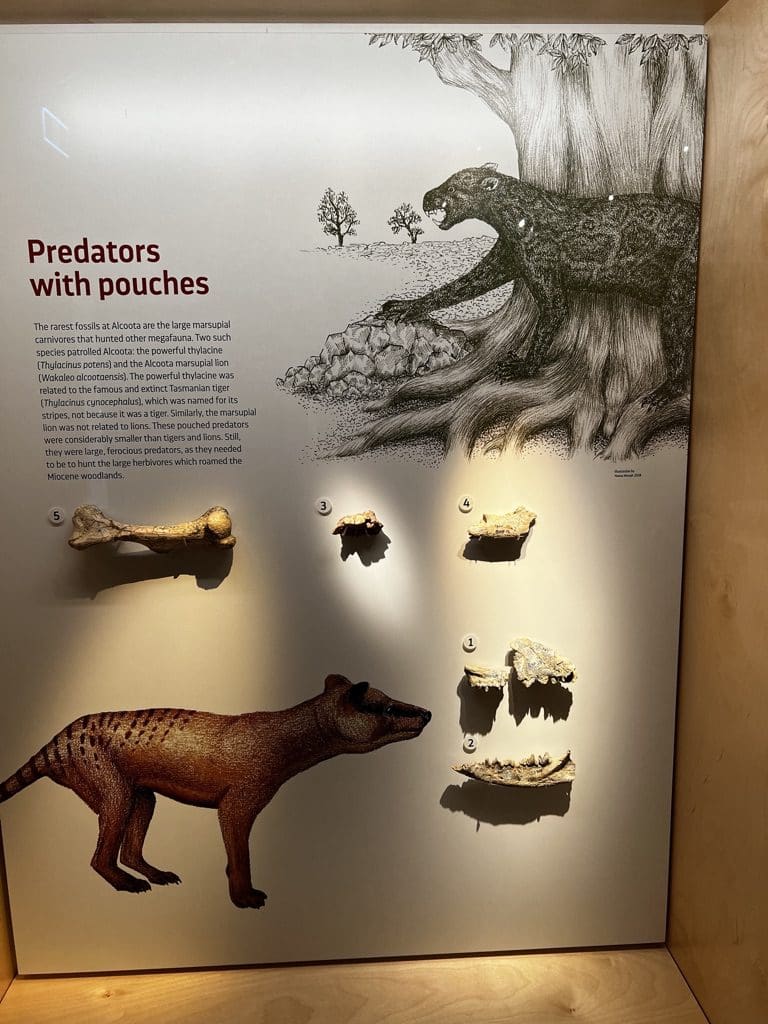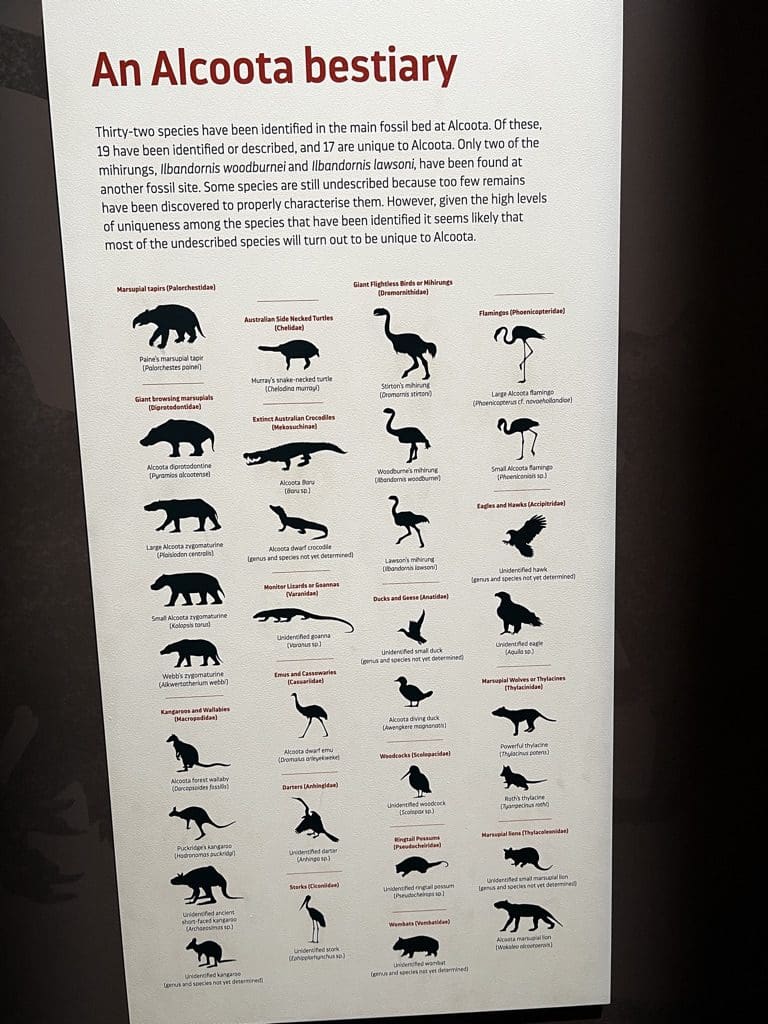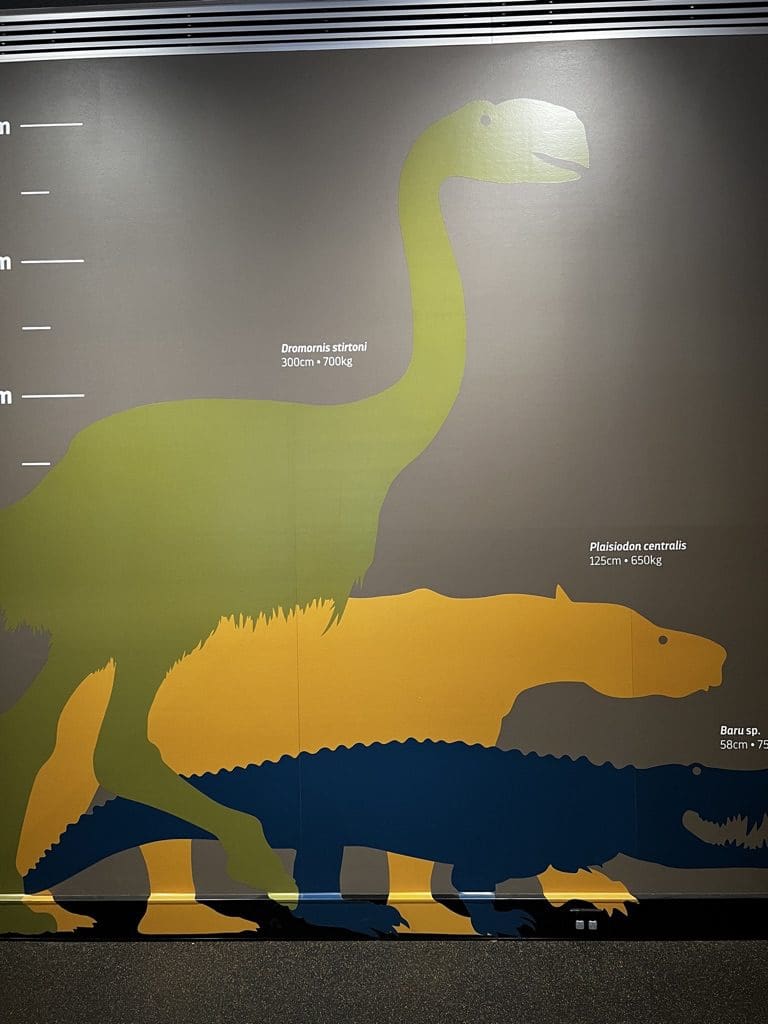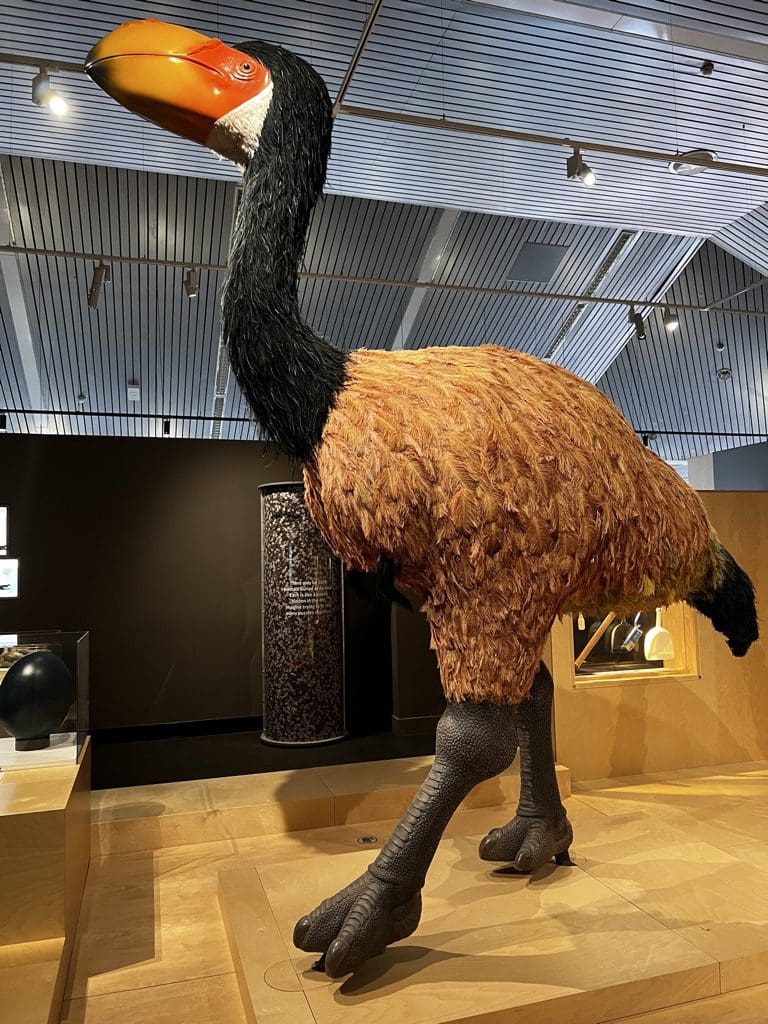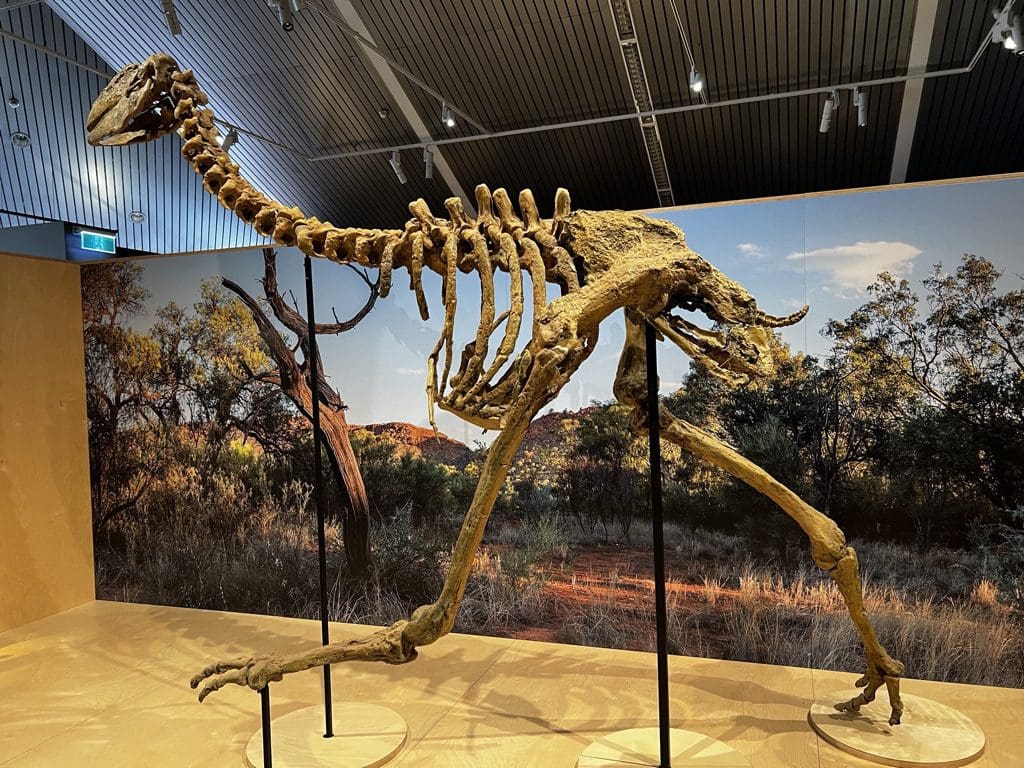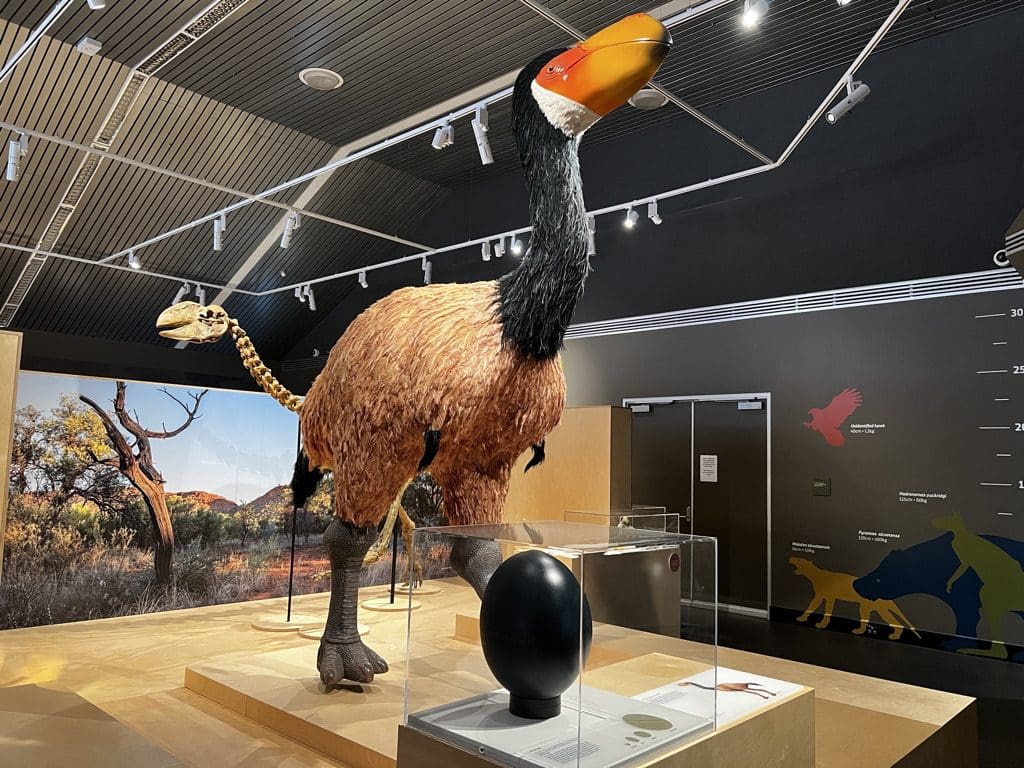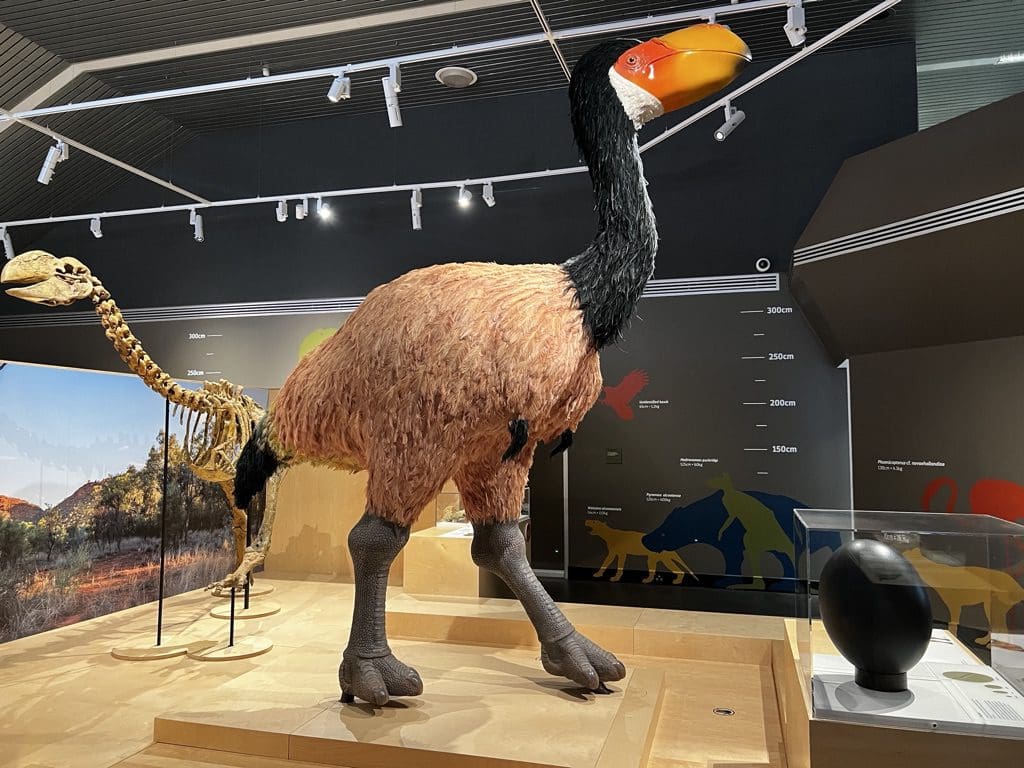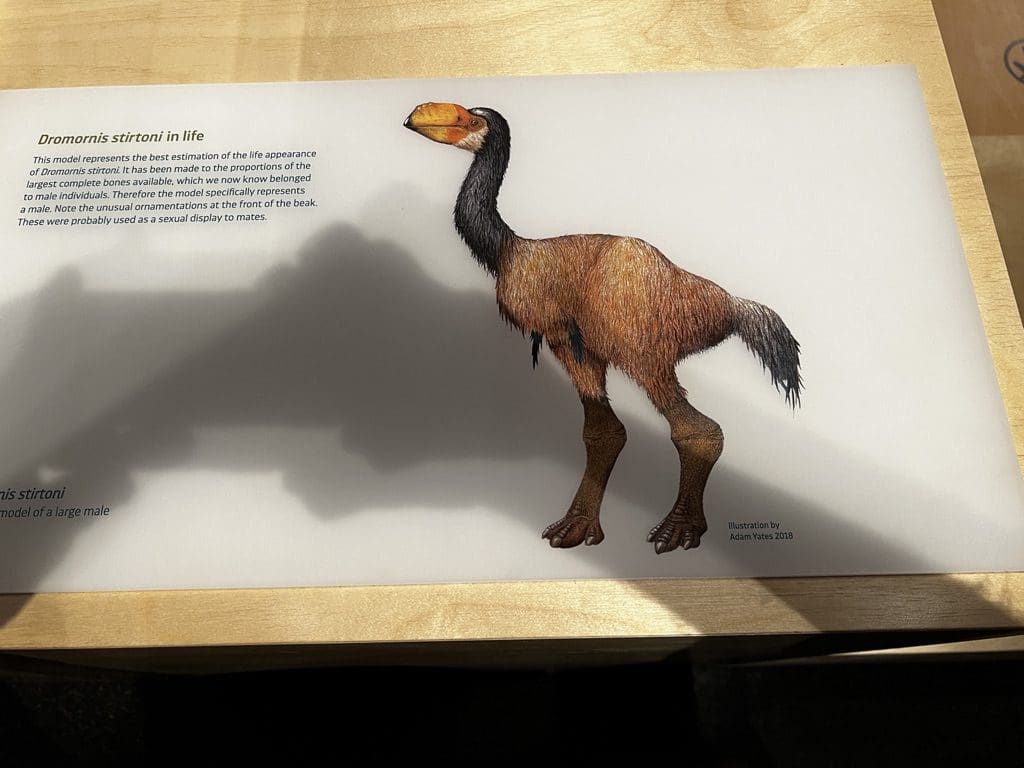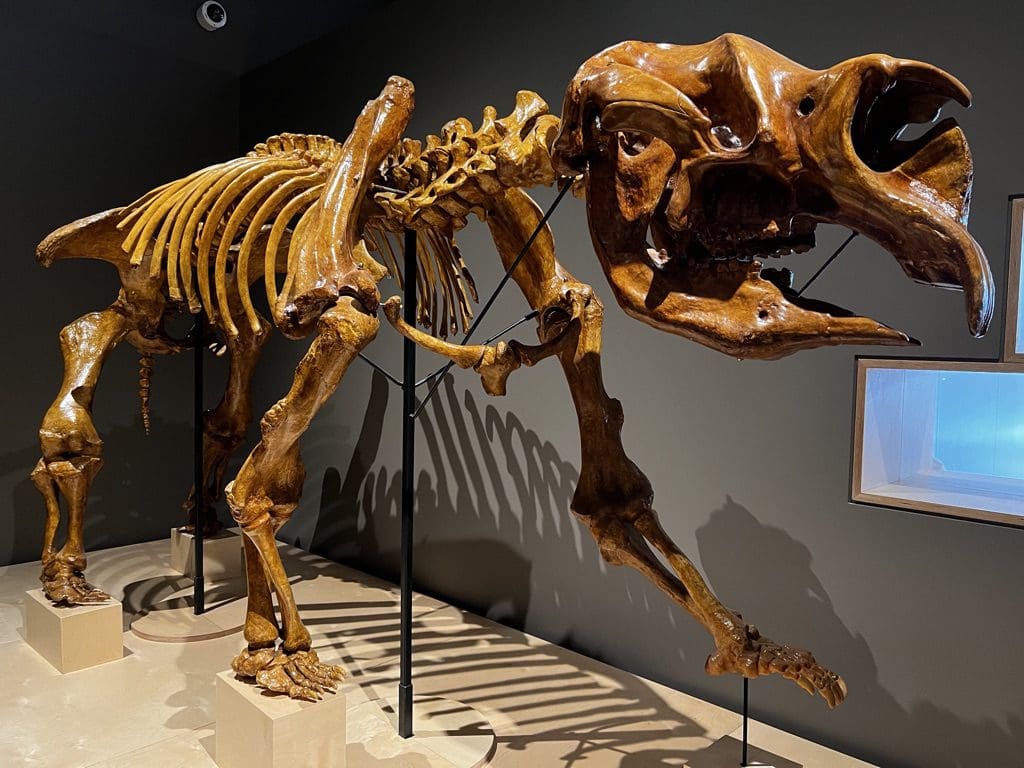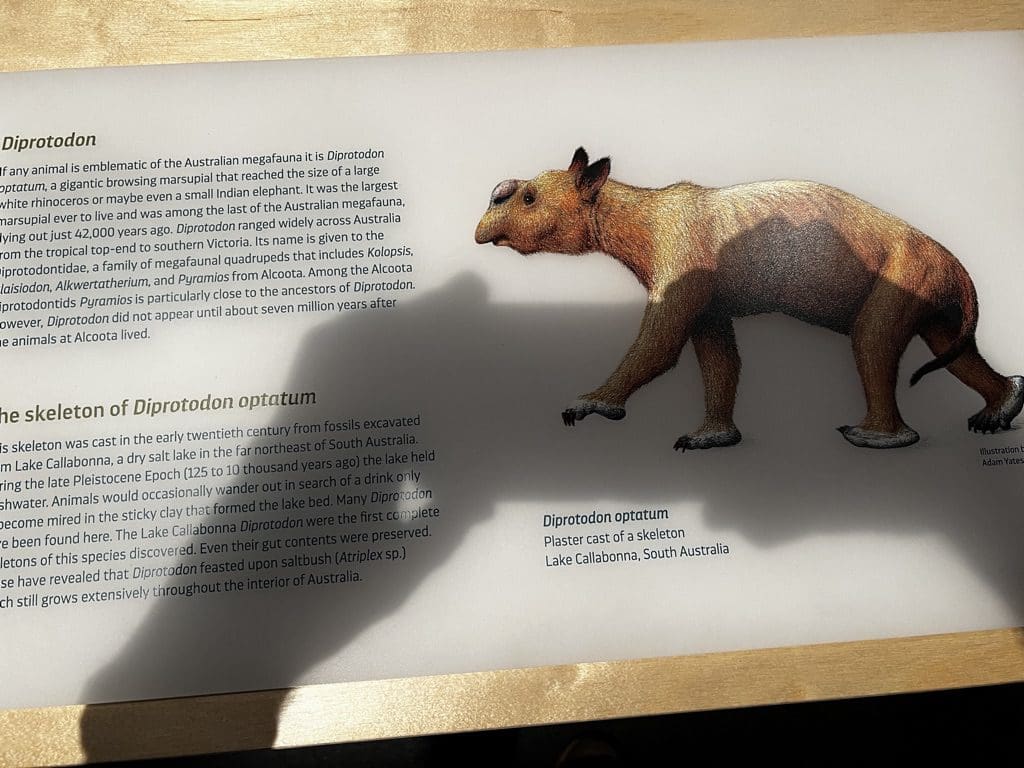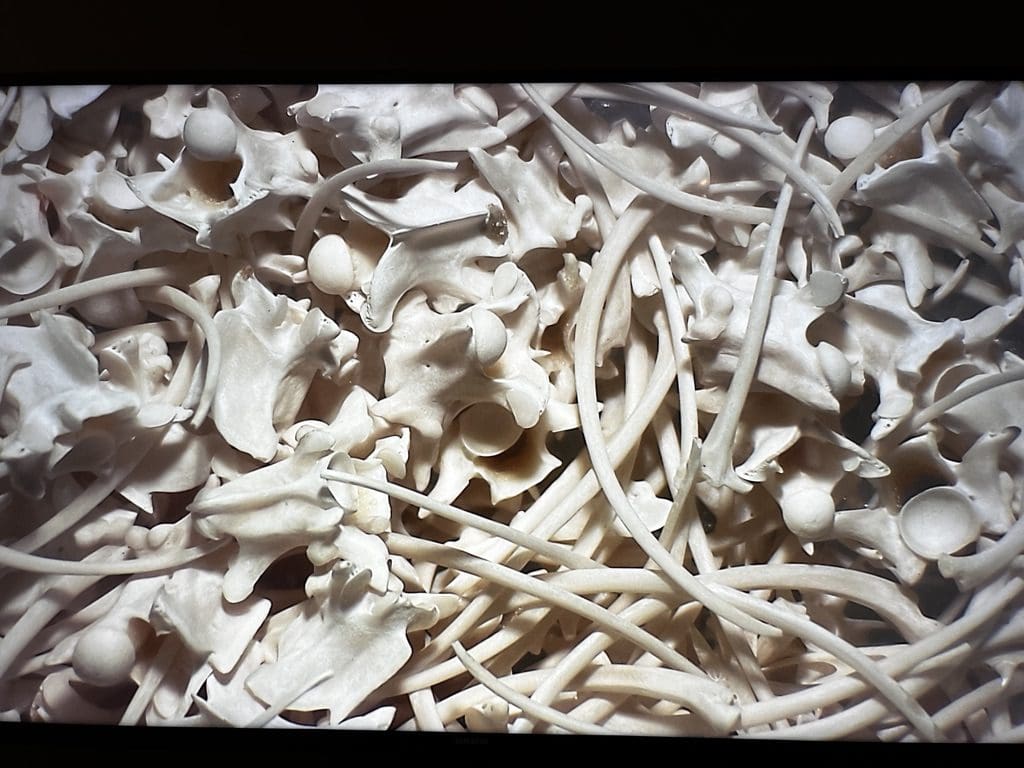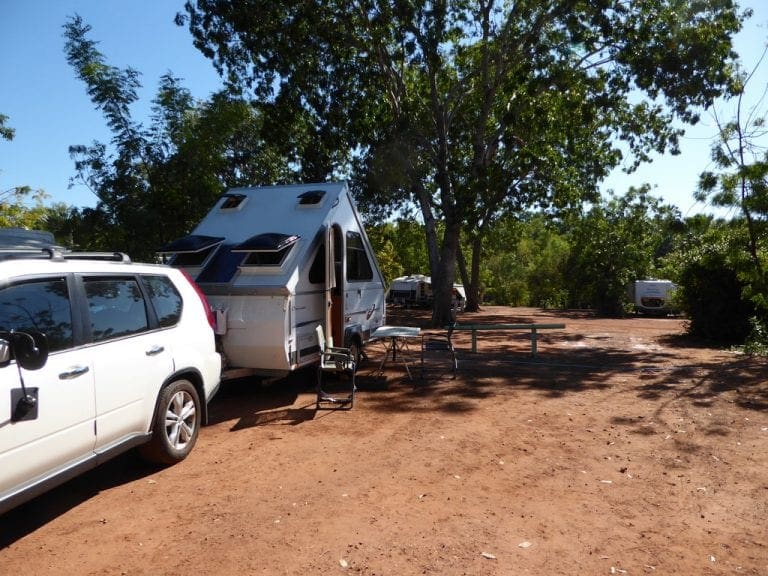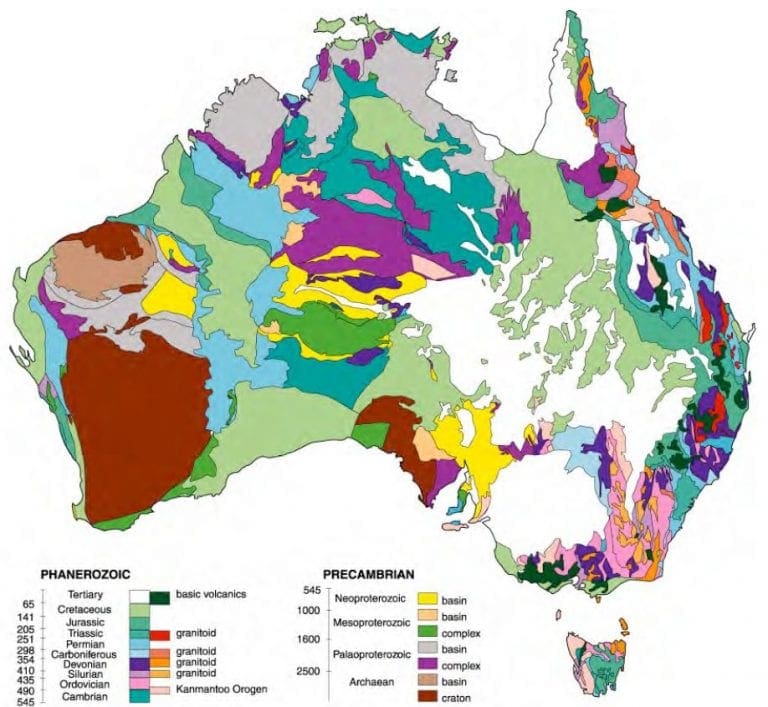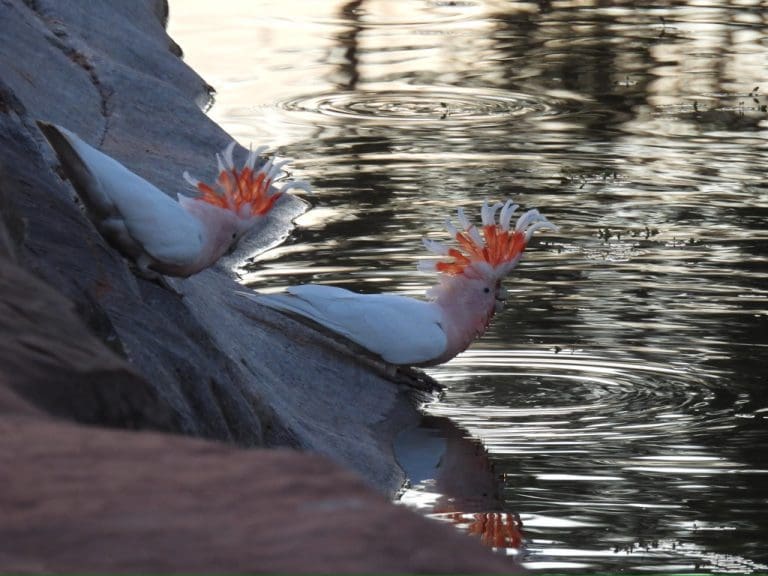Trip to Centre Between Coates Trips June 2023
Monday 5 June. Breakfast at Stumps. A day in Alice buying supplies for the next few days. Bought Hirudoid for that painful brushing from faceplant yesterday. A visit to the Red Kangaroo Bookshop – purchases mailed. Todd Mall looks empty. Synced all photos to iCloud so now photos are backed up and I have another copy of all those photos on the damaged SD card.
Tuesday 6 June. Breakfast again at Stumps which was crowded until 7 when it suddenly emptied. A few Finke Race teams at breakfast. Back at Elkira to pack ready to move to Ross River. Taxi at 8:45 to Alice Car Rental to pick up the car we will have for the next few days. Back to Elkira to put luggage into car and check out. Drive to Central Australia Museum which has has excellent displays and dioramas especially for early life. Highly recommended. Then, drive out to Ross River Resort where we will be for 3 nights. Many birds – galahs, red-tailed black cockatoos, crested and spinifex pigeons (that came running along the path to the pool). After lunch, we both crashed. Good feed of barramundi for tea. We are just 4 guests. Apparently the number of travelers to Alice is only 40% of normal due to two factors: publicity about trouble in the town and the international airport at Uluru. Normally this resort is full at this time of year especially with overflow from Finke race.
Wednesday 7 June. Up early to see the birds being fed. The peacocks wandered over at 6:50. From about 7:05, 5 to 6 flocks of about 20+ galahs flew in. Feeding began at about 7:15. A lot of birds milling around on the ground and squabbling over the bird feeder. After an excellent Colonial breakfast, we were taken for a short drive to see “our rock formation”. Very good mountains. Rest of the morning given over to reading and not moving as we attempted to recover enough for another 15 days of desert camping tour. Three water bowls out of birds saw a big flock of Zebra fishes, 5 white-plumed honeyeaters and a biggish flock of 50 or so Spinifex pigeons all come in just before noon. Sleep in the afternoon and a good meal at night in the dining room.
Thursday 8 June. Up early to see the birds fed. 80+ galahs flew in as one flock at 7:05. Quite a bit cooler this morning. Breakfast, then a walk over to the campground in the hope of babblers (none, maybe this afternoon). Then along the Ross River into its gorge. As we walked into the gorge, the steeply dipping rocks became younger. I slept after lunch and at about 4 we headed back to the campground to see the babblers – grey-headed. Red-tailed black cockatoos and galahs put on a fine display.

Geological Map of Alice Springs
Friday 9 June. Quite cold this morning. Just 0.5C. Birds fluffed and hungry for today’s feeding. After breakfast and checkout, drove back to Alice stopping at the two delightful Jessie and Emily Gaps. At Jessie, I had a very good view of a male western bowerbird straightening up its bower – video. At Alice, we are in Alice on Todd for 5 nights. Looks good. Into town – busy probably because of Finke Race – to buy food for next 5 days. Laid back afternoon.
Saturday 10 June. Cold – feels like -1C. A walk into town for Helen to get her hair cut and to pick up a few supplies. On our way back we found the ‘Yabu Napa ’ aboriginal art gallery. Excellent material and the owners appeared genuine. Bought several things. Reading and relaxing in the afternoon.
I’ve now finished ‘Mr Stuart’s Track’ by John Bailey which describes John McDouall Stuart’s 6 attempts to get to and then across the centre of Australia. Stuart was certainly a man of singular determination and persistence. He also worked out how to find water in seemingly waterless land. On each of his trips, he doggedly pushed on despite being close to being completely overcome by scurvy. In so doing he ruined his health. When not engaged in his exploration trips, he drank until he ran out of any money from the last job. This drinking meant that although he crossed the continent and found the path the Overland Telegraph could follow, apart from a cheering welcome back to Adelaide, he received little to no recognition and died in poverty a few years later. A well told story. Finding water was certainly the key to finding a path through the country. The Stuart Highway, which to some extent follows Stuart’s route, goes from waterhole to waterhole named by Stuart (or his backer Chambers). It is clear that the mound springs, such as we saw at Dalhousie, were an extremely important source of permanent water for aboriginal people and were important stepping stones on their songlines. (Stuart always had a very poor relationship with aboriginal people and shot many.)
Sunday 11 June. A visit to Alice Springs Desert Park. I think our 4th. A few good photos of birds. We think we have seen too much. Most of what we see in the Park we have seen before and read about why it is there. The Park was very quiet because today was the start of the Finke Race. Like much of Alice Springs this trip, it appears run down. The outspokenness of disgruntled Alice (white) population attracted publicity that kept travelers and visitors away in droves. Not a good outcome. The afternoon spent sleeping and reading. Recovery proceeding well.
Monday 12 June. Cool. A very quiet day of resting. We visited the Megafauna Museum which is excellent. It documents finds from Alcoota, a fossil dig 150km north of Alice where the fossils of an estimated 3,000 animals were found. A very well laid out display.
Tuesday 13 June. Last day before our pick up early tomorrow morning. Coolish. We dropped the car back to Alice Car Rental and, because we need the exercise, walked 4km back to the apartment. Then we began working through our lists to get ready for tomorrow: washing, charging stuff, working out what to do with a few odds, shave, shower.
